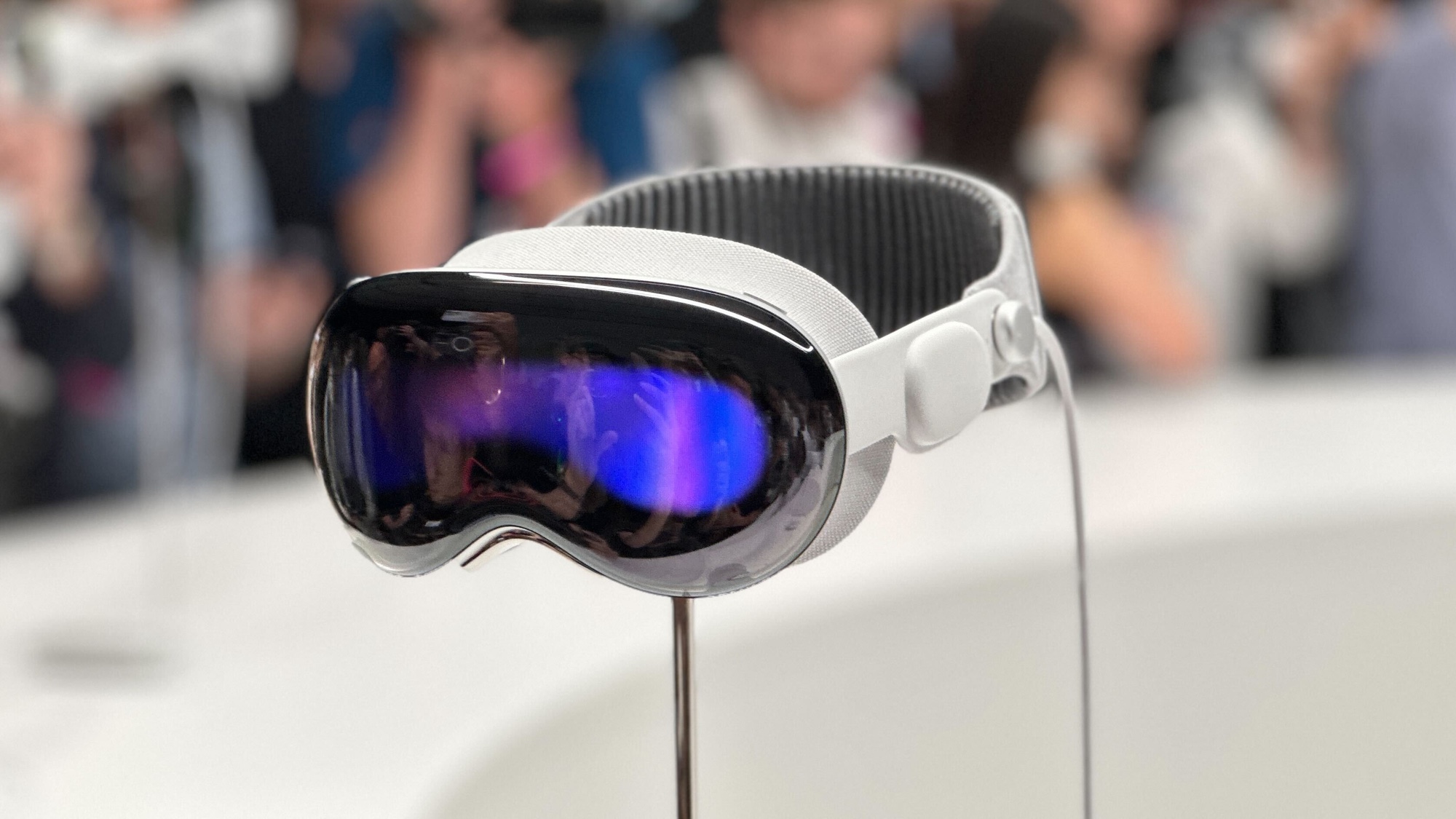
The WWDC 2023 keynote today (June 5) gave Apple a chance to spell out its vision for the future — both short-term in the form of software updates that will be coming later this year and longer-term as represented by its brand new mixed-reality headset.
It's that product, dubbed the Apple Vision Pro, that figures to be the most remembered announcement from today's news-packed keynote, even though the headset won't ship until next year at a if-you-have-to-ask-you-can't-afford-it price of $3,499. Apple says the Vision Pro is the first step in a new product category it's called spatial computing, and really this first headset seems like a way to get developers interested in building software for a virtual world.
Whether consumers share that interest won't be evident until the Vision Pro goes on sale in early 2024, but Apple touts it as a multipurpose device, letting you watch movies in more immersive way, have video chats with people floating right in front of you and capturing photos and videos that are more layered — all without shutting you off from the real world.
But Vision Pro was just one product shown off by Apple. The company also rolled out three new Macs, completing the transition of its computers from Intel chips to Apple silicon. And we saw previews of the software coming to iPhones, iPads, Macs, Apple Watches and Apple TV set-top boxes later this fall.
Here's a round-up of all the big WWDC 2023 announcements.
WWDC 2023: What Apple announced
Apple Vision Pro: Apple's $3,499 mixed reality headset isn't going to wind up adorning everyone's head — not at that price — but it's an intriguing entry into the world of augmented reality. While the headset allows you to immerse yourself in a virtual world to watch movies on a giant virtual screen, with the twirl of a digital crown, you can also see the world around you.
The Vision Pro runs on the new visionOS software and you control the headset with gestures as well through voice commands and eye-tracking. A separate battery pack keeps the device powered up, without weighing down the Apple Vision Pro on your head.
MacBook Air 15-inch: Apple has gone with a bigger-screen version of its popular Air laptop. The design is similar to current MacBook Air models, but with a larger 15.3-inch display. At 11.5mm, Apple says this is the thinnest 15-inch laptop available, and it weighs in at a lightweight 3.3 pounds. Starting at $1,299, the 15-inch MacBook Air comes in a choice of four finishes while running on an M2 chip.
Mac Studio: The second edition of this desktop has been upgraded to run on your choice of an M2 Max or M2 Ultra chip. The latter is a new member of the M2 family, powered by 24 CPU cores and up to 76 GPU cores. HDMI connectivity is also improved on the Mac Studio, which keeps the original's $1,999 starting price.
Mac Pro: The Mac Pro desktop is the last Mac to get Apple silicon, completing Apple's transition away from Intel chips. It runs on the M2 Ultra chip and features more connectivity — there are eight built-in Thunderbolt ports, doubling the amount on the old Mac Pro. Apple's desktop also has six open expansion slots. The Mac Pro's starting price is $6,999.
iOS 17: This year's iPhone software update isn't as extensive as what we've seen in recent years, but there are still some noteworthy changes in iOS 17. There's a new Journal app that prompts you to record your observations and feelings, while a Standby feature turns your iPhone into a smart screen. The Phone, Message and FaceTime apps also see notable upgrades, while the Health app adds a focus on mental health.
iPadOS 17: Those same features you see in iOS 17 are also making their way to the iPad, which is adopting some of the best elements of iOS 16 for Apple's tablets. With iPadOS 17, you'll be able to customize your lock screen and add widgets. Even better, the widgets are interactive. The Health app is coming to the iPad as well, and the Notes app is gaining the ability to edit PDFs.
macOS Sonoma: We now know the official name for macOS 14. We also know the updated Mac software will let you drag widgets out of the notification center. In addition, video effects are coming to FaceTime, user profiles are coming to Safari and a Game Mode should improve the Mac gaming experience.
watchOS 10: The Apple Watch software is redesigning how you interact with the watch via widgets. Turn the watch's digital crown, and you'll get a smart stack of widgets showing things like activity, weather, and more. A long press lets you add a widget to the stack. In addition, the Health is getting a mental health focus by letting you long your mood in the Mindfulness app.
tvOS 17: If you were expecting a minor tweak to tvOS, you were in for a surprise. The Apple TV software is adding FaceTime support that lets you move FaceTime conversations from your iPhone or iPad to the big screen. Other additions include the ability to find your remote from your phone and a new control center.
Watch the WWDC 2023 keynote
If you missed the keynote, you can go back and watch the event on YouTube.
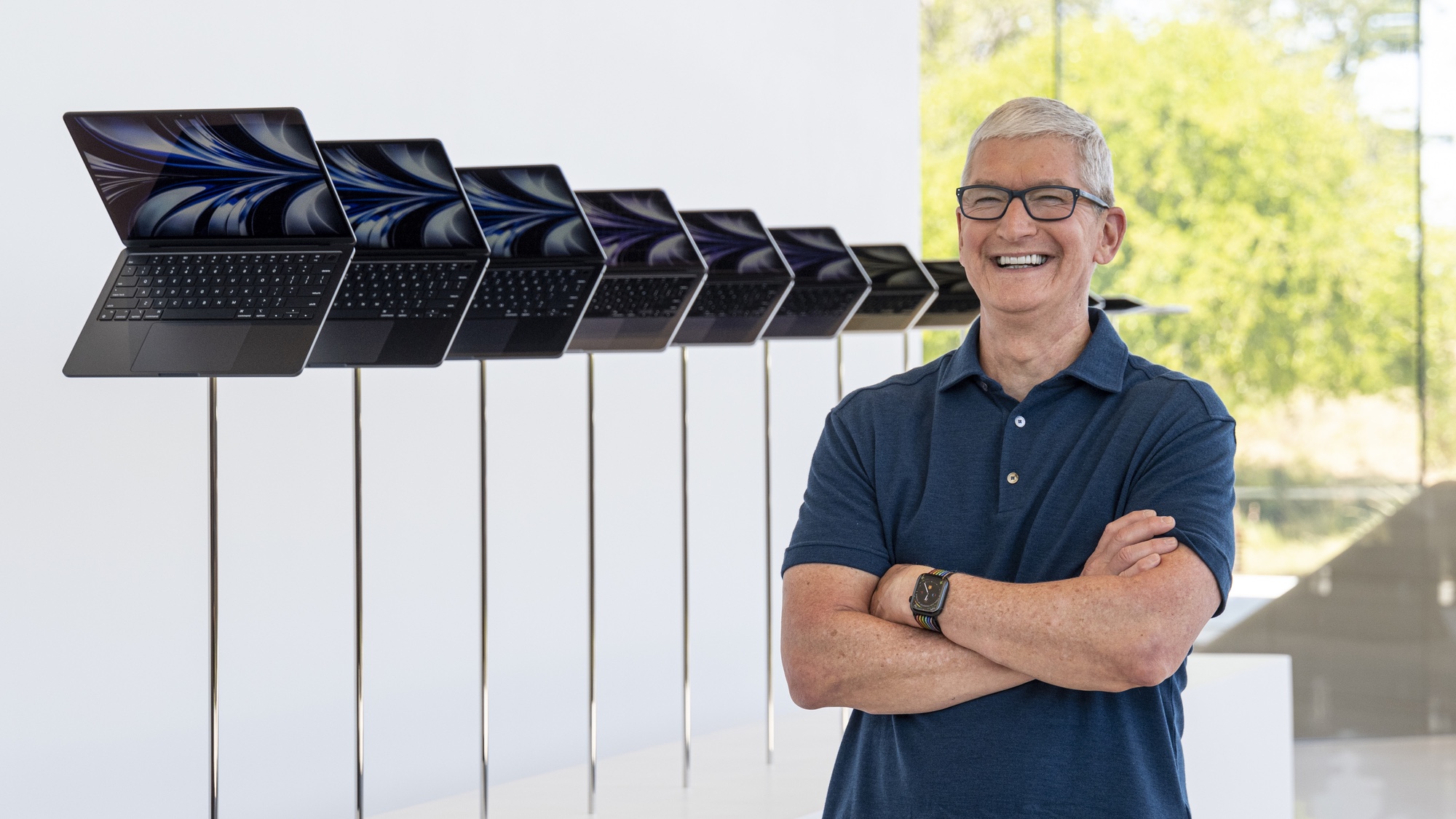
If you’re the sort of person who wants to remove all uncertainty from your life, head over to Bloomberg’s WWDC preview, where Mark Gurman gives a rundown of what he’s expecting during Apple’s keynote today. Since Gurman is pretty wired into Apple’s comings and goings, we’d imagine the forecast is pretty close to the mark.
The predictions reiterate a lot of the widely held expectations for WWDC — a new Apple headset, at least two new Macs and a boatload of software previews — but there are some interesting tidbits scattered in there.
- We’re only getting a preview of the Apple VR/AR headset today, without a ship date. The headset could ship later this year, or Apple could even push things back into early 2024.
- Apple is going to “spend a notable amount of time on the Mac” during the keynote, Gurman says.
- The new Mac Studio will run on either an M2 Max or M2 Ultra chip. The former can be found in 14- and 16-inch MacBook Pro models, while the Ultra is a new chip with 24 CPU cores and up to 76 graphics cores.
- Don’t expect many macOS changes – most of the new features will be aimed at adding compatibility with comparable iOS 17 and iPadOS 17 features.
- SharePlay in iOS 17 is getting enhancements tied to the new Apple headset.
- The Health app is coming to the iPad.
We'll see if those predictions pan out later today.
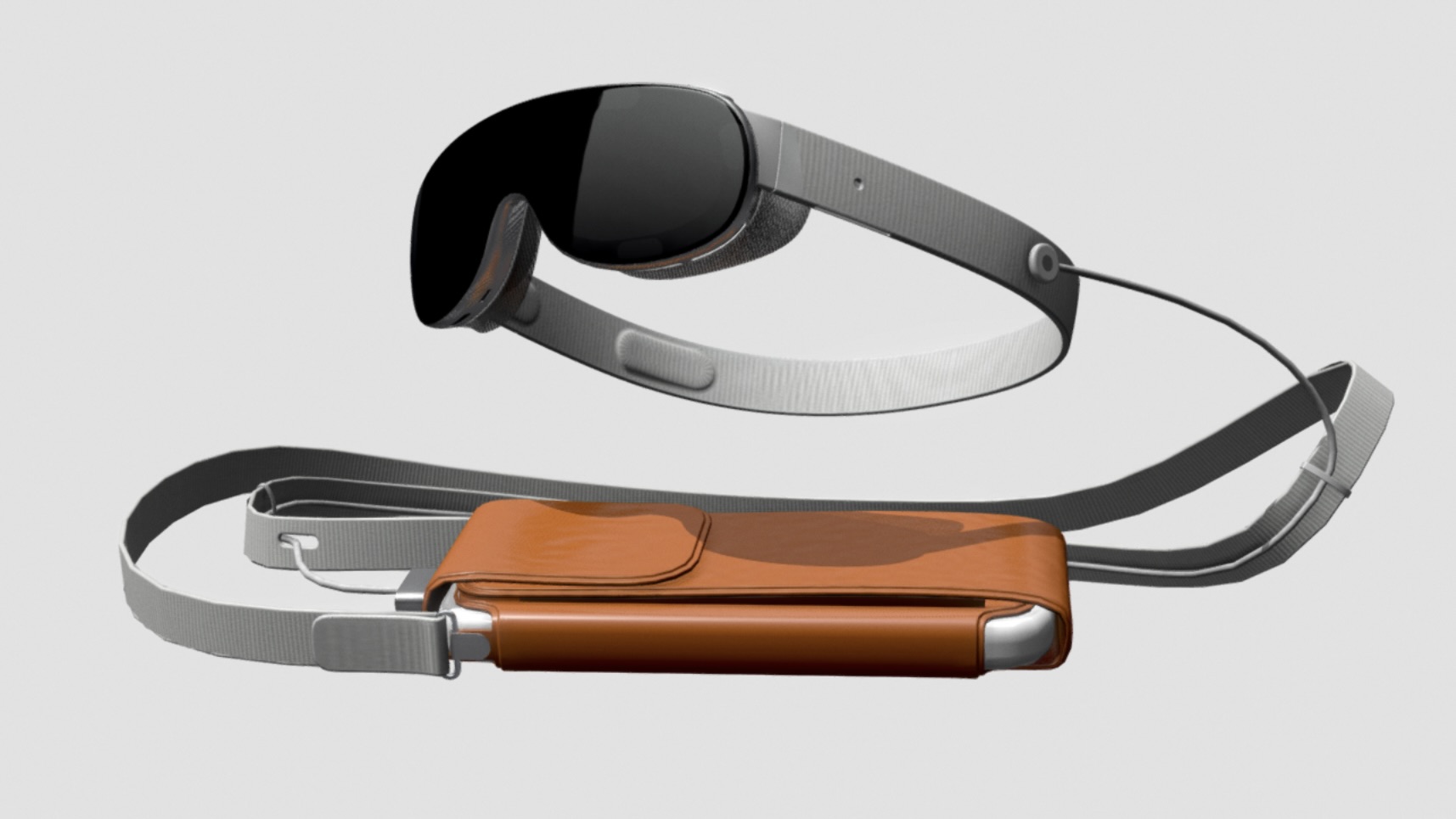
There's likely to be one dominant story out of WWDC this week, and no, it's not the tvOS 17 update. Instead, we expect much of the talk to center around the Apple mixed reality headset that's likely to get a preview during the WWDC 2023 keynote.
It's a big moment for Apple and not just because this is the first new product category the company has tried to enter since the Apple Watch nearly a decade ago. Rather, it's because the VR/AR market has yet to go mainstream, and the thinking is that if anyone's ever going to popularize these headsets, it's likely to be someone with the reach of Apple.
Here's Mark Spoonauer on how the Apple headset is a make-or-break moment for VR and AR.
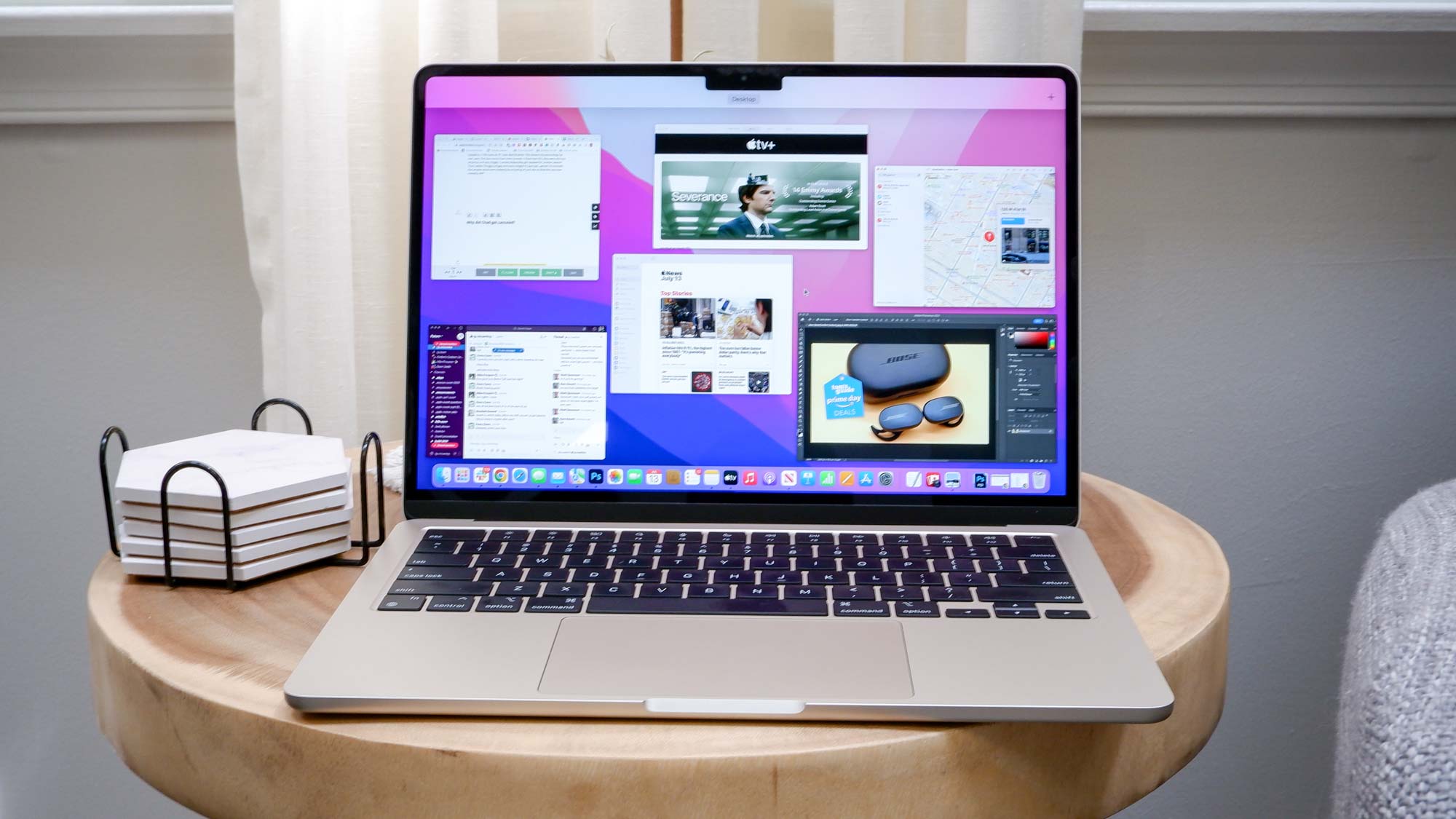
There’s been a lot of talk about a 15-inch MacBook Air making its debut at WWDC 2023, presumably to give people a larger-screen option if they’re not willing to pay up for a MacBook Pro. It’s a fine idea in theory, but computing editor Alex Wawro isn’t sure a 15-inch MacBook Air is a good idea, arguing that it complicates Apple’s laptop lineup.
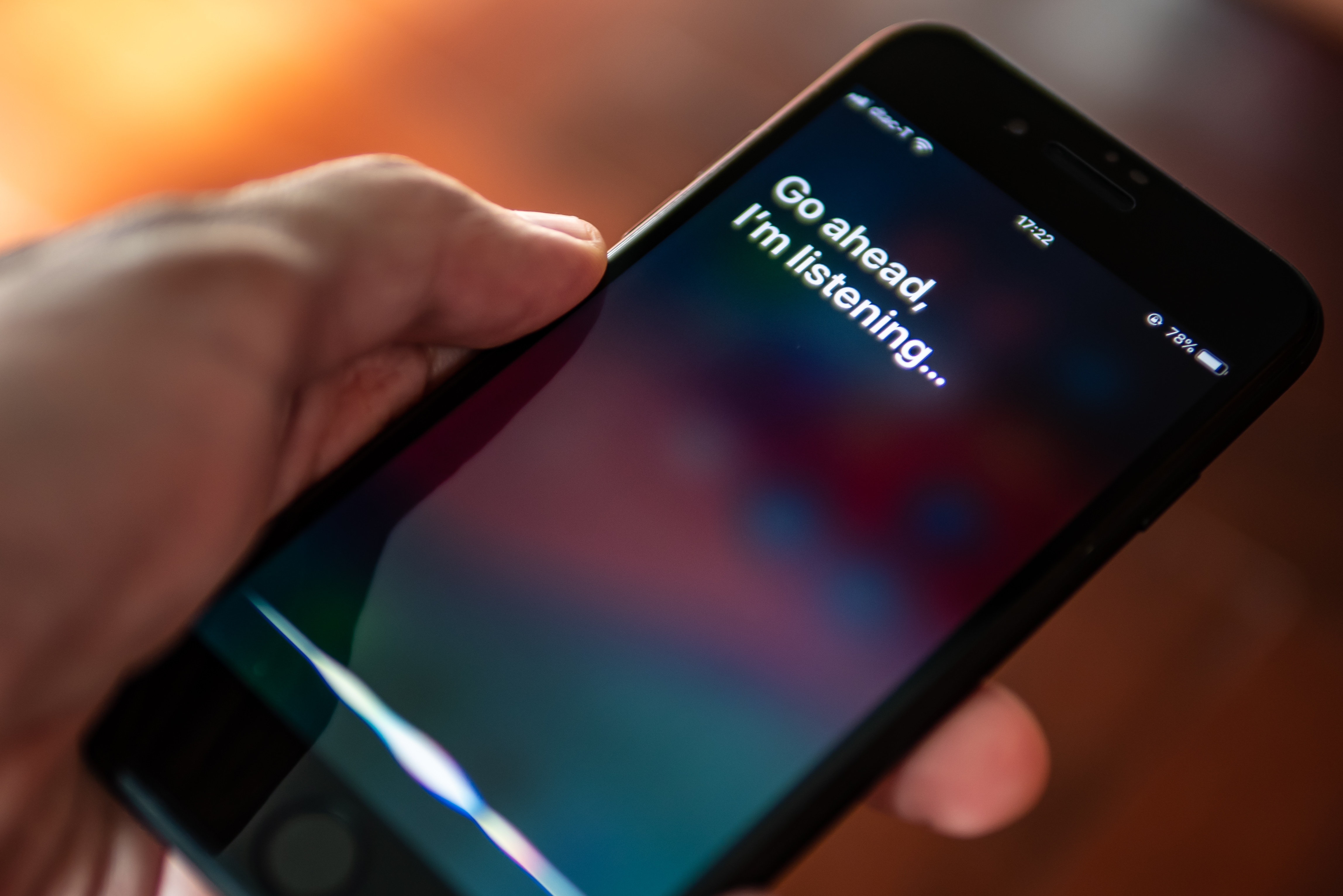
If a late-breaking iOS 17 rumor is accurate, you’ll soon be able to cut to the chase in your conversations with Siri. Currently, you have to say “Hey Siri” to summon the virtual assistant on your phone, but reports claim iOS 17 will allow you to just say “Siri” when you want to grab the assistant’s attention — no more “hey” required.
That may not seem like a big deal, eliminating a single word, but it would bring Apple’s Siri in line with the likes of Amazon’s Alexa when it comes to a single wake world. And Google phones running on the Tensor G2 chip — think Pixel 7 and Pixel 7a — have been able to eliminate the “Hey Google” wake word on some tasks like turning off alarms and answering phone calls. So chalk this up to Apple making its own effort to streamline the way you interact with its virtual assistant.

As soon as Apple finishes previewing its various software updates last year, it’s going to make beta versions available. But these are going to be developer betas, so unless you’re paying Apple $99 a year to participate in its developer program, you aren’t going to be able to get your hands on that software. Instead, you’ll have to wait for the public betas.
So how long will that wait be? There’s no way of telling, though Apple’s track record after recent WWDCs does give us some clues. Typically, the public betas for macOS, iOS, iPadOS, watchOS and tvOS show up several weeks after WWDC. That would mean the earliest we’d see any sort of public beta would be in the last week of June.
Our guide to the potential iOS 17 release date goes into greater detail. And of course, we’re expecting to see final versions of all those assorted software updates go live in the fall.
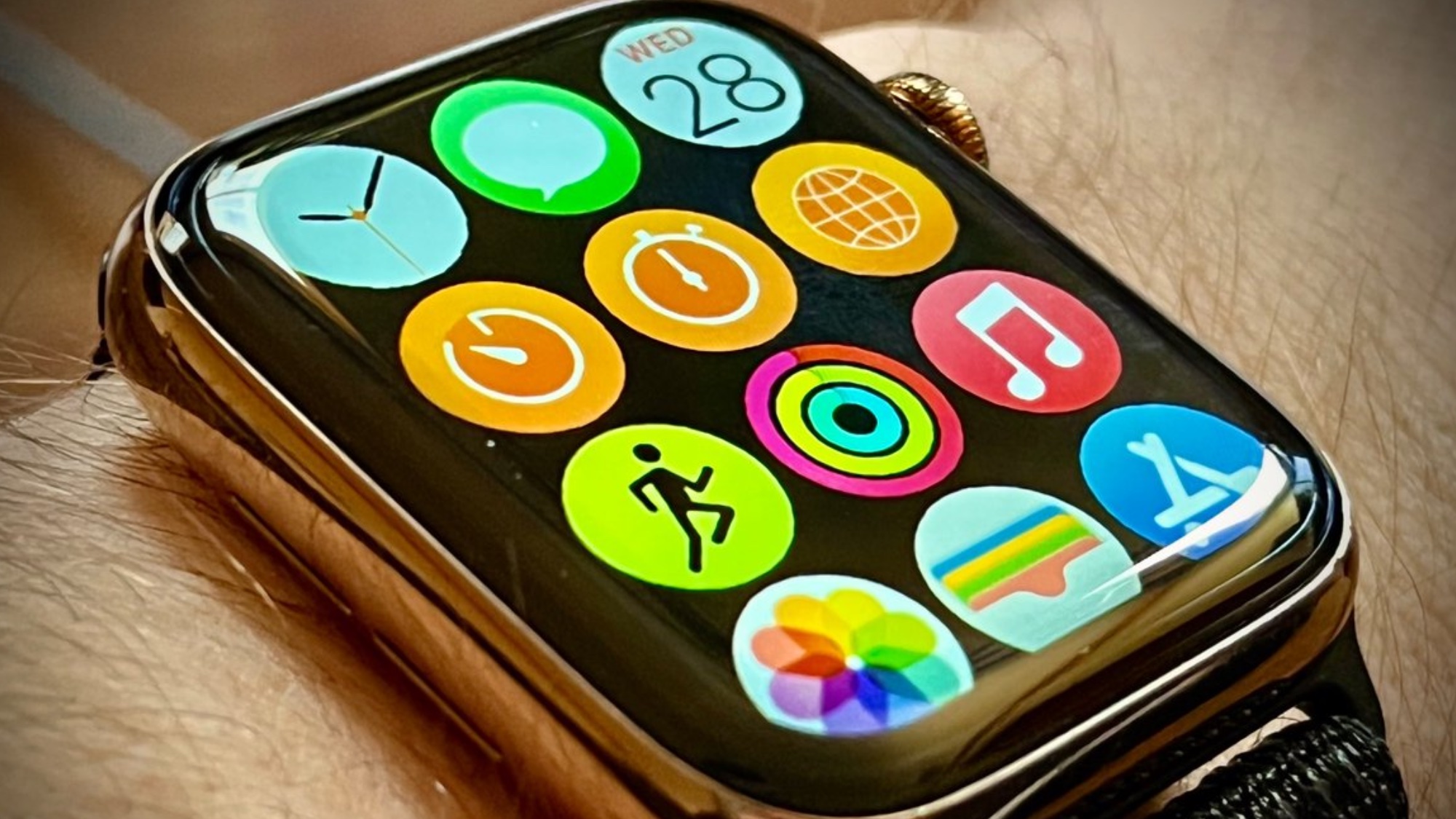
The big change coming to watchOS 10 is reportedly an overhaul to the user interface of the Apple Watch software. Specifically, Apple could be planning to implement a new widget system for the watch that’s designed to give you personalized information about activities, weather, upcoming appointments and more.
Kate Kozuch is our in-house Apple Watch expert, and she thinks the changes on tap for watchOS 10 could make it the biggest Apple Watch upgrade in years.
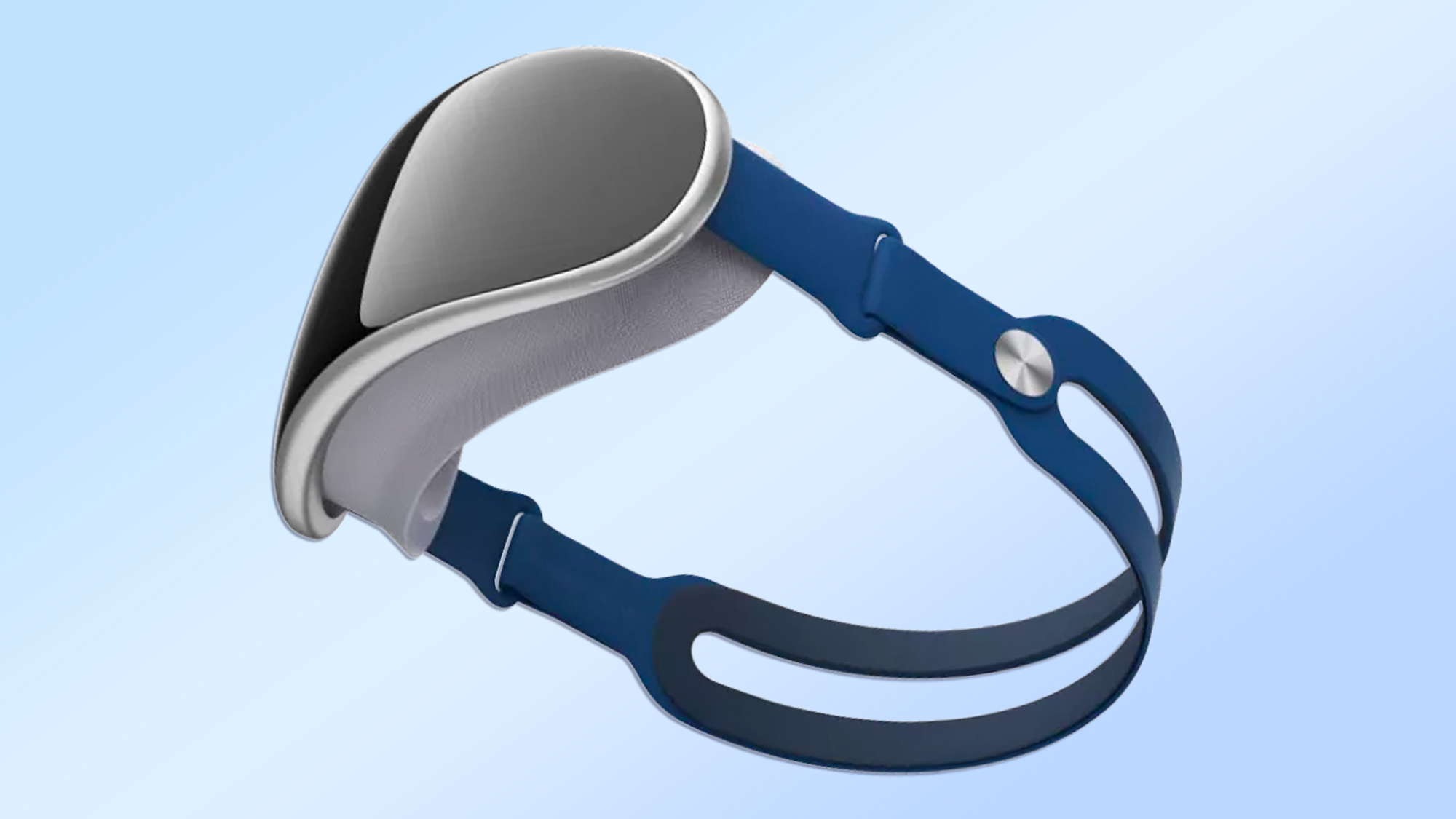
Among the Apple AR/VR headset's features, Apple may focus heavily on a virtual-reality take on a familiar app: FaceTime.
Reporting from Bloomberg claims that the headset's version of Apple's big new product will feature digital avatars for video conferencing, collaborative whiteboard tools and more. We can apparently expect VR gaming and Apple TV content too.
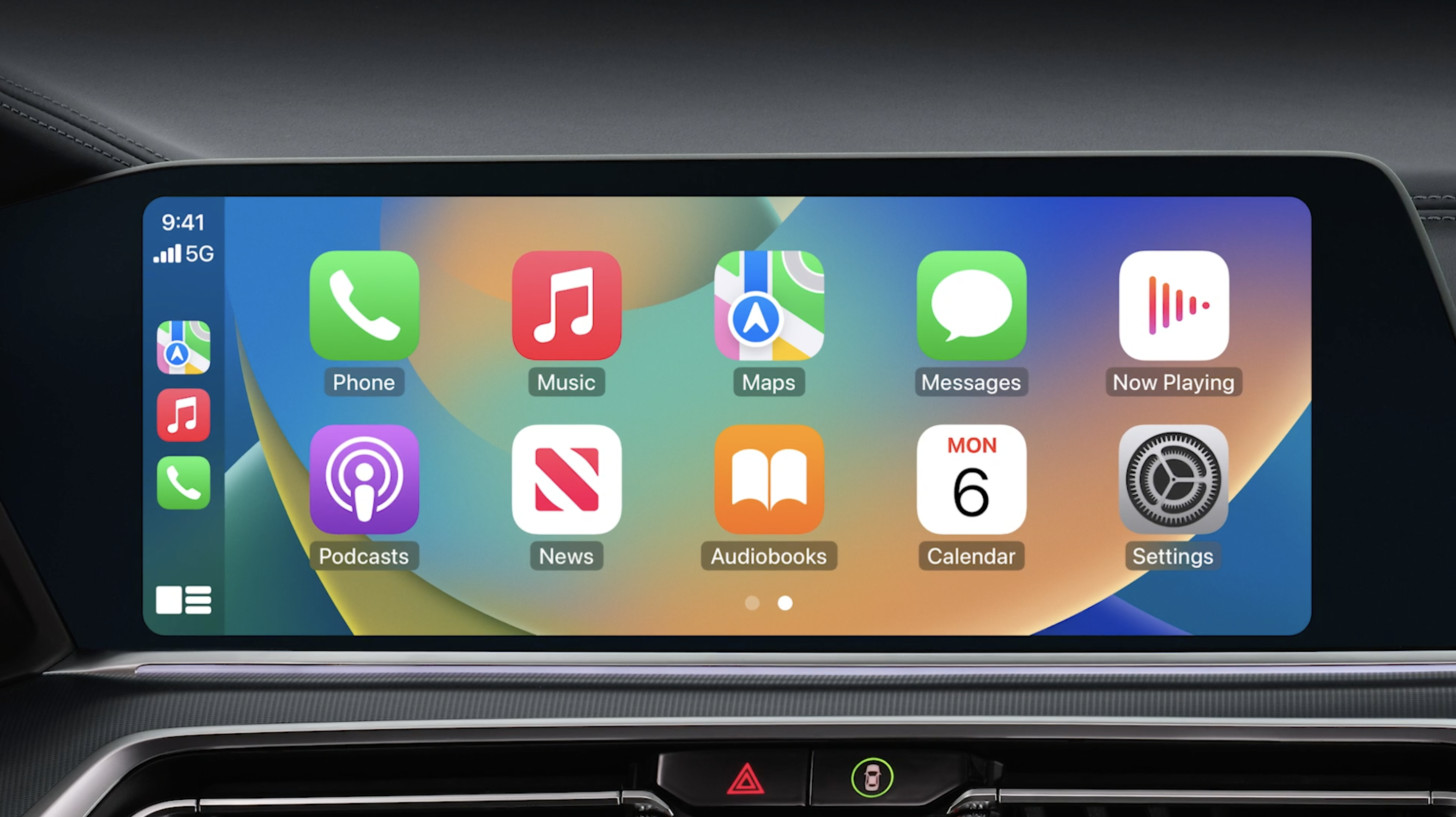
CarPlay is likely to be featured among Apple's expected raft of software updates today at WWDC, and there are some big things to possibly look out for.
For one, we expect to see more cars confirmed as compatible with the new enhanced version of CarPlay, which is able to read data from the vehicle itself as well as your iPhone. There are currently very few cars that work with the combined infotainment/HUD display that CarPlay can support.
We also wonder if Apple will have any big new features to show off. With some car makers trying to abandon CarPlay and Android Auto in favor of a home-grown interface, Apple could do with making a case for why manufacturers are better off continuing to license its tech instead.
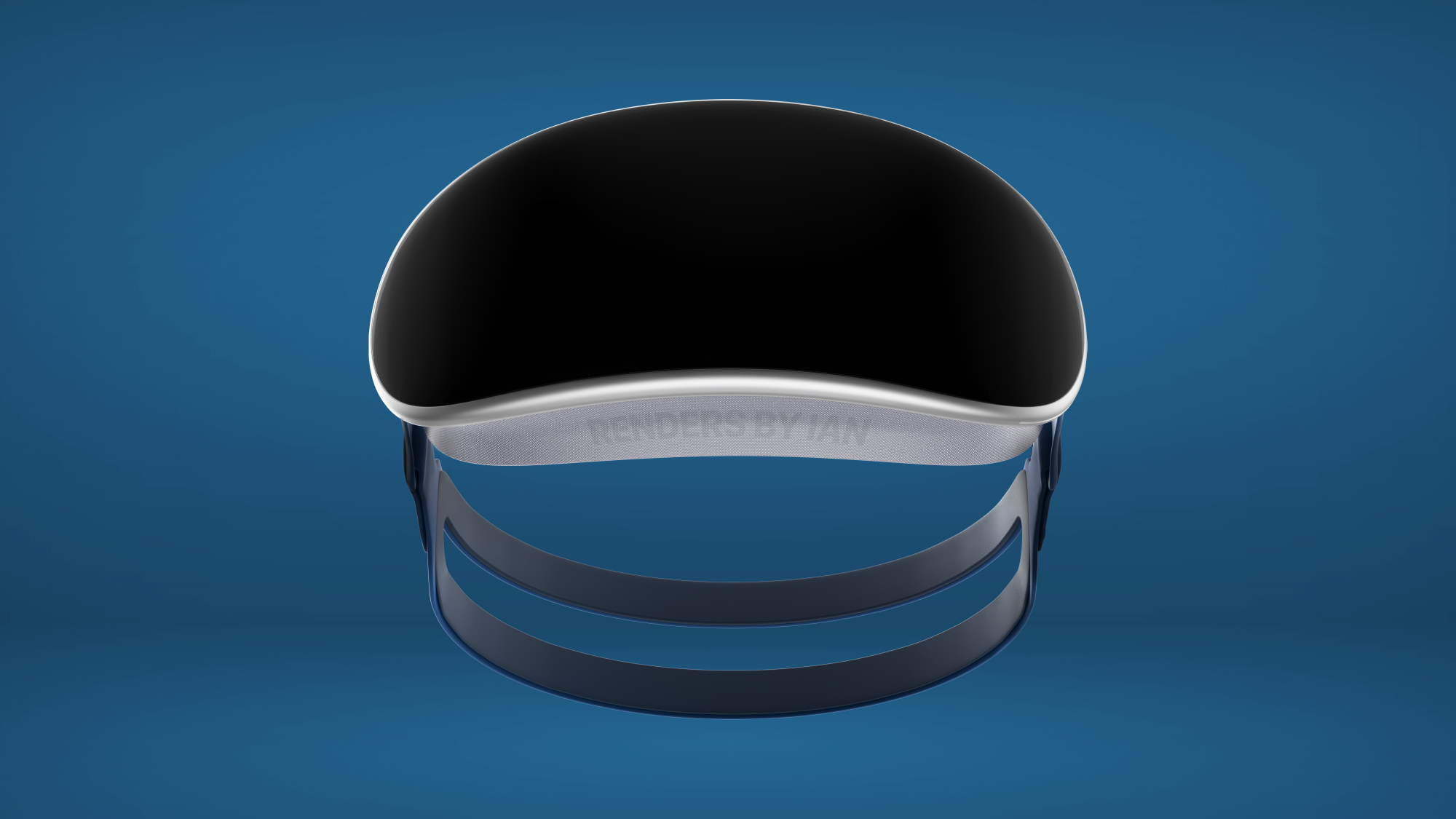
According to one leaker who's allegedly seen the design of Apple's new AR/VR headset, we can expect to see some AirPods Max design elements appear on the device.
This will seemingly include the presence of both a button and a Digital Crown for external controls, and the overall curved shape of the headset.
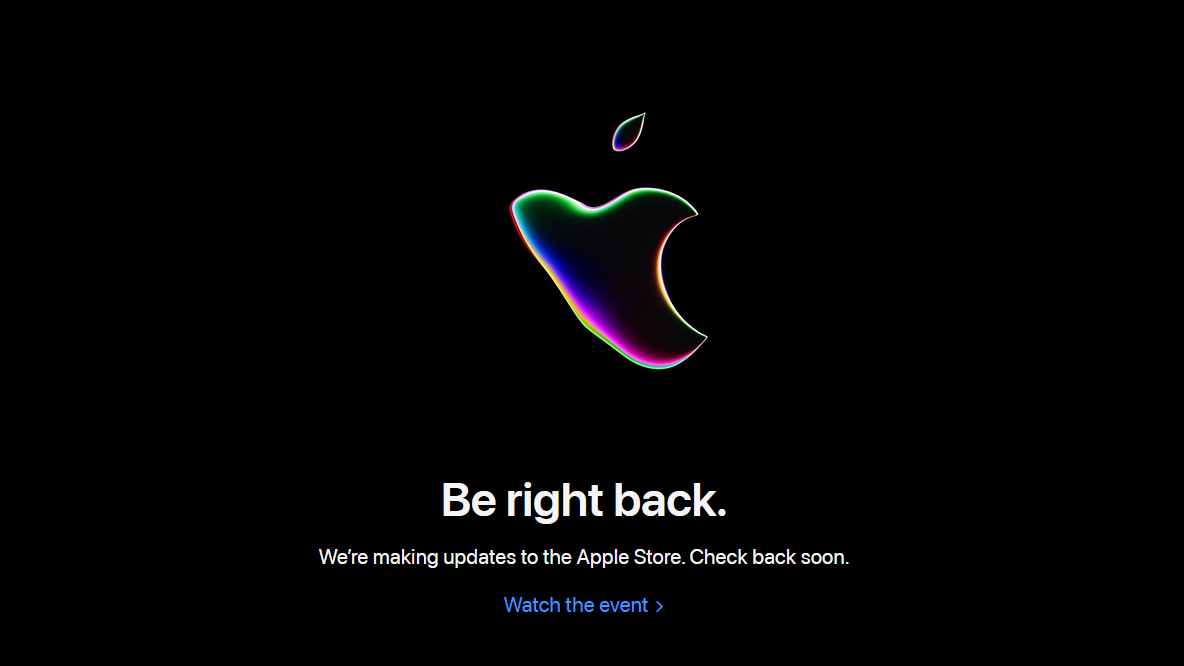
If you go to the Apple Store website now, you'll be greeted with the above message telling you that it's not online at the moment. This is what Apple normally does before a big update to the store, such as adding new products.
Hopefully, this means we'll find the rumored new 15-inch MacBook Air, Apple AR/VR headset and other new Mac products available to look at (if not pre-order or purchase) shortly after the WWDC keynote concludes.
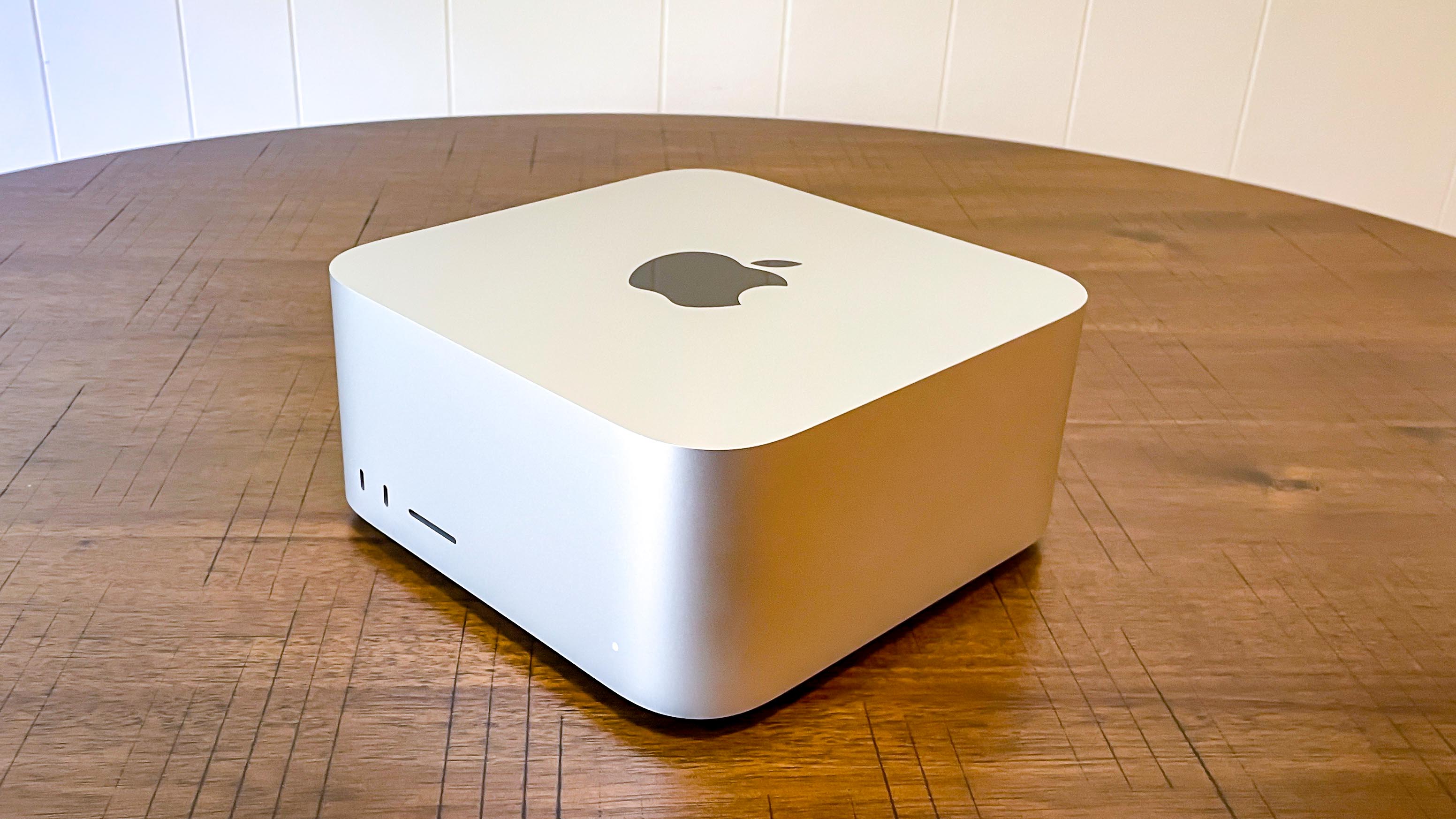
It figures to be a big day Macs if pre-WWDC rumors are anything to go by. We’ve heard reports that as many as three new Macs could show up today. And one of those rumored Macs — the Mac Studio — could introduce new Apple silicon in the form of the M2 Ultra chip.
What to expect from the M2 Ultra? Well, based on a Bloomberg report, the Ultra could feature 24 CPU cores and up to 78 graphics cores. The M2 Max tops out at 38 graphics cores.
An M2 Ultra would certainly make sense for any new Mac Studio. After all, the original Mac Studio introduced us to the M1 Ultra when it debuted last year.

Expect to hear more about No Man's Sky on macOS at WWDC 2023. The massive sci-fi space exploration game came out on Macs last week, but we'd not be surprised if it's used as a way to demonstrate gaming on the Apple VR/AR headset.
And we'd posit that this could be the tip of the spear to true gaming on Macs. Given the power of the Apple Silicon chips, including how surprisingly capable the MacBook Air M2 is at gaming, it would seem a decent bet that Apple will talk about gaming at WWDC 2023.
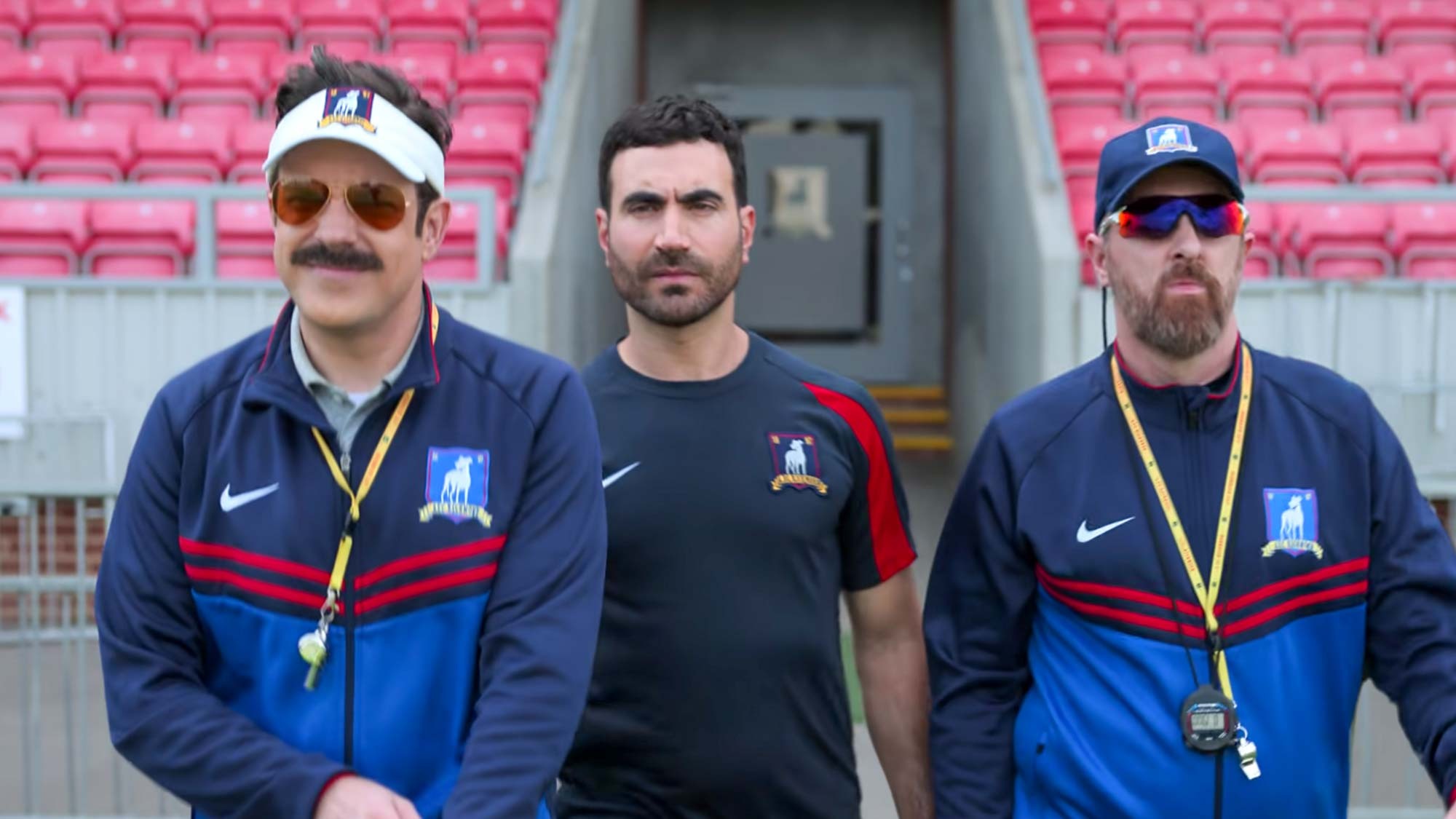
If you find yourself on the Apple campus today for the WWDC keynote, a treat awaits you at the Apple Park visitor center store — sweet Ted Lasso merch.
Ted Lasso merchandise now in the Apple Park visitor center store https://t.co/GP0KO1m72T pic.twitter.com/naNN1et2rFJune 4, 2023
The shirts seem to be exclusive to the physical store at the moment, but Mark Gurman says Ted Lasso merchandise should be coming to the Apple online store at some point in June. Now, if you really love me, you’ll get a Dani Rojas jersey in the AFC Richmond home kit colors.
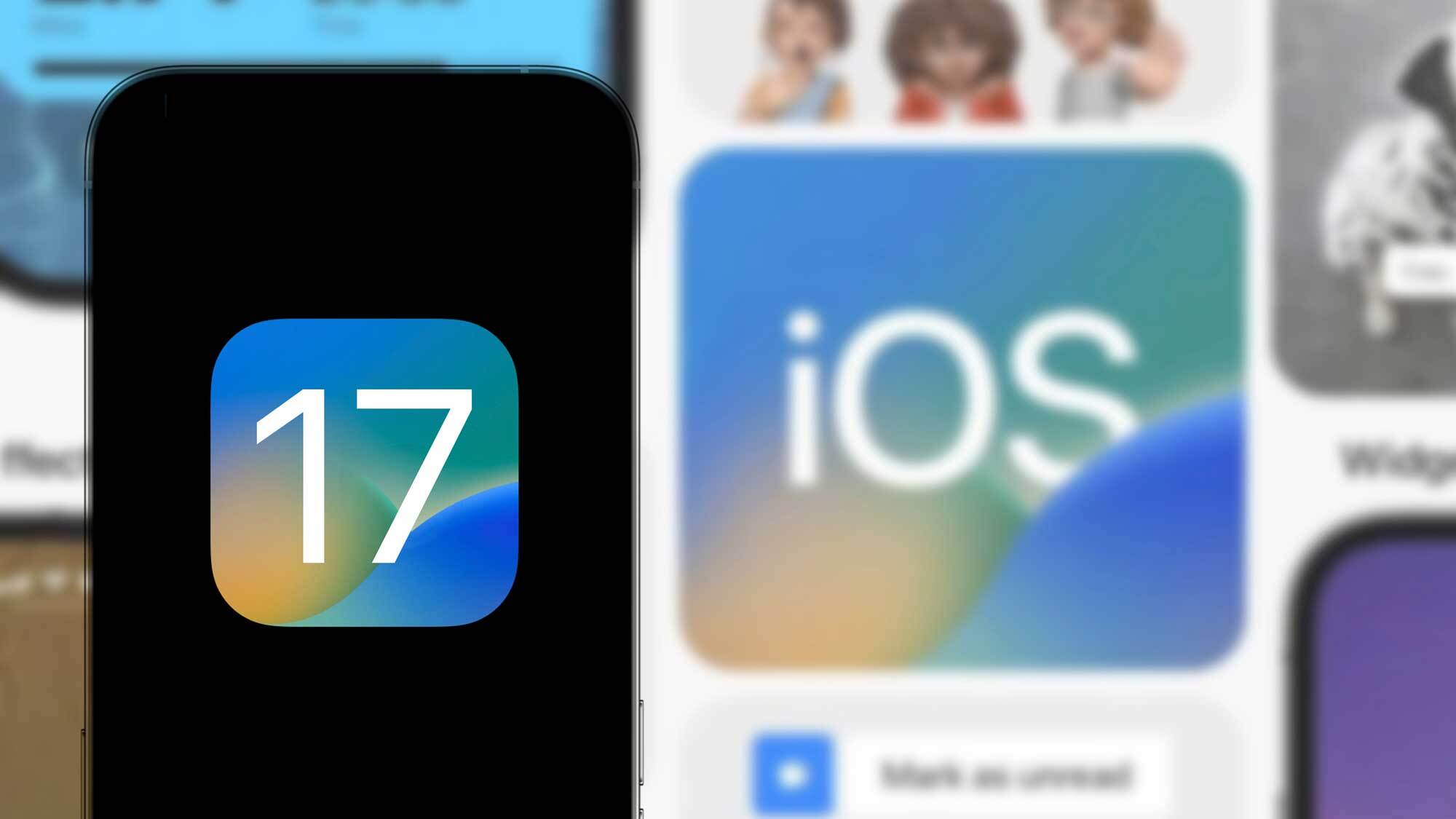
So, what exactly will be coming to iOS 17? Most significantly, a new "smart" lock screen that displays more than just notifications looks to be in the next version of Apple's phone OS. Other new features include a revamped Wallet app, Emotion tracking, more AirPlay access, and even the ability to sideload apps — at least in the EU. For more, be sure to check out the 7 biggest iOS 17 rumored features coming to your iPhone.
Our U.S. Editor-in-chief Mike Prospero hopes that the smart lock screen will turn the iPad into a real smart home hub, like the Amazon Echo Show 15.
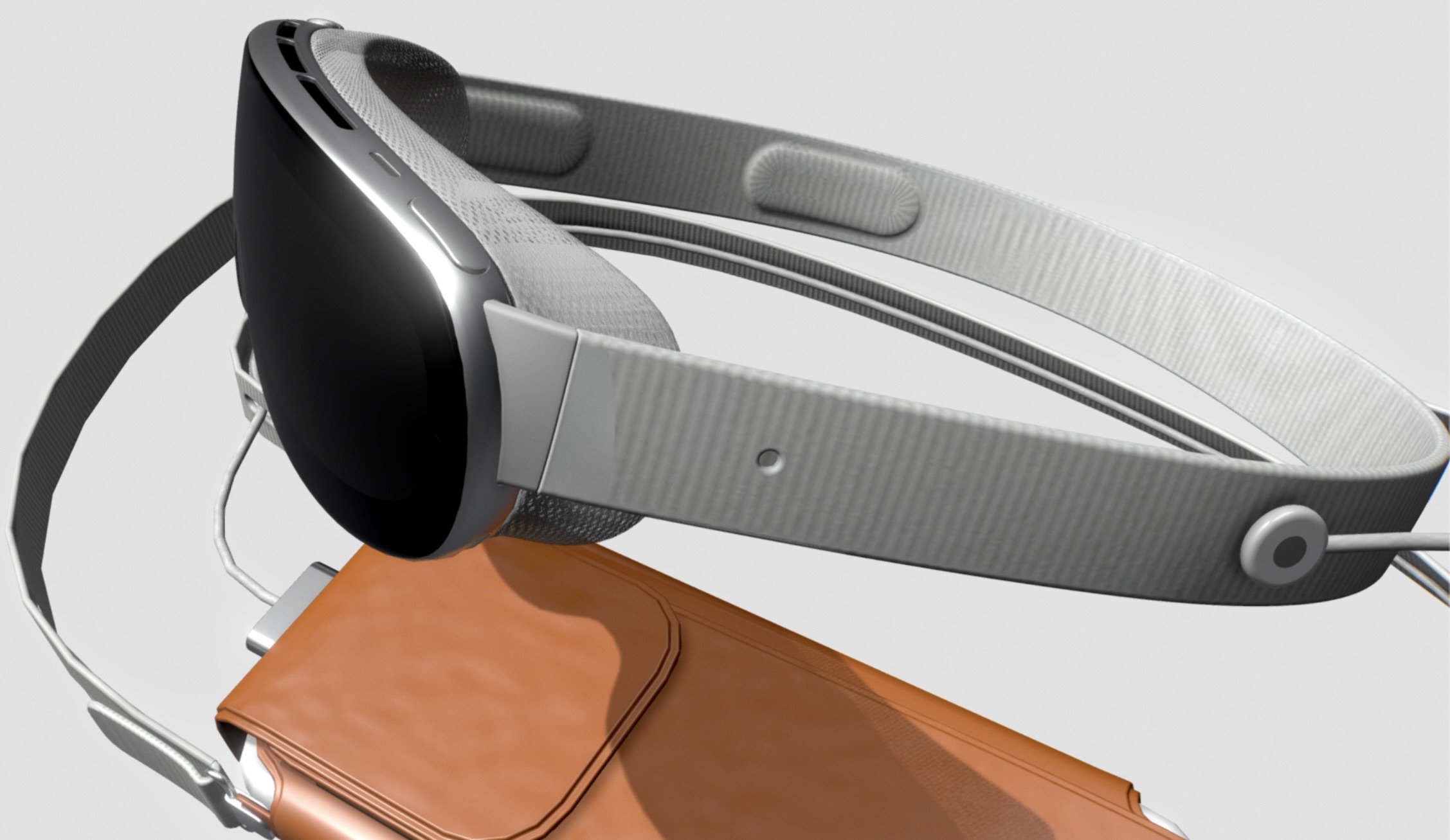
Apple's new AR/VR headset will also bring with it a new operating system, which might either be called realityOS or xrOS, depending on the rumors you give the most weight. In fact, Apple might use both terms — realityOS for an iPhone-like platform, and xrOS more like a MacOS system for more powerful applications. To muddy the waters further, Apple also applied for a trademark for xrProOS.
However, only xrOS has popped up as of yet, which developer Steve Troughton-Smith saw in an error message while in Apple Store Connect.
According to Bloomberg's Marc Gurman, the new operating system — whatever it's called — will look similar to iOS, and will have mixed-reality versions of Apple's apps, such as Safari, Calendar, Maps, Messaging, Notes, Photos, and Music. Other features might include a VR FaceTime, immersive video and Apple Fitness, and integration with Apple's other hardware.
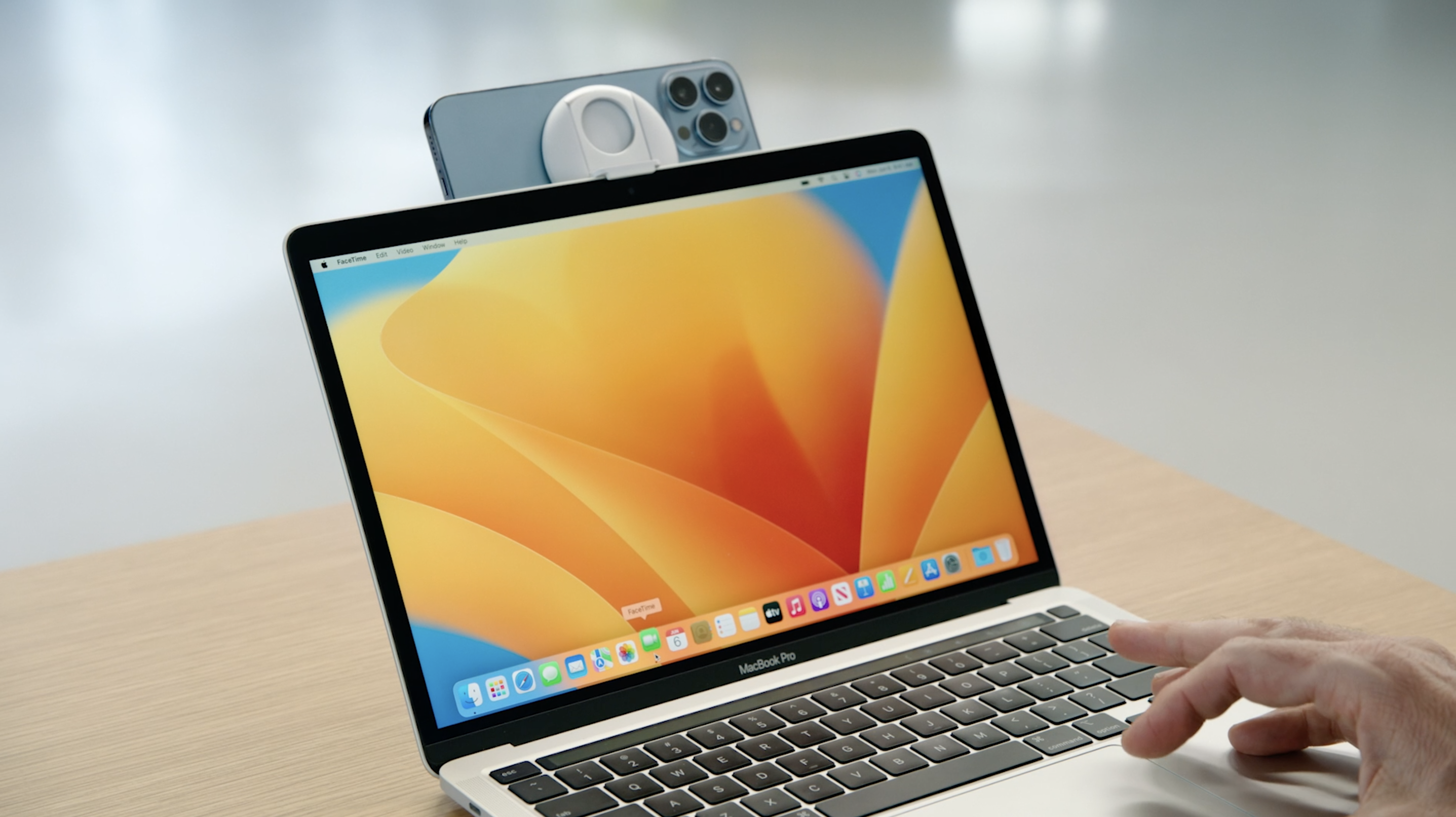
News on the next version of macOS, macOS 14, has been very limited. That's likely just how Apple wants it, but it does mean we've got no idea what to look out for during the WWDC keynote.
macOS Ventura was last year's installment of Apple's computer software, and introduced some big new features like Continuity Camera (pictured) and Stage Manager, perhaps indicating that this year's release will be a smaller one. Considering the large number of new Macs that have been tipped to be announced at WWDC though, maybe Mac fans won't be too starved for news after all.
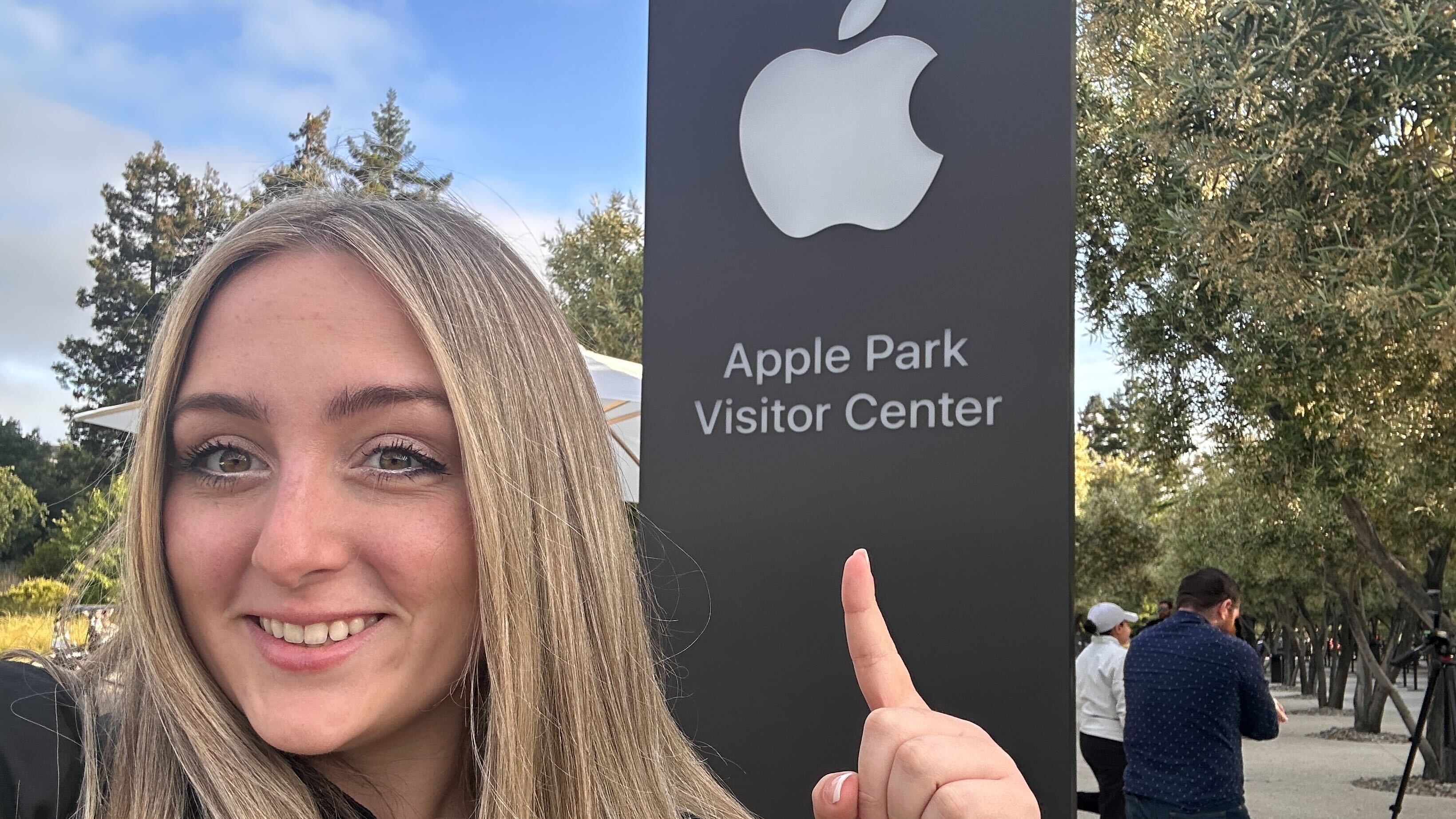
We're at Apple Park! Even though the event won't start for another two hours, a line has started to form. The devs in the queue are definitely excited, as they're chanting "When I say DUB DUB you say DC!"
It's currently a pleasant 57 degrees Fahrenheit and cloudy in Cupertino today, with an expected high of 77 degrees.
In addition to this blog, be sure to check out Tom's Guide's TikTok channel for updates and videos on what we see today.
WWDC is always one of my favorite moments of the year — and this one is going to be our best ever! Tune in for our special event at 10 a.m. PT pic.twitter.com/SmkLT3VXldJune 5, 2023
Hey, Tim Cook and I have something in common — we both post things on Twitter when people are expecting us to be working on something else.
badge acquired ✅ let’s head inside Apple Park for #WWDC23 pic.twitter.com/3NzbGMZGPiJune 5, 2023
And you shall know us by the color of our badges.
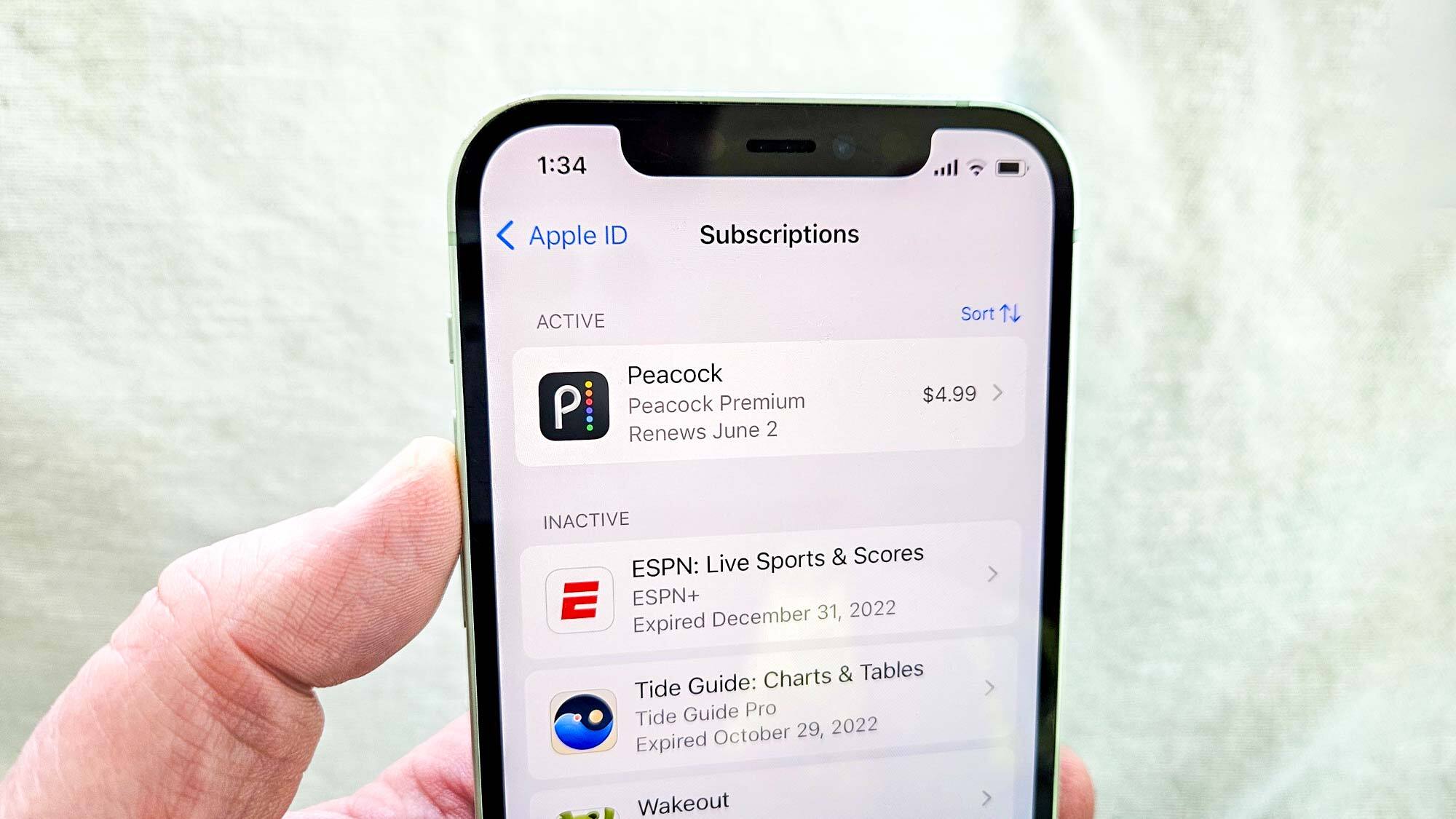
We can file this under Things That Definitely Won't Happen Today, but I would like to repeat my humble request that iOS 17 add a standalone Subscriptions app to help you better manage all those apps and services you're paying recurring fees to. Subscriptions have become a huge part of the iOS experience, and I think it would be a win for everybody if Apple found a way to help us get a handle on all those monthly fees we're doling out.
At least it sounds like there will be some money-management features in iOS 17. Specifically, as part of the rumored Wallet app overhaul, a Bloomberg report claims that Apple could start showing balance information for third-party credit cards, just like it does for the Apple Card.
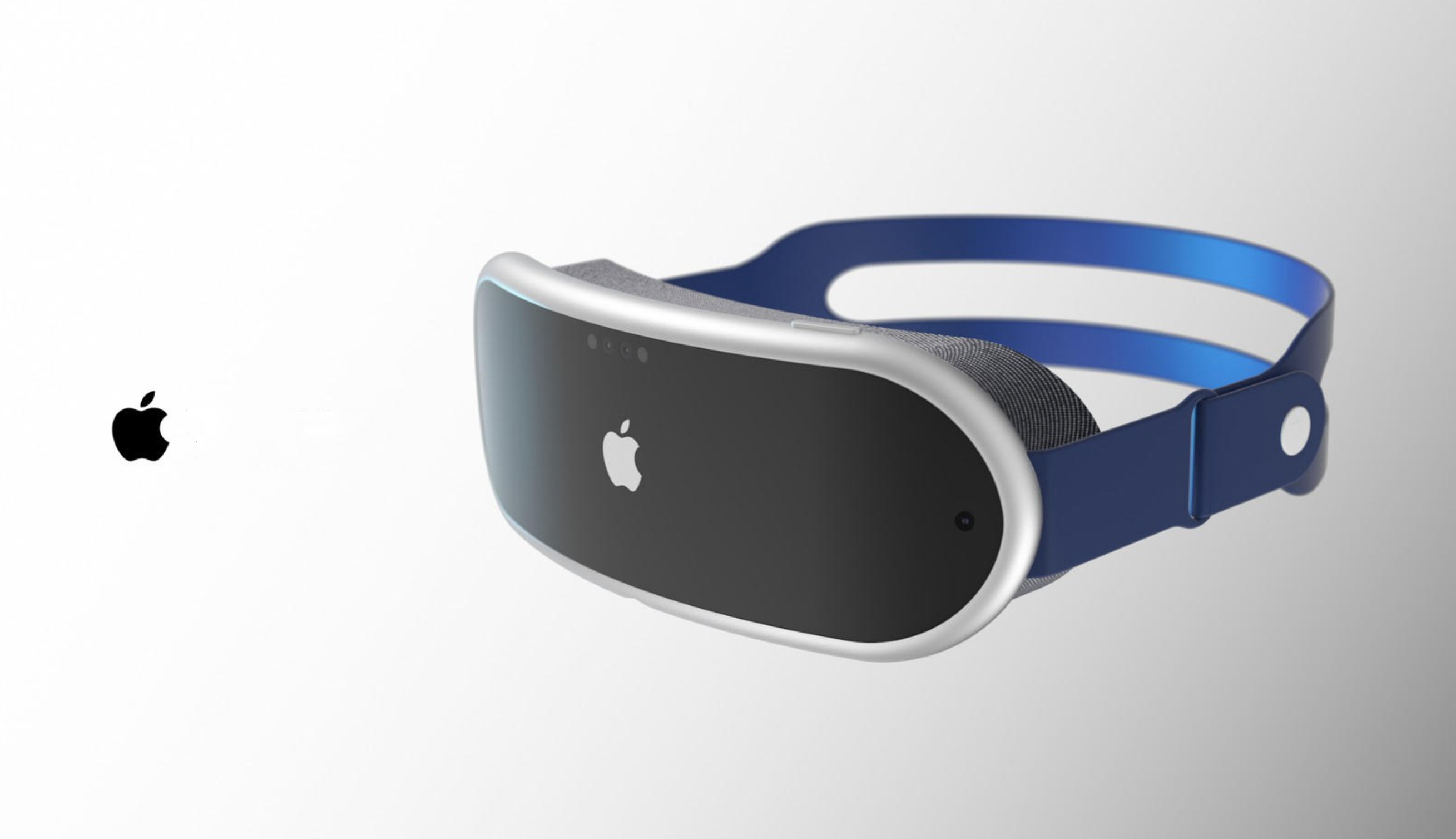
Good news — maybe the Apple mixed reality headset we're going to see today won't cost you an arm and a leg after all. Instead, it will just cost an arm.
Or at least, that's what a late-breaking report on the Apple headset's price claims. According to a Naver post by user Yeux1122, the Apple headset is going to cost $1,999 instead of that $3,000 figure that's been bandied about. Is a rumor from someone identified only by a seemingly random string of letters and numbers something you really want to bank on? Probably not, but we'll find out soon enough what the headset costs.
By the way, that same poster also cautions that the headset will not be called the Apple Reality Pro as has been widely assumed. Instead, the potential name would be the Apple XR. Please adjust your keynote expectations accordingly.

Make sure you load up on a healthy breakfast prior to today's WWDC keynote. Why, I would never think of live-blogging without first getting my fair share of...
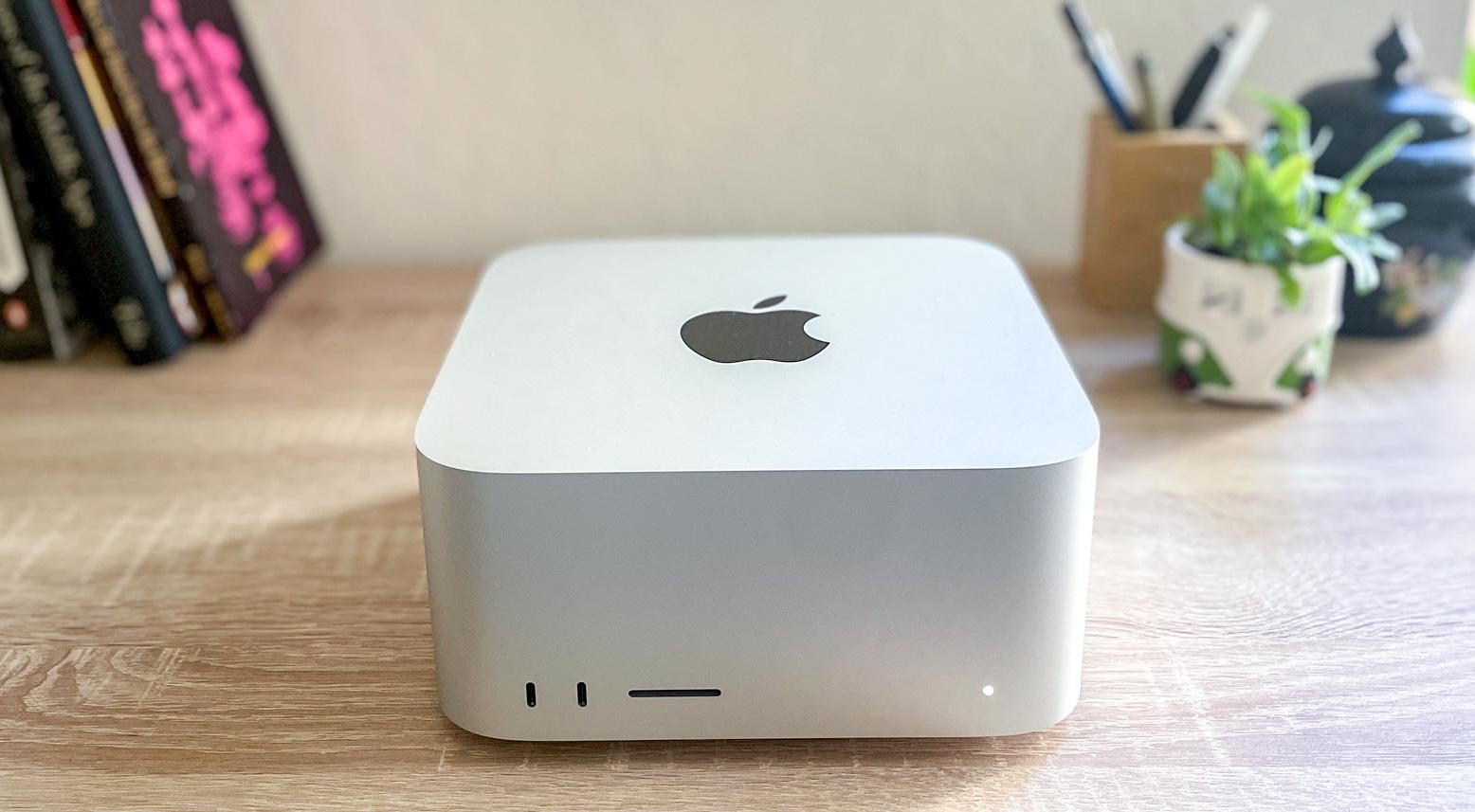
A reminder in case Apple shows off any Mac hardware today that immediately leaps to the top of your must-have list — the company is expected to start accepting trade-ins of some additional models later today, which could help you lower the cost of your new Mac purchase.
The rumor from last week claimed that you'll be able to trade-in the M2 MacBook Air, 13-inch MacBook Pro and original Mac Studio — the rumor, in fact, has been taken as a sign that we're going to see a new Mac Studio at WWDC.
At any rate, we'll be posting a guide on pre-ordering any new Mac hardware, once those announcements go live, so be sure to check out Tom's Guide for the best Apple deals.
@tomsguide ♬ original sound - Tom’s Guide
If you're wondering what it's like to attend a Worldwide Developer Conference in person, join Kate Kozuch on a video tour of the venue.

We've heard a lot from Kate Kozuch in Cupertino, today, but she's not the only Tom's Guide staffer on the ground for the WWDC keynote. Mark Spoonauer is there, too, ready to go hands-on with whatever product Apple shows off today, virtual or otherwise.
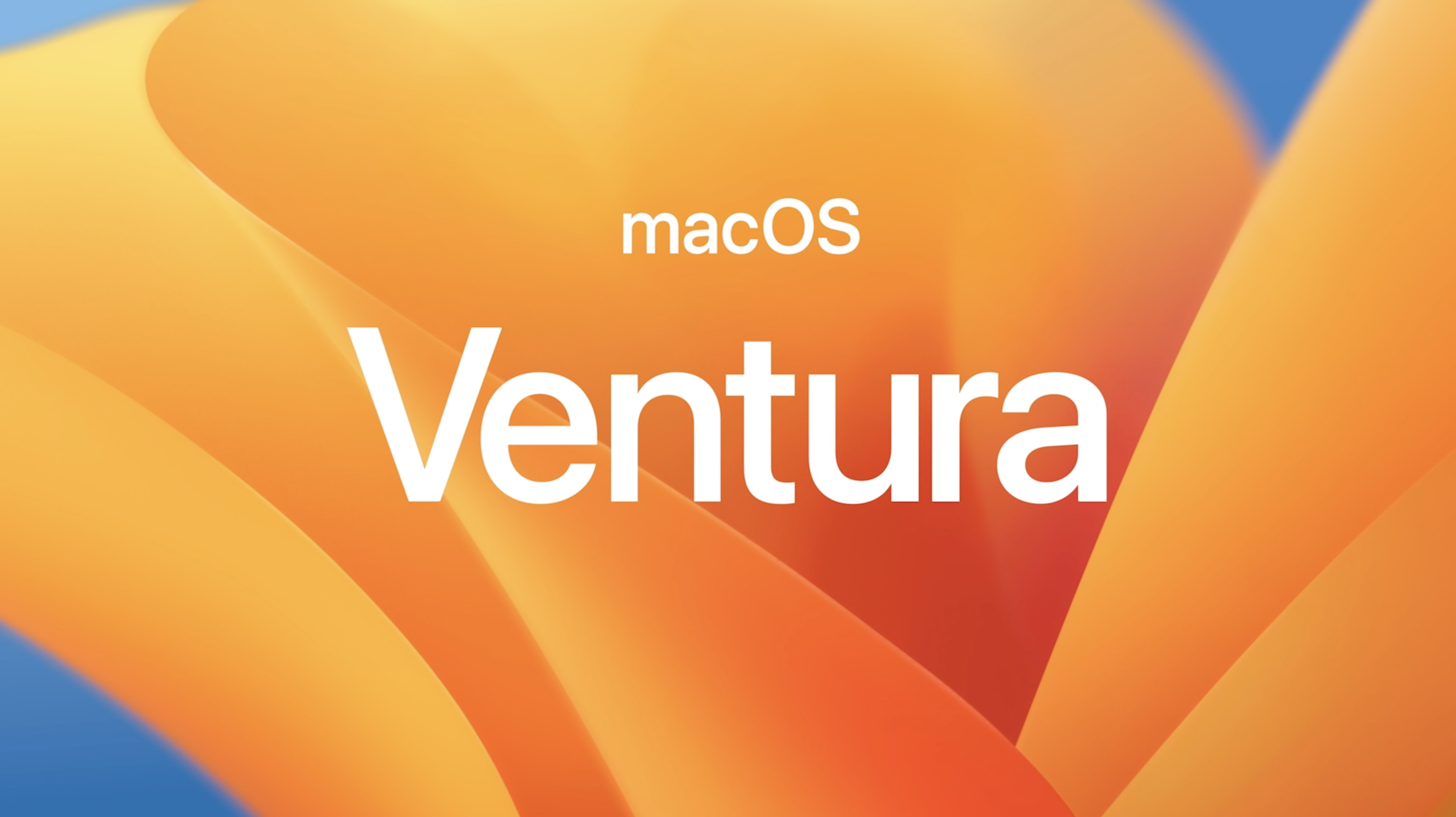
And now to one of the most important questions looming over any WWDC: Just what California city/landmark is Apple going to name the new version of macOS after? As a reminder, here's what's been used thus far, dating back to when Apple switched away from cats and over to California names to identify the Mac operating system.
- Mavericks (OS X 10.9)
- Yosemite (OS X 10.10)
- El Capitan (OS X 10.11)
- Sierra (macOS 10.12)
- High Sierra (macOS 10.13)
- Mojave (macOS 10.14)
- Catalina (macOS 10.15)
- Big Sur (macOS 11)
- Monterey (macOS 12)
- Ventura (macOS 13)
So what's next? Back in April, Parker Ortolani published a list of all the names Apple had trademarked over the years. That includes California sites already used as macOS names, plus some still in the queue.
there are 15 names of places in California Apple trademarked but never used, to date every name they have used was one of those trademarksUNUSED:DiabloCondorTiburonFarallonMiramarRinconPacificRedwoodShastaGrizzlySkylineRedtailSonomaSequoiaMammothUSED:Ventura…April 21, 2023
C'mon, macOS Diablo.

Not to be a big bummer a half-hour before the WWDC keynote gets underway, but you may want to temper any excitement you have when seeing the rumored Apple VR/AR headset on stage today. That's because it may not be ready for prime time until early 2024.
That's according to analyst Ming-Chi Kuo, at any rate, who's predicting via Twitter that the headset won't ship until late in 2023, with a 2024 release still a possibility. This wouldn't be unprecedented for Apple, which showed off the Apple Watch in the fall of 2014, but didn't release the smartwatch until the next spring.
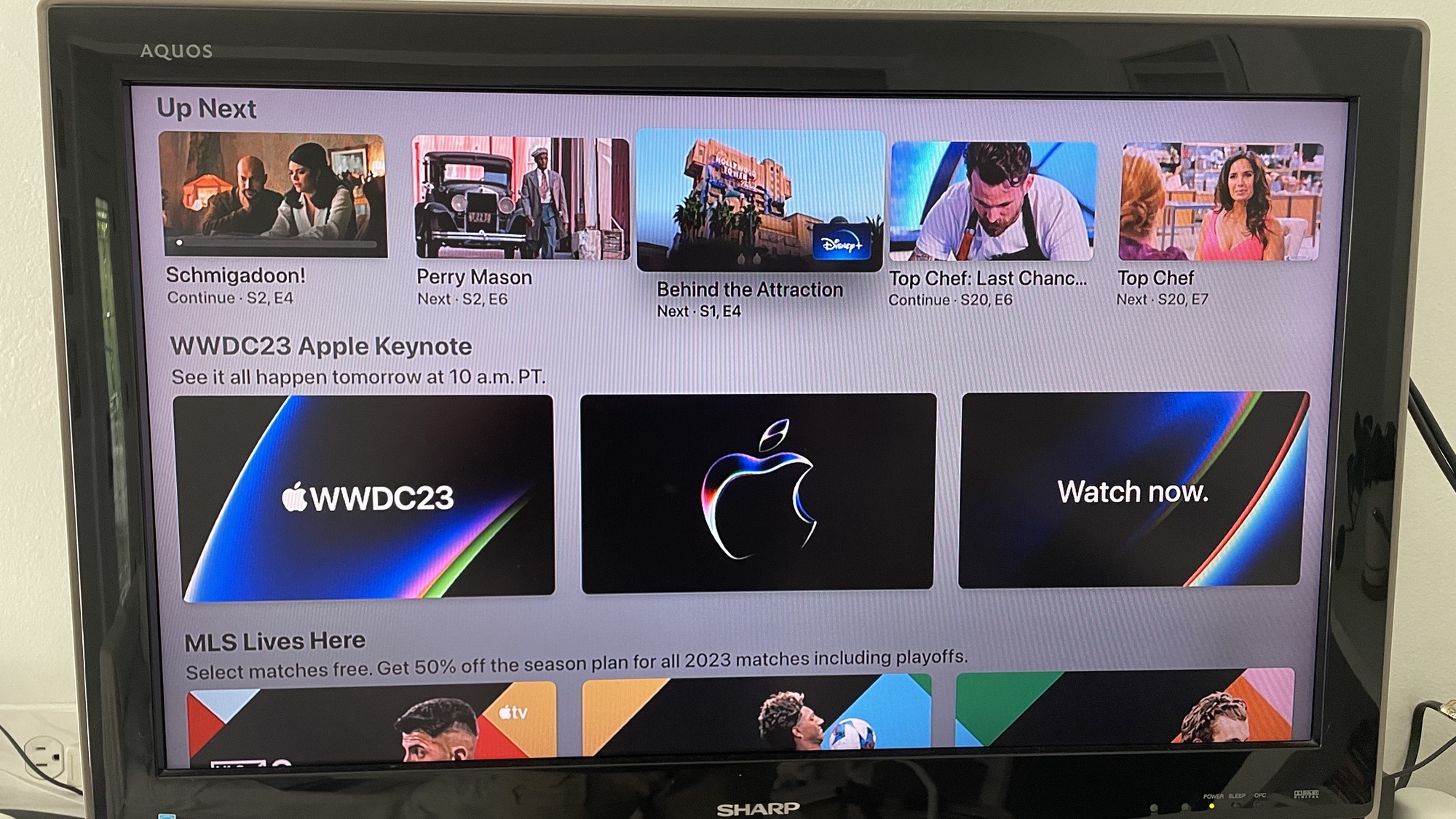
With less than 15 minutes to go, I've relocated my office to the WWDC 2023 streaming headquarters, i.e., my living room so that I can watch things via Apple TV. Here's how to be like me and live stream the WWDC 2023 keynote.
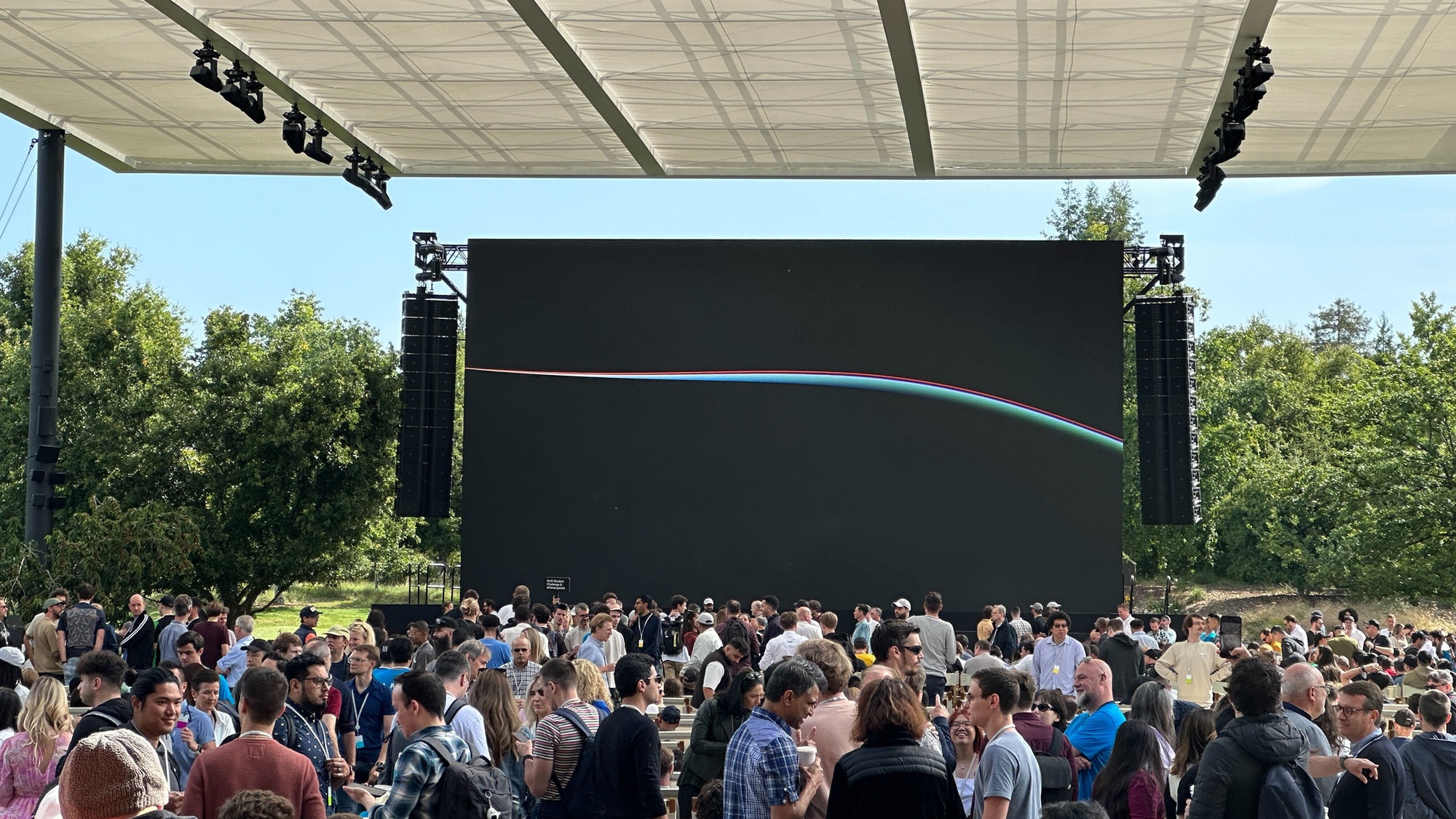
Meanwhile, my colleagues in Cupertino have taken their seats in front of Apple's massive stage.
We’re ready to go! #WWDC23 Follow our coverage @tomsguide pic.twitter.com/LV46p5W3qXJune 5, 2023
A final pre-keynote dispatch from Mark Spoonauer before we get started here.
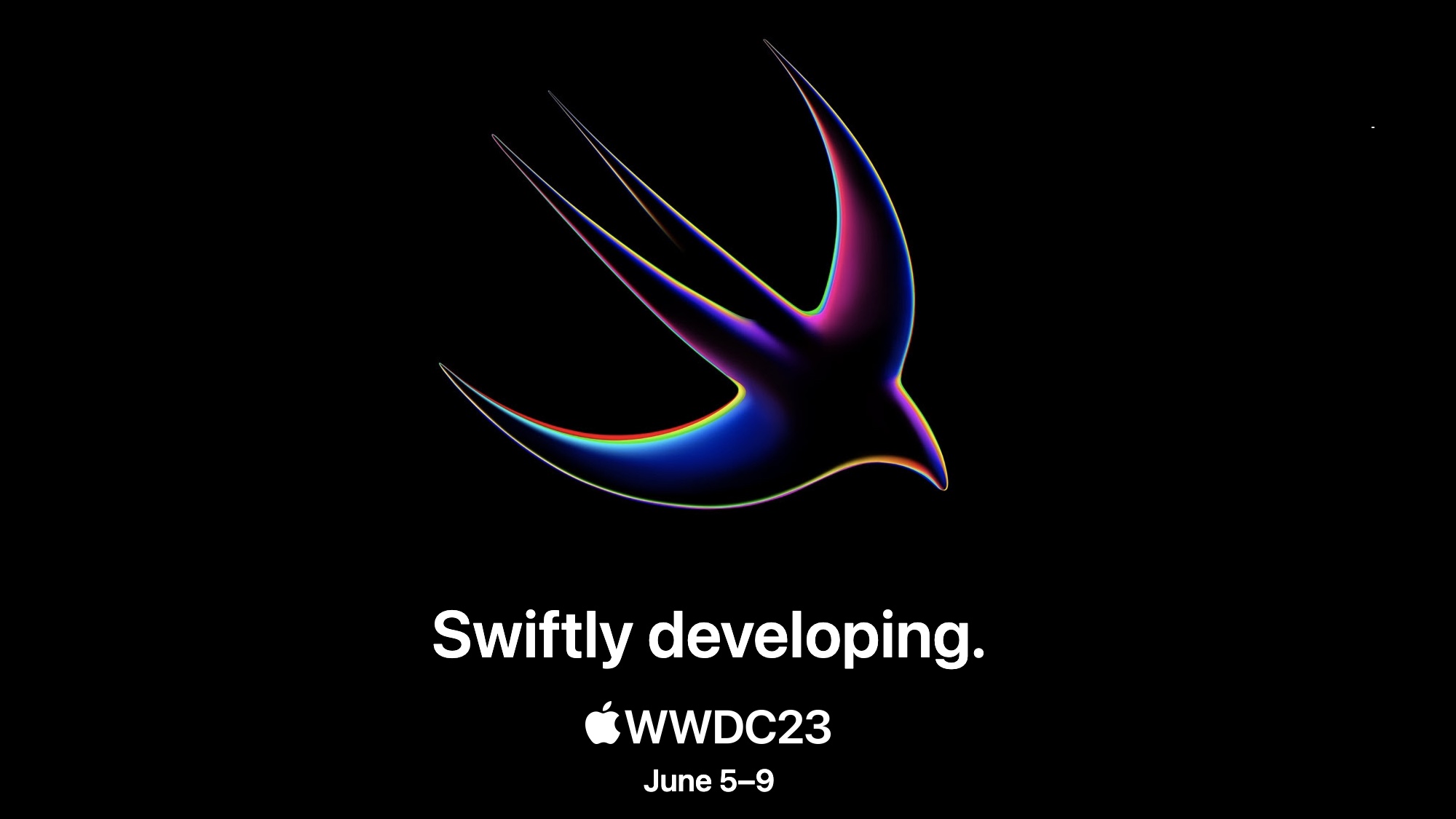
And here's a rundown of what we're expecting to hear, right before the keynote begins:
Apple VR/AR headset: Apple's first-ever headset will supposedly focus on mixed reality, with a knob letting you switch from a virtual view to a pass-through one, where objects are superimposed on the real world.
The headset will likely run on an Apple M2 chip and feature an external battery pack. There's rumors you'll control the headset through eye and gesture tracking, and that iPad apps will be able to run on the device by default. Reportedly, the Apple headset will cost up to $3,000 and ship later in the year.
New Macs: Apple could show off hardware with more immediate availability during WWDC. Rumors tip a new version of the Mac Studio — with an M2 chip powering the desktop — along with a 15-inch MacBook Air model. We might see a 13-inch MacBook Pro, too, though with an M2-powered model already available, it's hard to see what Apple could change.
iOS 17 and iPadOS 17: The new iOS is coming to iPhones in the fall, and it's likely to feature updates to existing apps like Wallet and Health, as well as a new journaling app. iPadOS 17 will see many of those same changes, potentially with some iPad-specific features.
watchOS 10: Expect a major interface overhaul for watchOS 10, perhaps with a new widget-based system to get you more info more quickly and less reliance on Apple Watch apps.
macOS 14: We don't expect big things from the new macOS at WWDC but Bloomberg's Mark Gurman says Apple will likely focus on make apps work better together across all Apple devices. So think better continuity and connectivity features.
Expect developer betas for the new software at WWDC, with public betas to follow in a few weeks.
Kevin Feige is here pic.twitter.com/o4gekxVbdEJune 5, 2023
If Marvel's Kevin Feige is at the WWDC keynote, that must mean the third act will feature a lot of wire work and poorly rendered CGI.

We begin the WWDC 2023 keynote with a video of a young man coding only to chase the virtual thought bubble that appears over his head, in case you were doubting that augmented reality was on the agenda for today.
"Dream it. Chase it. Code it," Apple says.

"Today we're going to make some our biggest announcements ever at WWDC," Tim Cook says.
We're starting with Mac announcements.

John Ternus begins his Mac presentation talking enthusiastically about Apple silicon and what it's made possible. That now includes a 15-inch MacBook Air, as we had been expecting.
"It's the world's best 15-inch laptop," Ternus says.

Here's what you need to know about the 15-inch MacBook Air (actually 15.3, but who's counting.): It's 11.5mm thin and weighs a little over 3 pounds. You can get it in four different finishes. And it's powered by an M2 chip.
MacBook Air 15-inch announced! 11.5mm thin, just over 3 pounds. 4 colors. 6 speakers. M2 chip. 18 hours of battery life. #WWDC23 pic.twitter.com/0Bs1f9nhm6June 5, 2023
The 15-inch MacBook Air starts at $1,299 and you can order it today. It ships next week. The 13-inch MacBook Air drops by $100 to $1,099. And the M1 MacBook Air remains in the lineup.
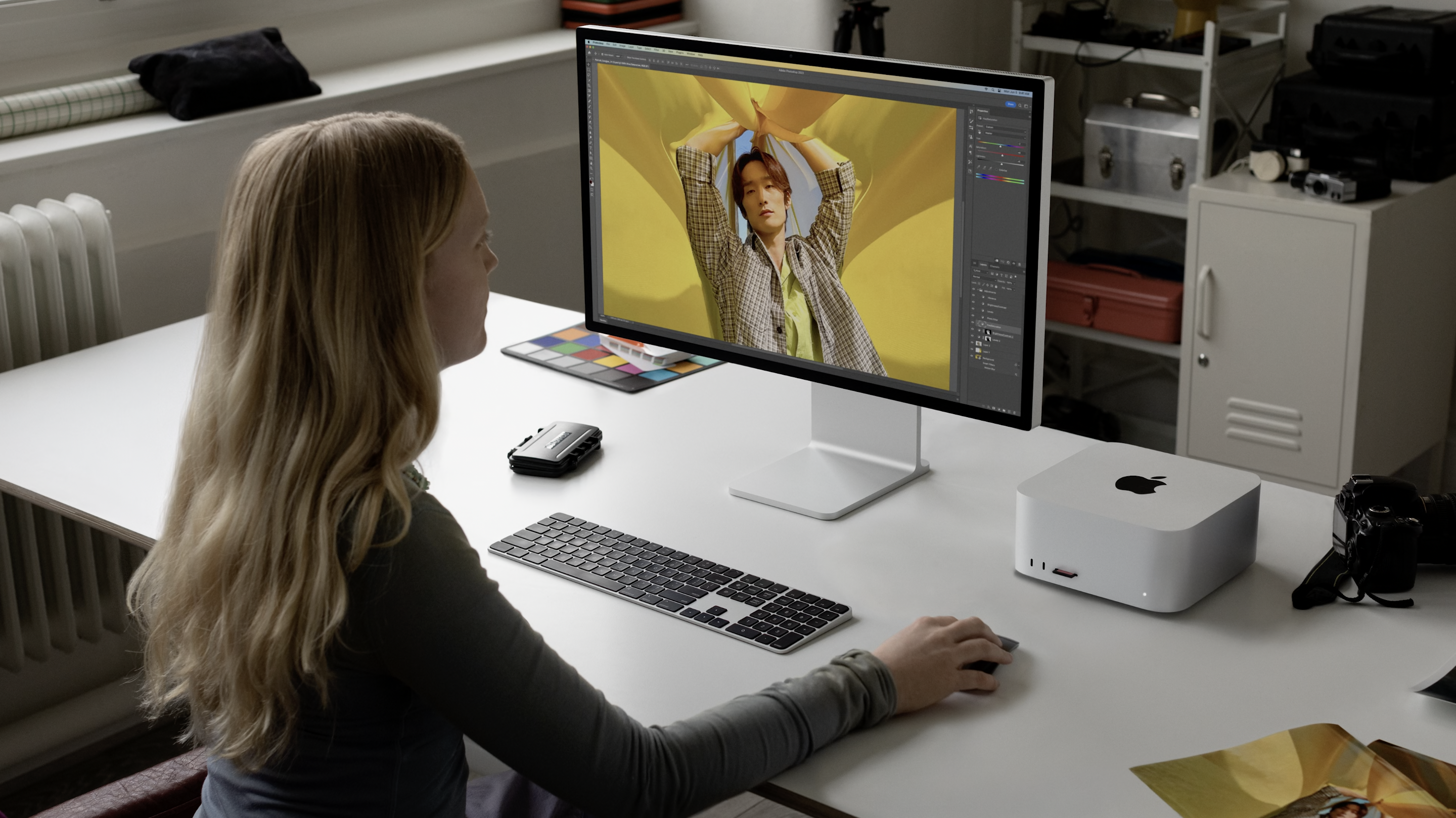
Now let's talk Mac Studio. Apple starts by detailing how the machine is used in video production and coding, and now it's getting an update. You can now get an M2 Max in the Mac Studio, for a 25% performance boost over the M1 Max. Graphics rendering is 50% faster.
And there's another chip coming: the M2 Ultra. It doubles the performance of M2 Ultra with a 24-core CPU. The GPU has 76 cores. And there's a 32-core neural engine that's 40% faster than the M1 equivalent.
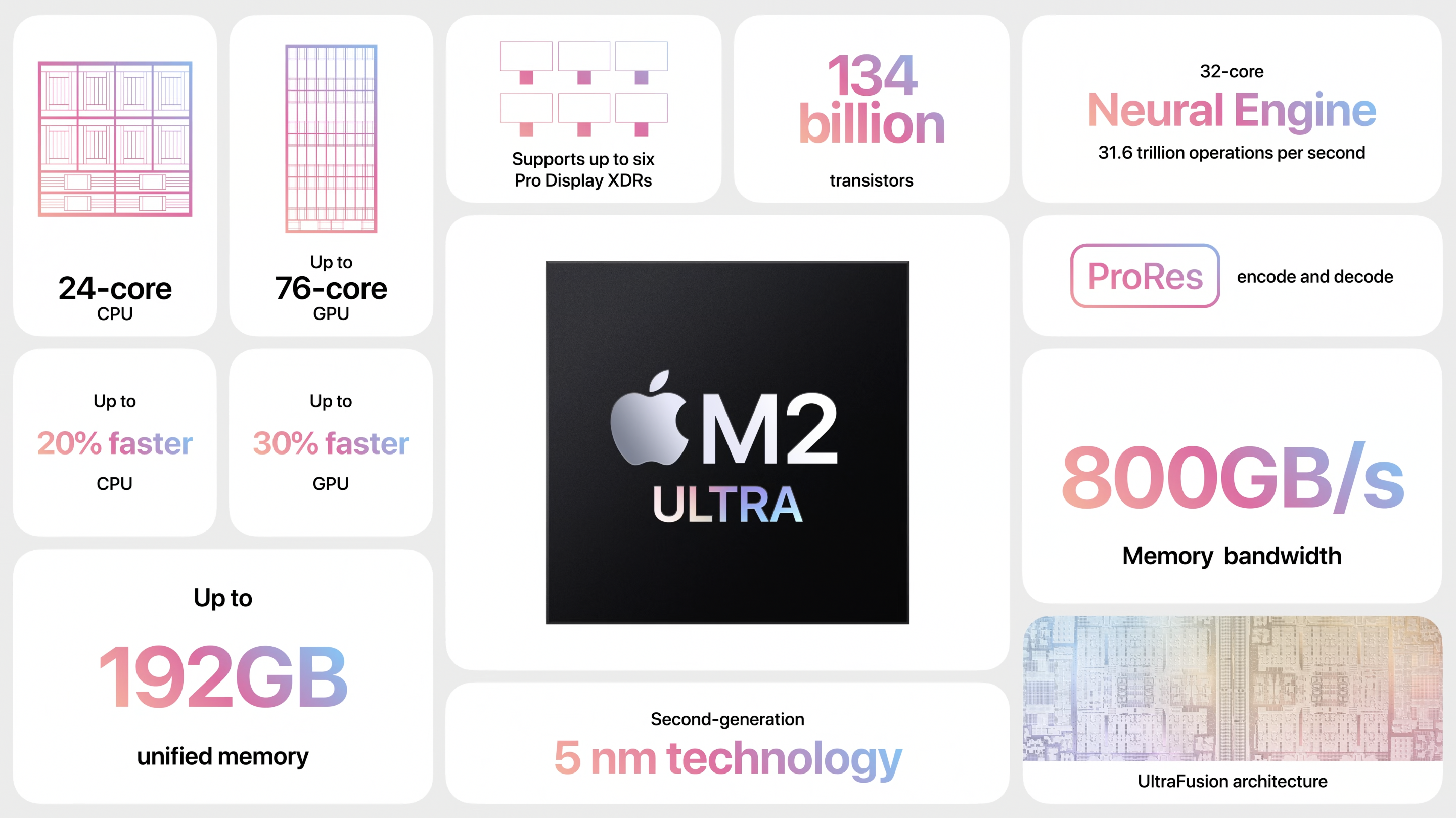
As for connectivity, Mac Studio has higher-bandwidth HDMI. With M2 Ultra, you can support 6 XDR displays.

We're getting a Mac Pro with Apple silicon, too. Every model is equipped with an M2 Ultra. You can get up to 192GB of unified memory. AfterBurner performance is built in instead of being a separate card. There are 8 built-in Thunderbolt port, twice as many as before. And there are 6 open expansion slots, bringing PCI expansion to Apple silicon.
You can get the new Mac Pro in tower and rackmount enclosers.
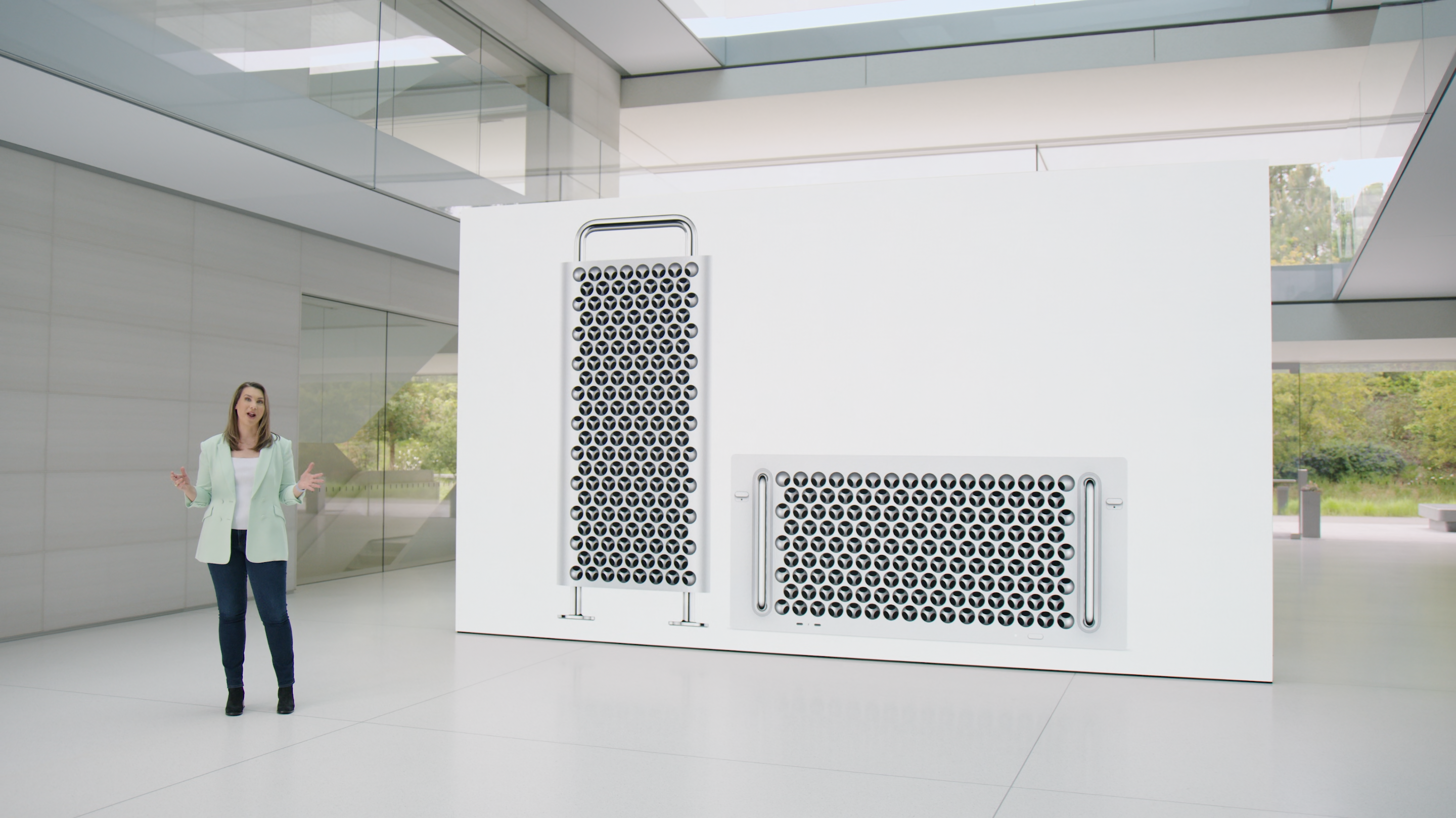
Mac Studio still starts at $1,999. Mac Pro will cost $6,999. Order today and you can get the machines next week.
And thus, all Macs are now available on Apple silicon.

And with Macs now out of the way, we're on to software updates staring with iOS 17. Three apps on the communication front are getting updates — Phone, FaceTime and Messages.
The Phone app gets personalized contact posters that appear when you give people a call. (Presumably, they'll need to have an iPhone, too.) It's part of your Contact card for a consistent look in how you communicate.
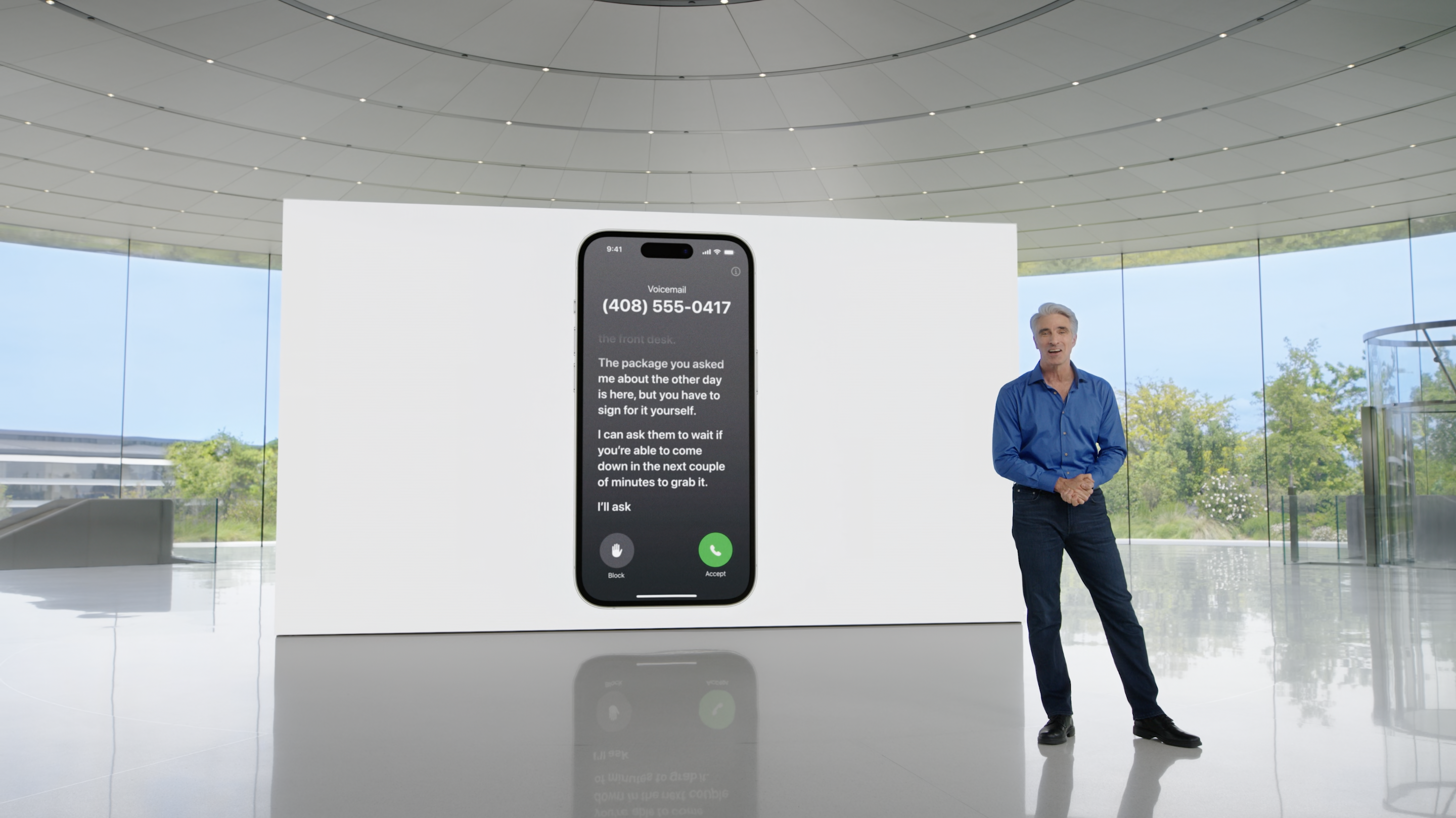
Live Voicemail now shows a live transcription of incoming calls as people speak for better call screening. If you see if it's from someone you want to talk to, you can pick up the call. Transcriptions are handled on device for added privacy.
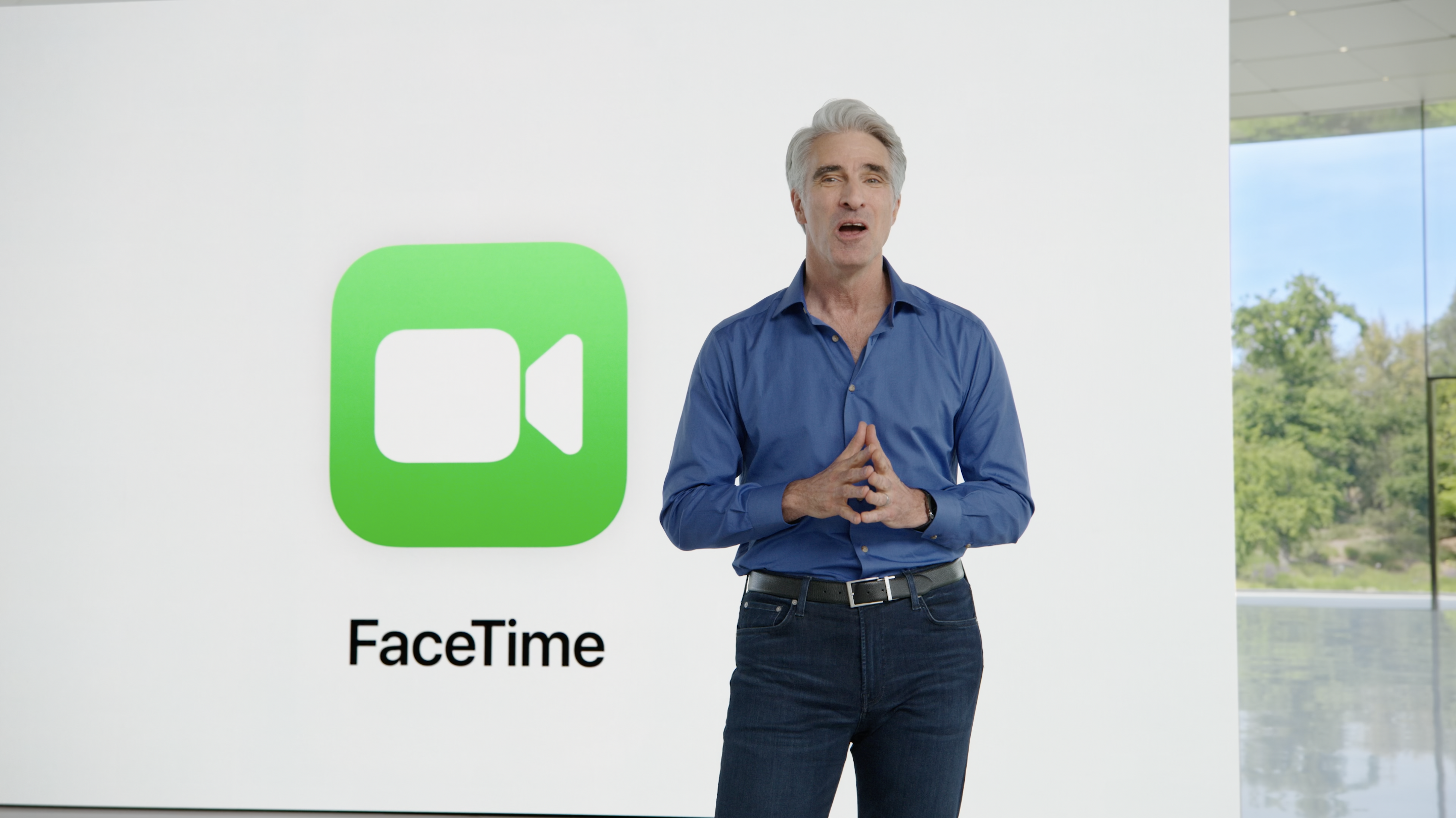
FaceTime is adding the ability to leave a video message when you try to place a video call but no one answers.
As for Messages, it's getting search filters to help narrow results when you're searching for texts. A Catch-Up arrow lets you pick up where you left off in conversations. Audio messages are transcribed, and location sharing lets you share your location directly in conversations.
A new Check In features sends notifications when you arrive safely at home and update your ETA.
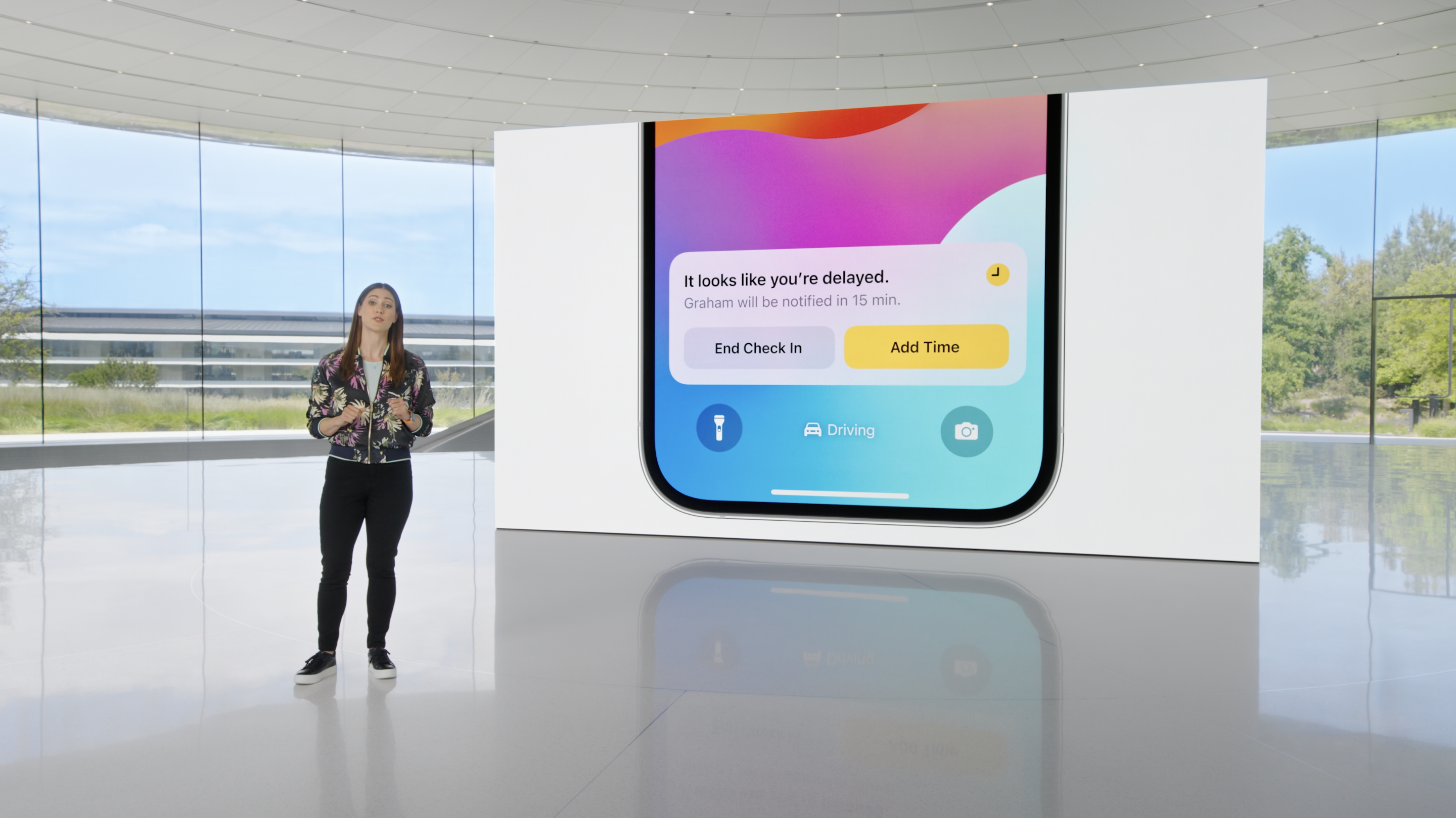
There's some Sticker functionality in Messages that taps into the ability to lift image out of photos that Apple added in iOS 16. Basically, you've got a Stickers Library in Messages, and it includes Live Stickers featuring stickers made out of Live Photos. You can added effects to Stickers, too.

AirDrop is adding a Name Drop feature for easier sharing of contact card info. Yes, it features the updated contact cards that are part of the new Phone app. Name Drop works with photos, too. And you can even save after you've moved out of range for those times when you're AirDropping over a lot of photos.
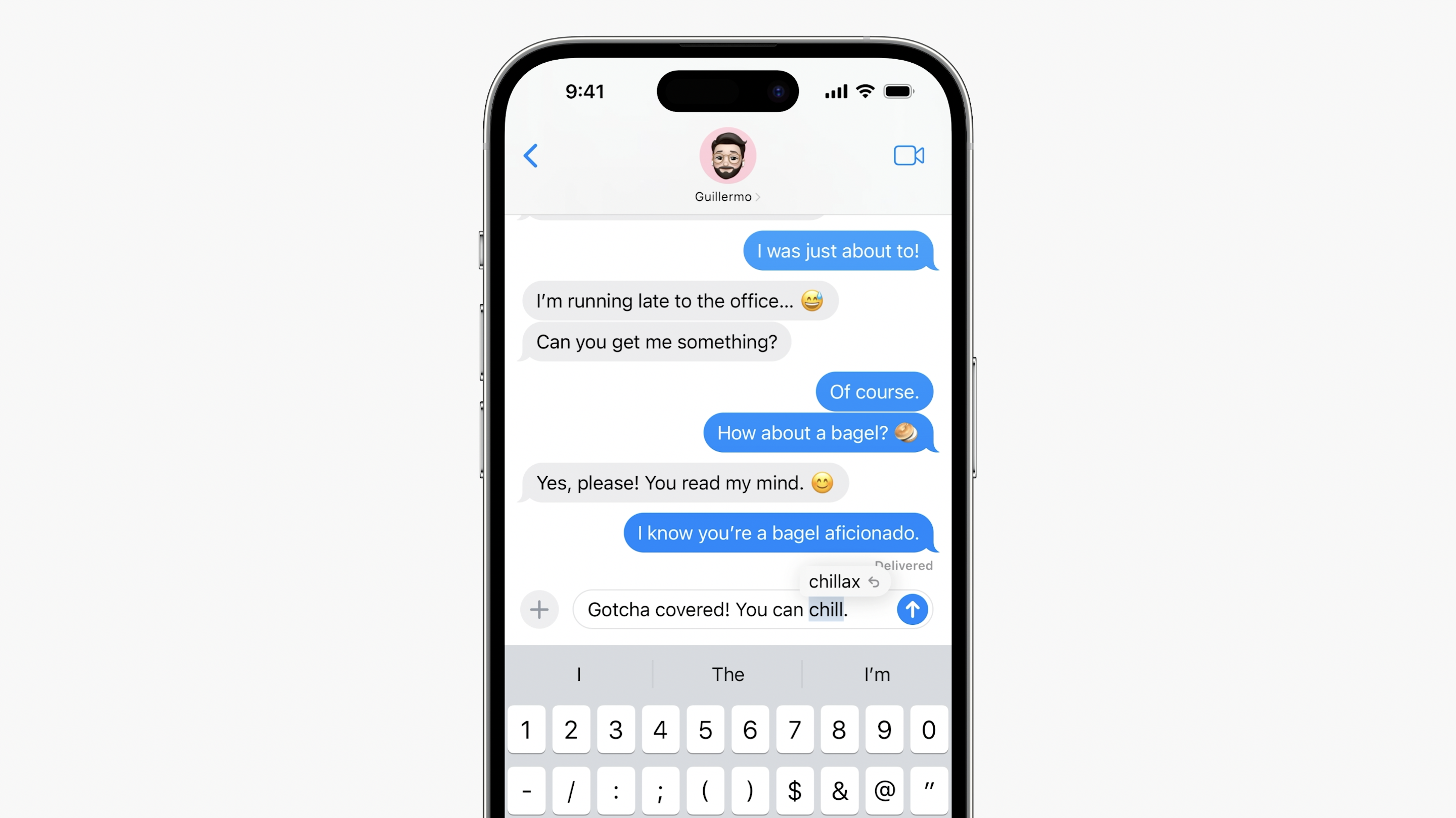
Apple's Craig Federighi is promising more accurate autocorrect, and I'll believe that when I see it. An updated predictive text feature will add possible spelling to the text of the message your composing (sort of like Gmail, from what I can see.)
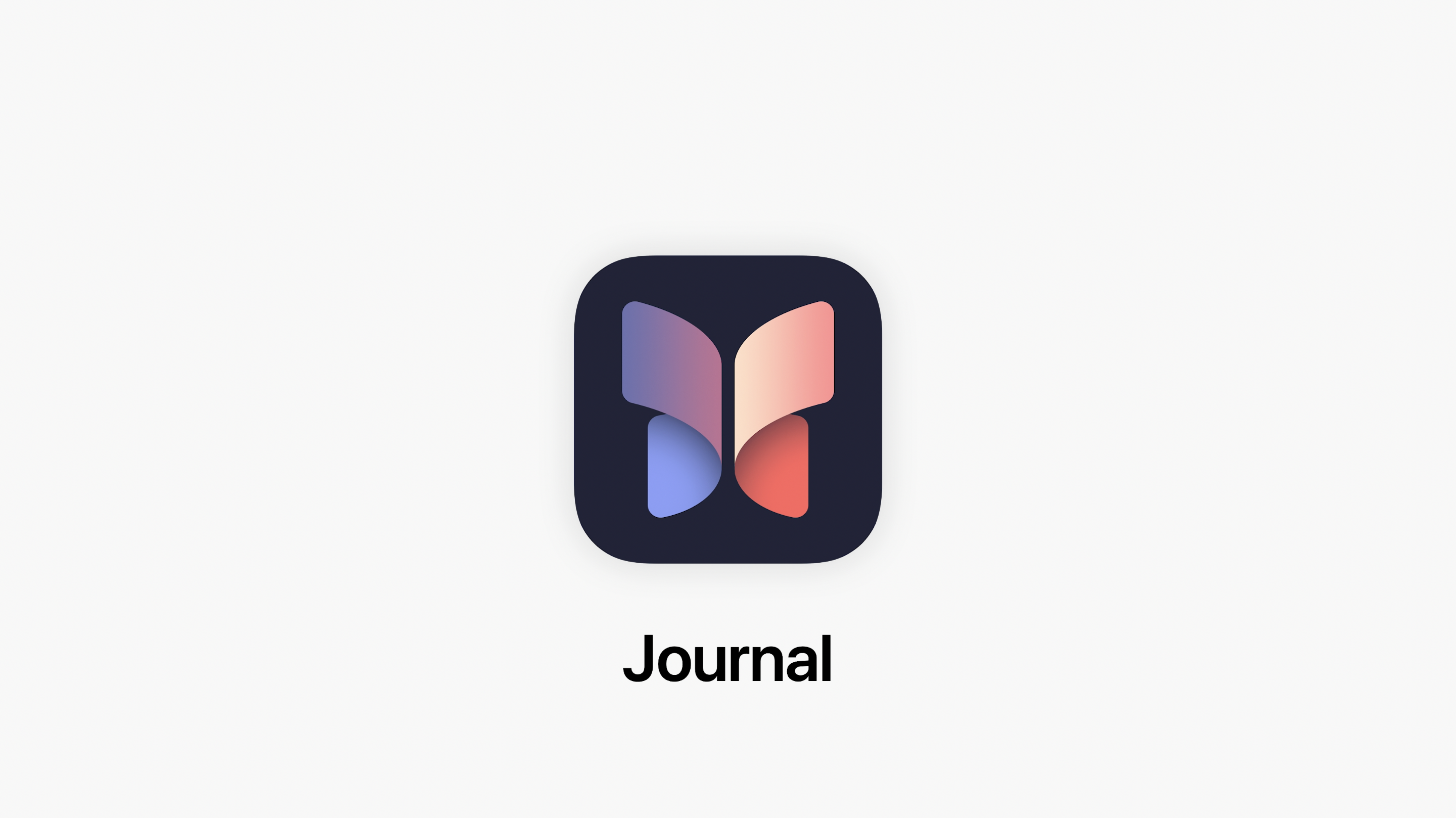
iOS 17 adds Journal, which Apple is pitching as an app aimed at improving well-being. The app will draw on photos, location, music and what have you to suggest journal entries to help you get started.
You can add photos, map locations and music links to journal entries, and there's an area to jot down your thoughts, You can schedule prompts so that journalling becomes a habit. And there are privacy features to keep your journal entries safe from prying eyes.
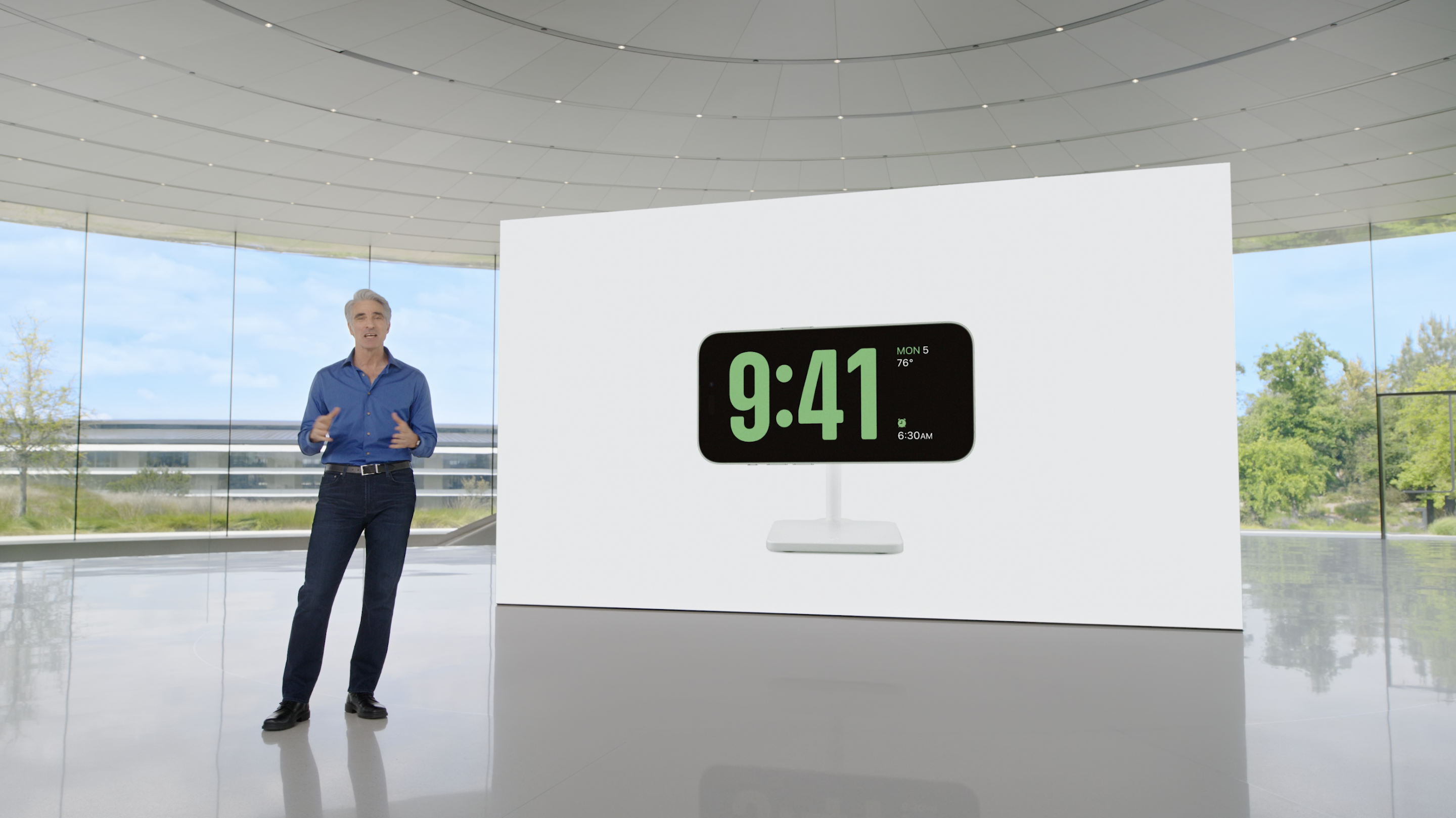
A new StandBy feature is aimed at when your iPhone is on a nightstand or desk. Put it horizontally, and you get glanceable information like the time and photos so that you can see them from across the room. StandBy also takes advantage of widgets, so you can add things like schedules, game scores and weather forecasts. Siri works in StandBy, too.
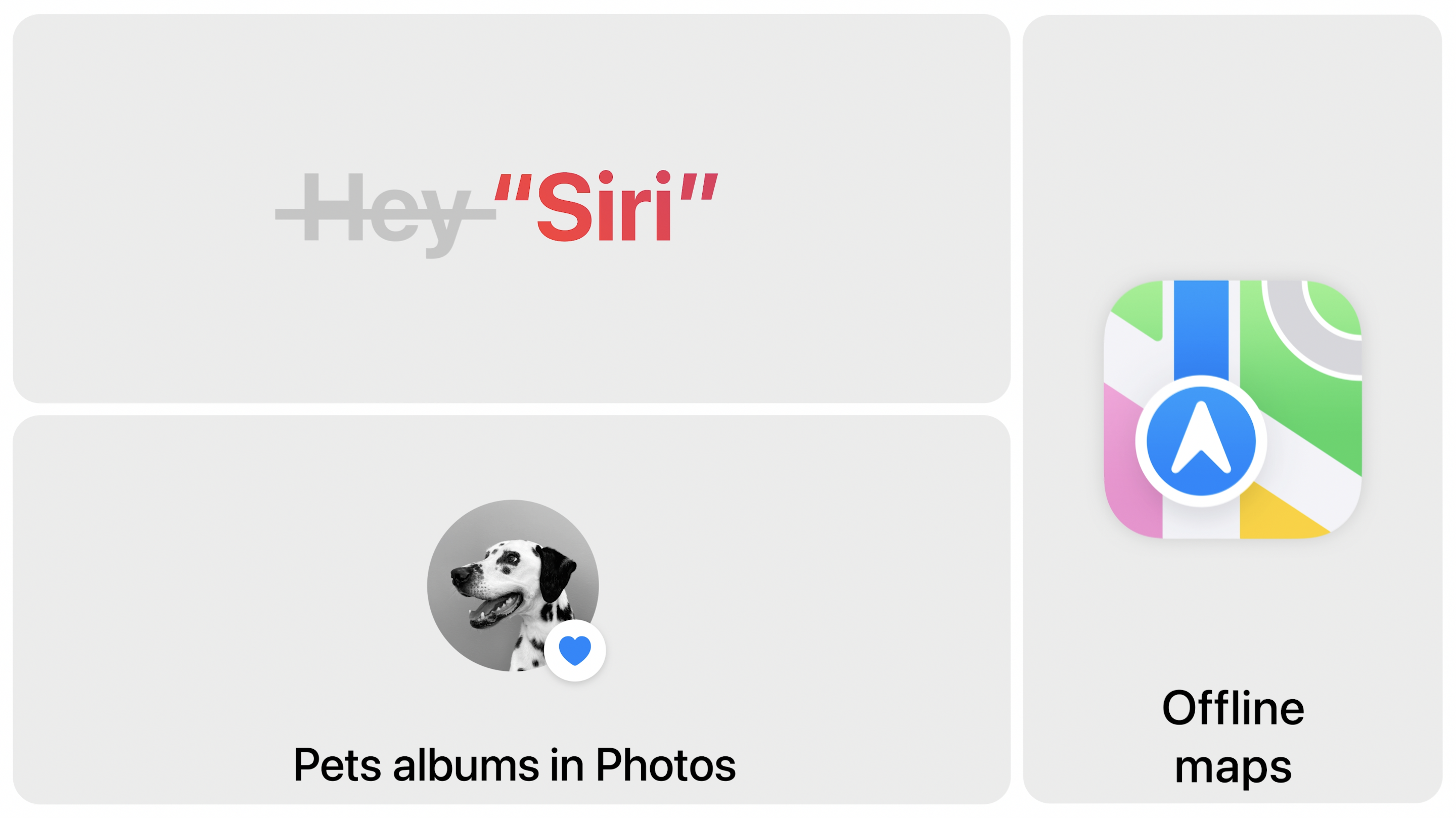
Other iOS 17 features: You can say "Siri" to activate Siri (rather than saying "Hey Siri") and you can give back-to-back commands. Maps is getting an offline maps compatibility and Photos can now recognize pet faces.
And that wraps up the iOS 17 update.

As for iPadOS 17, the iPad software adds widgets to the lock screen, and you can now interact with widgets on screen — examples include ticking off tasks in a Reminders widget or controlling music playback from a widget.
In terms of the lock screen, it's basically the functionality that Apple introduced to the iPhone with iOS 16. You'll be able to bring your photos to the iPad lock screen, including live photos.
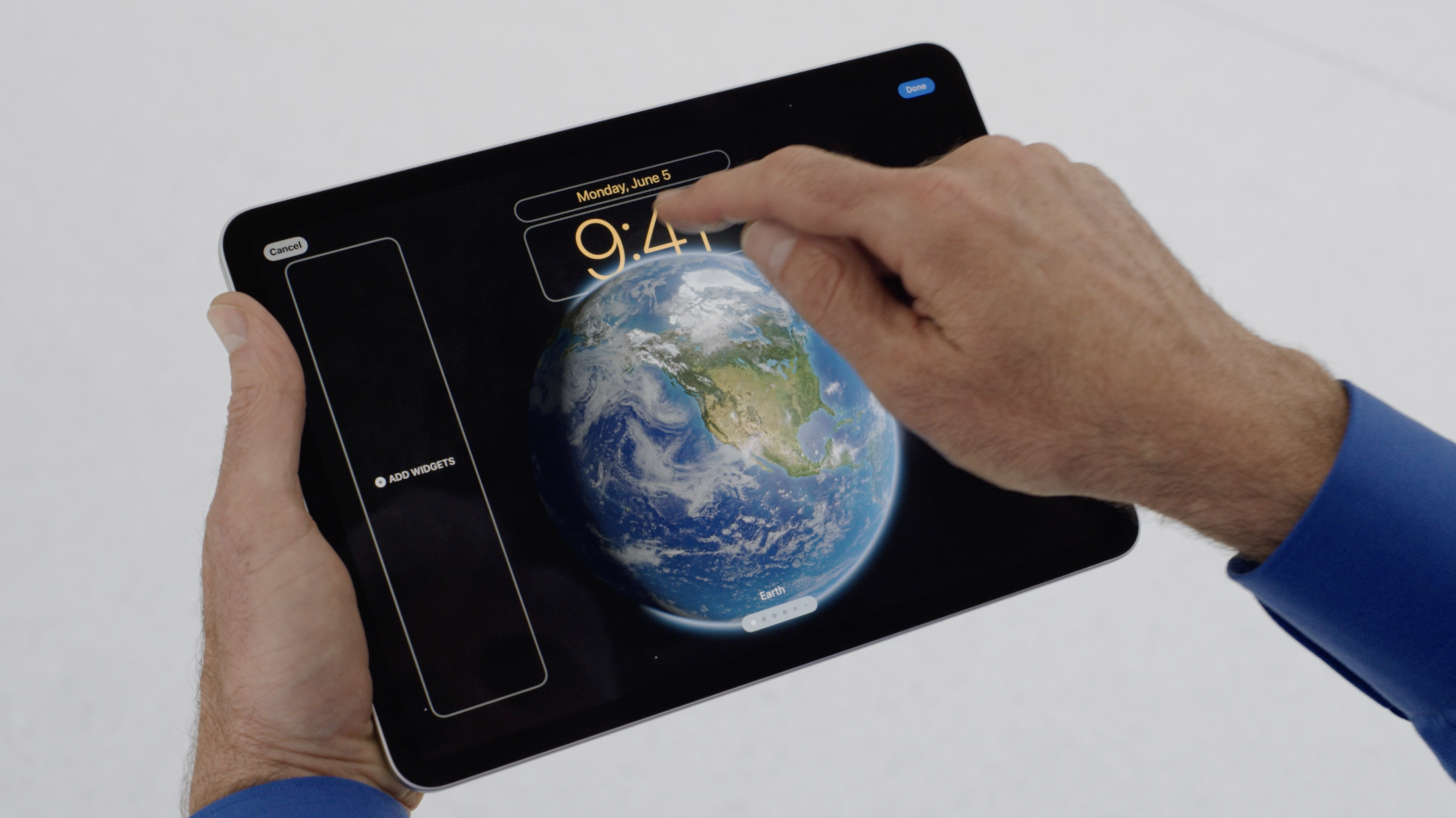
Quite frankly, customized lock screens look great on the iPad. I really appreciate how widgets on the lock screen are stacked along the edge of the tablet like a control center.
iPads are getting Live Activities support and the ability to run multiple timers at once.
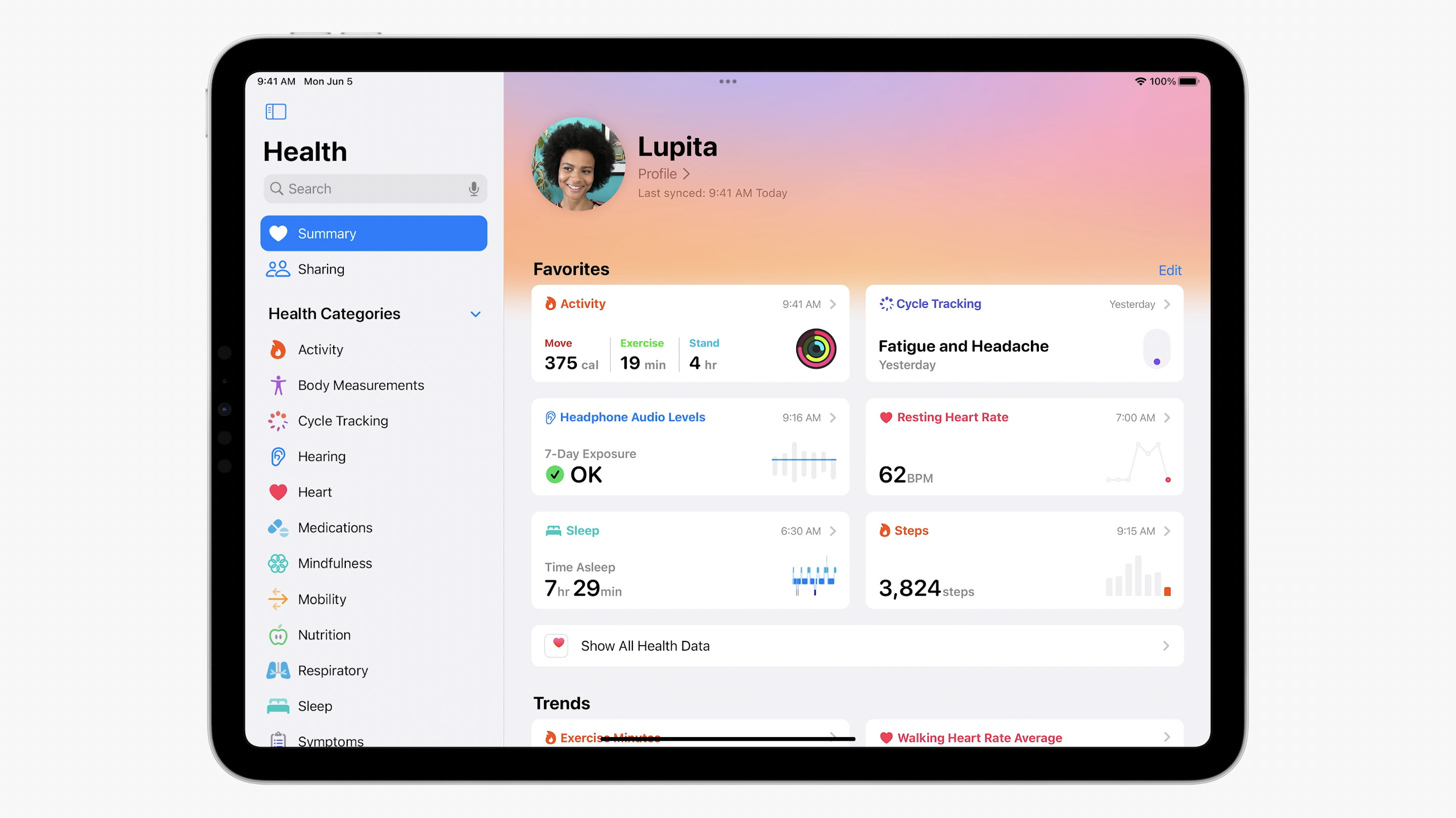
Health is coming to the iPad, and it's being optimized for the larger tablet-sized screen. Highlights include interactive charts and the ability to sync data across devices.
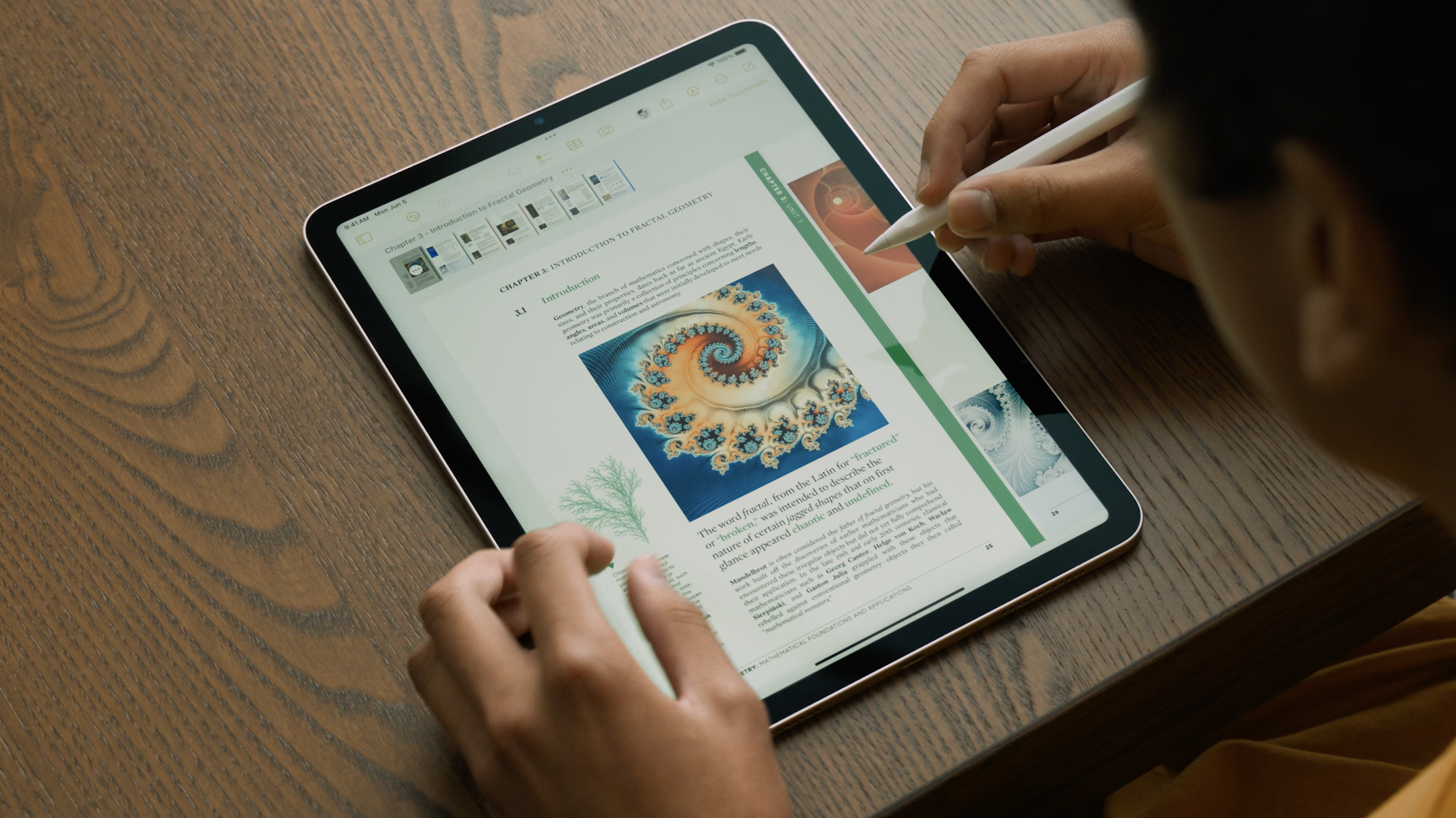
iPadOS 17 adds some features that makes it easier to work with PDFs, including the ability to recognize fields that you fill out and adding electronic signatures. Notes on the iPad adds PDF annotation features. When you collaborate with people on a PDF, you'll see changes in real-time.

Other iPadOS 17 changes include improvements to Stage Manager and Freeform (such as new drawing tools).
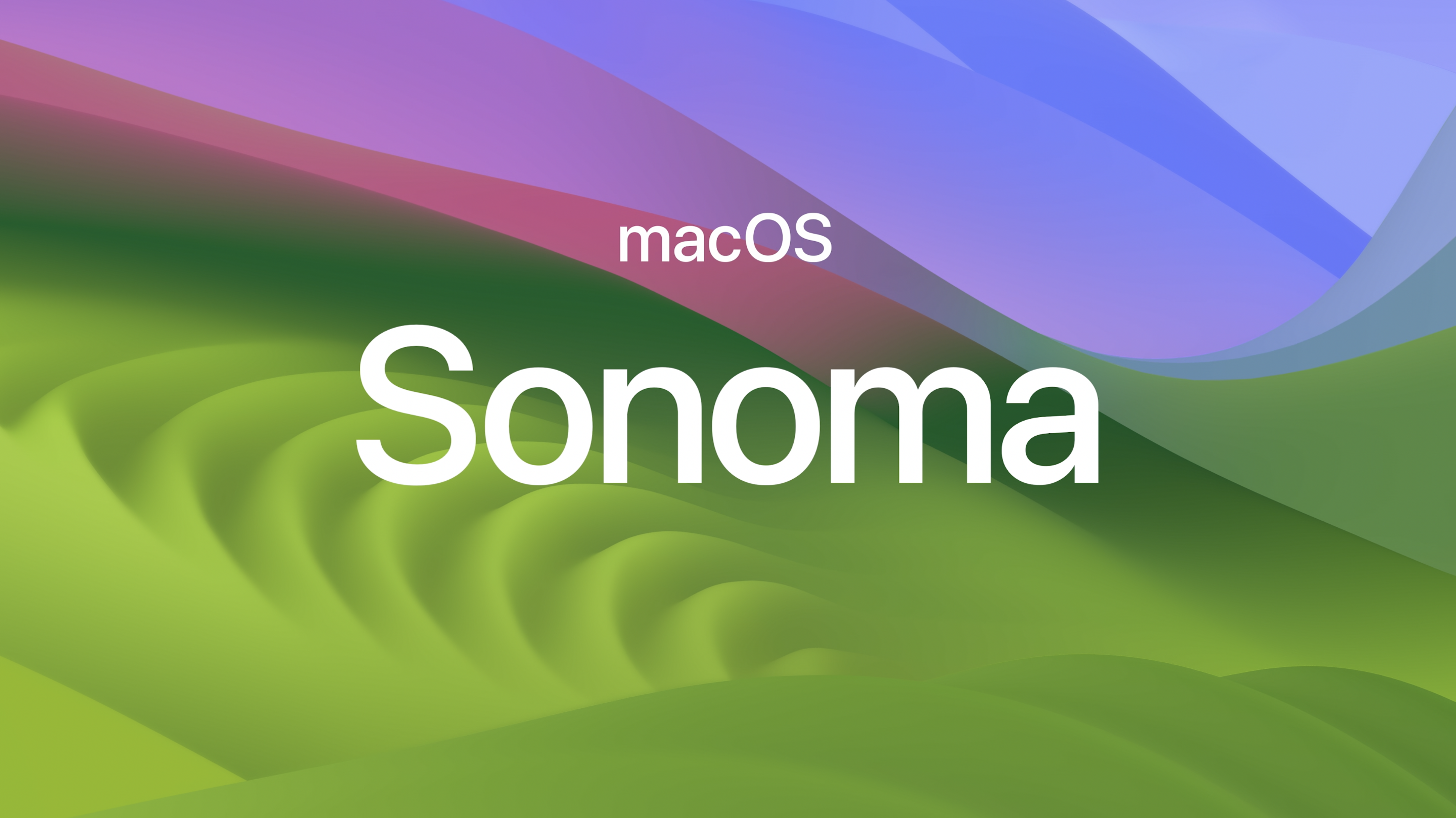
MacOS 14 will be macOS Sonoma. This is Napa Valley erasure.
The update will feature screensavers, which look a lot like the screensavers on my Apple TV.
Widgets are getting an update that moves them out of the Notification Center. You can now bring your widget into view on the desktop. Open up an app, and widgets fade into the background so that you can focus on the task at hand.

We're now going to talk about gaming on the Mac. Game Mode is coming to macOS. It's intended to improve game performance on Macs, with a Game Porting Toolkit to help developers bring their games to Metal 3 and macOS 14.
One of those games will be Death Standing Director's Cut.
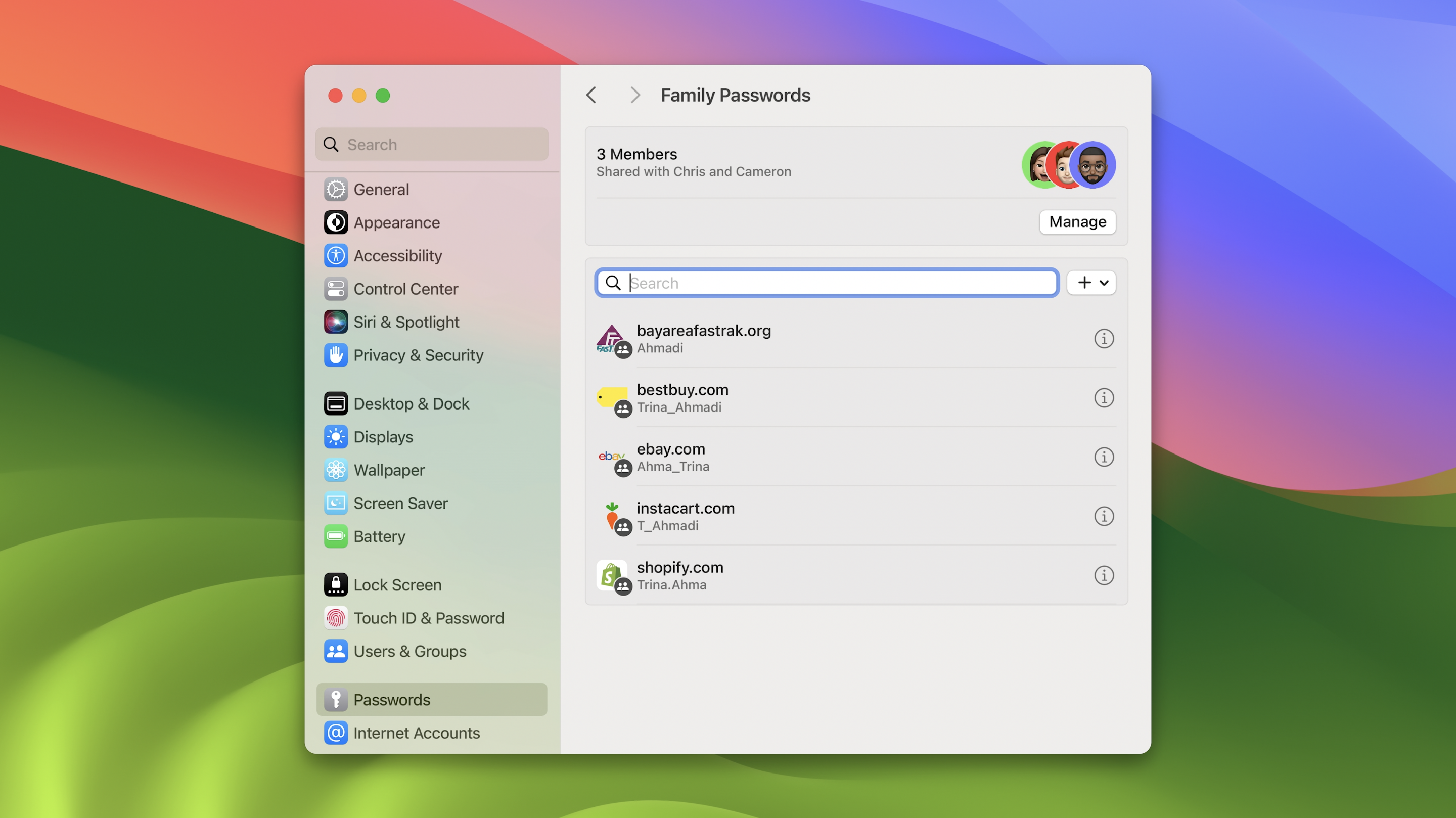
Overlay and on-screen video effects are coming to video chats on the Mac. Those video effects will also work with third-party video conferencing tools (presumably once developers add support for them).
Safari is adding a feature to private browsing that locks your browser window when not in use, and there's enhanced tracker blocking.
A Profiles feature in Safari let you separate personal browsing from work-related browsing.
Finally, a Web apps on Mac feature converts frequently used Web applications into app-like experiences you can launch from the dock on your Mac.
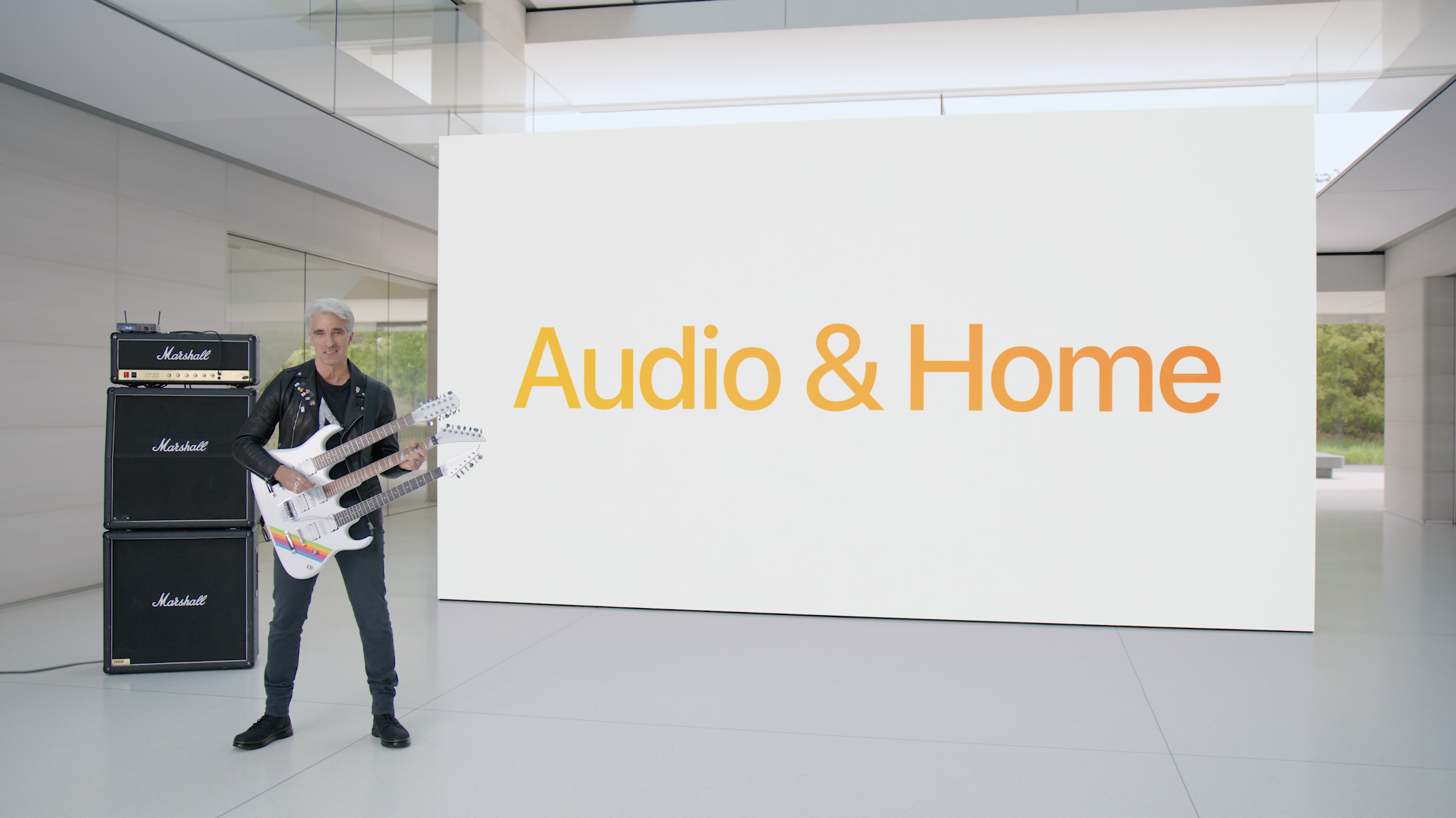
AirPods Pro is apparently getting a feature that automatically drops the volume of what you're listening to when people are speaking to you.
Adaptive Audio is a new listening mode that adapts the amount of noise cancellation going on.
AirPlay is coming to select hotels later this year.
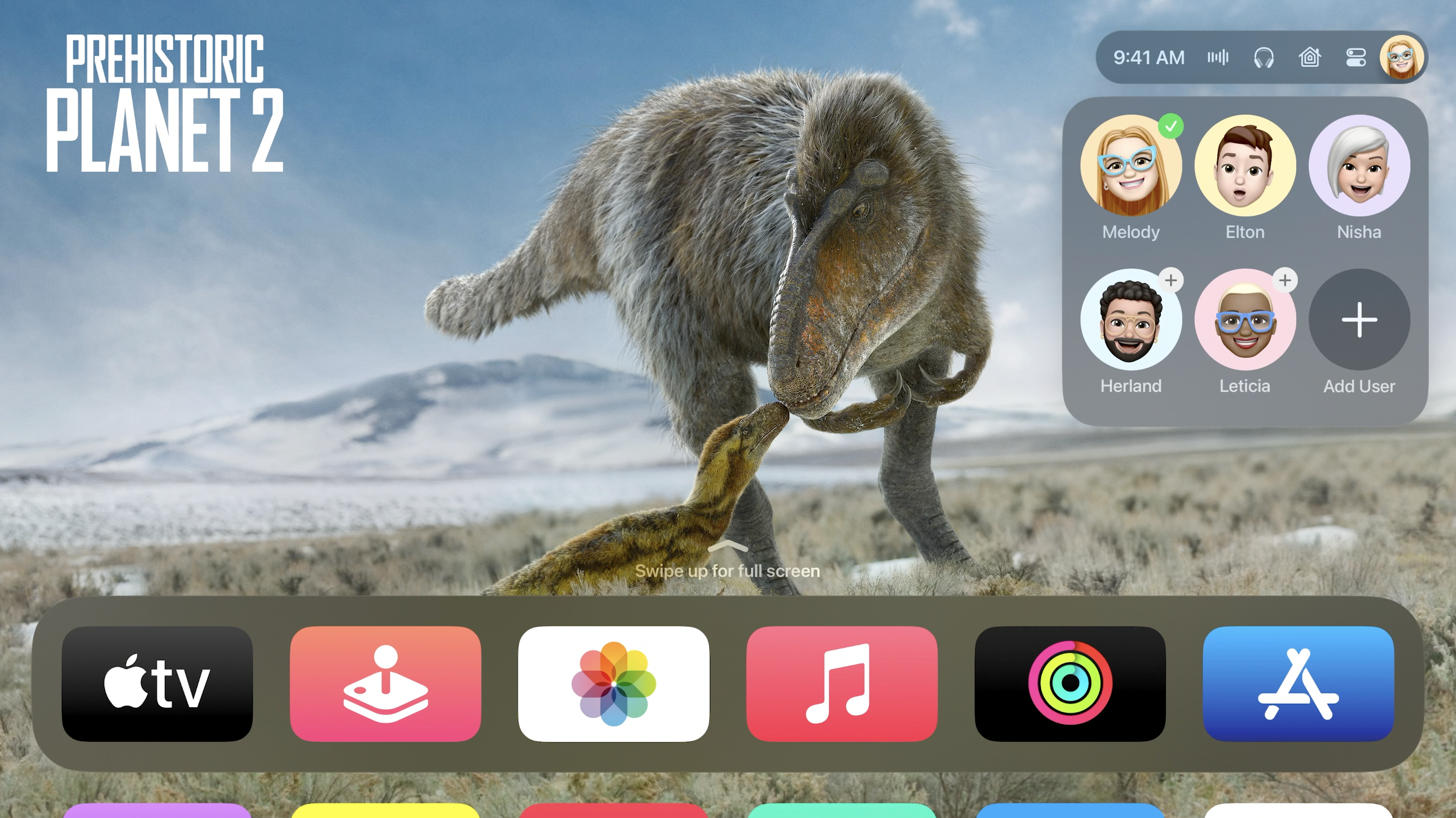
As for CarPlay, SharePlay is coming to car, so that you can share music on road trips.
tvOS 17 gets a redesigned control center for accessing things like AirPods. You can select Memories, so that your own photos become screen savers.
The biggest addition is clearly FaceTime for Apple TV. It will wirelessly connect to your iPhone or iPad, letting you have conversations on the big screen. Center Stage keeps you perfectly framed. SharePlay will also let you watch videos together on FaceTime.

The software updates continue with watchOS 10. The highlight is a new interface that should make it easier to view information on your watchface. From any watchface, turn the digital crown on your Apple Watch to view a smart stack of widgets. You can long press to add a widget to the stack. And widgets like timers are interactive.
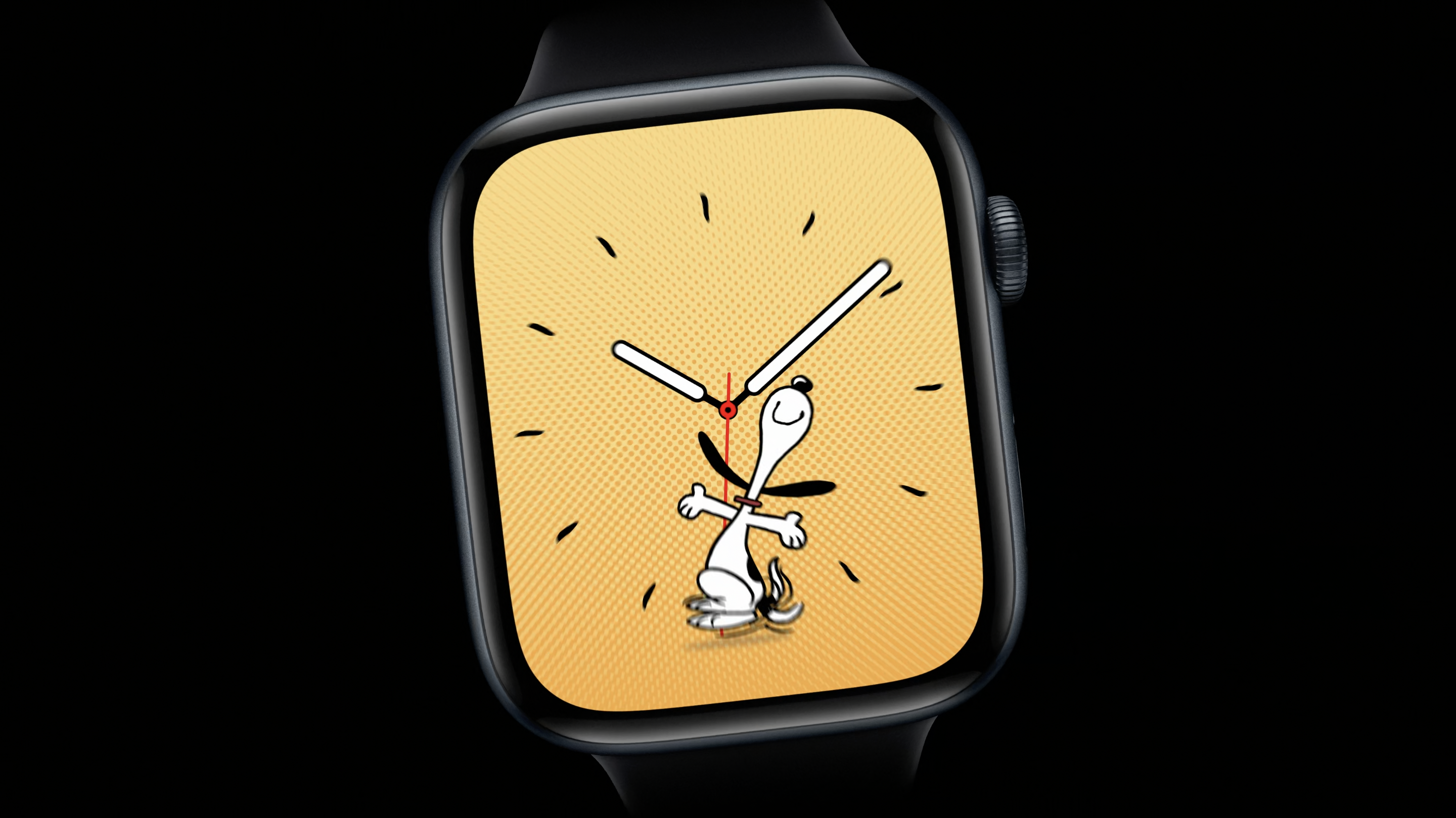
Apps like Activity are getting a redesign for Apple Watch. Developers will be able to use the design language to update their apps with full-screen views.
Snoopy and Woodstock are coming to Apple Watch watchfaces, as well.
watchOS 10 first look! Easy access to Smart Stack widgets and a lot more pic.twitter.com/odKnmROYqZJune 5, 2023
The view of watchOS 10 from Mark Spoonaeue's perspective.
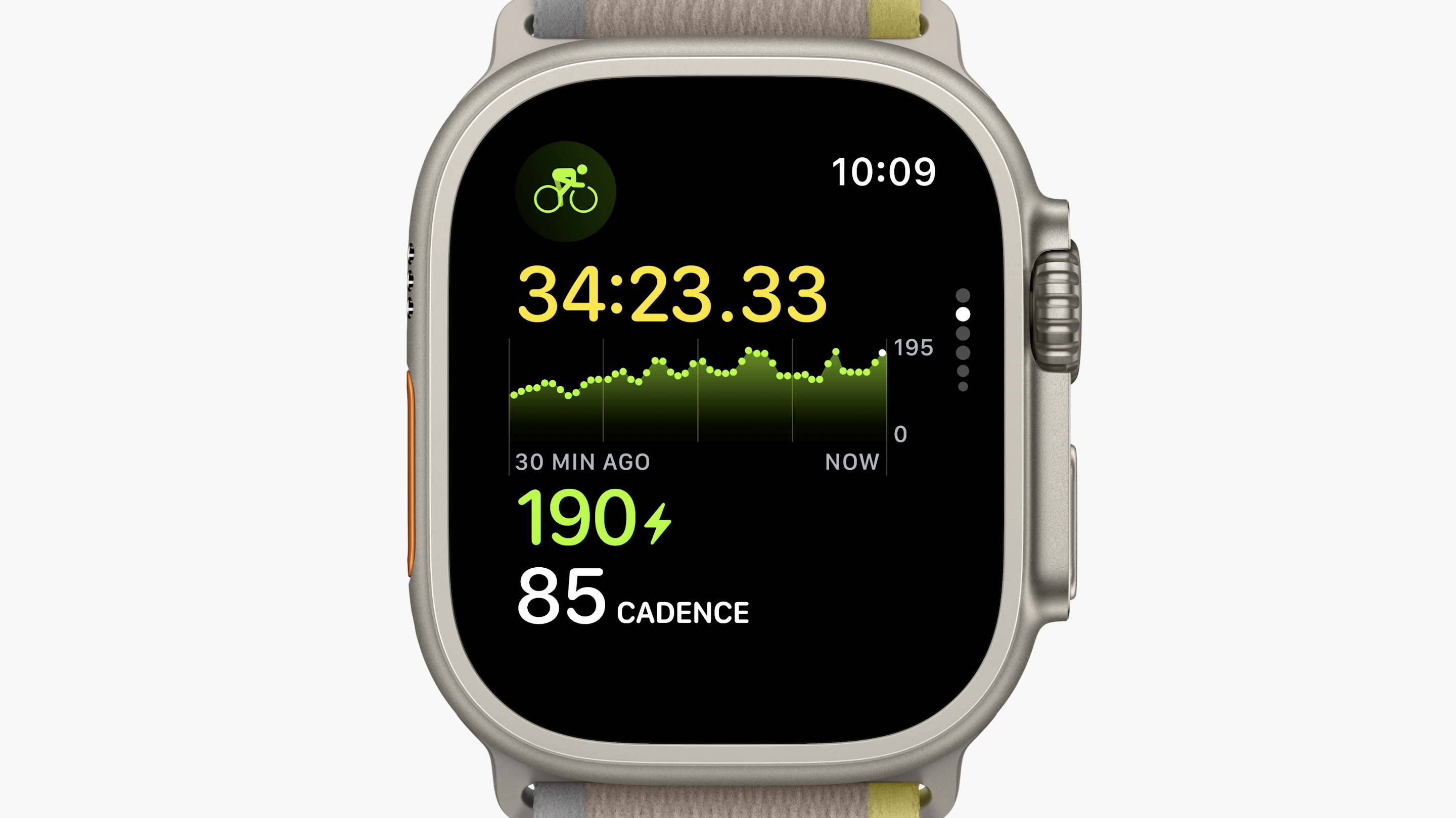
A Cycling app will let you connect your watch to sensors on your bike. There are workout metrics and views coming as part of the watchOS 10 update.
The Compass app is adding waypoint that shows the last point you had cellular connectivity as well as a waypoint where you can make SOS calls. There's an elevation view in Compass and a new topographic view coming to Maps. These features are aimed at hikers.
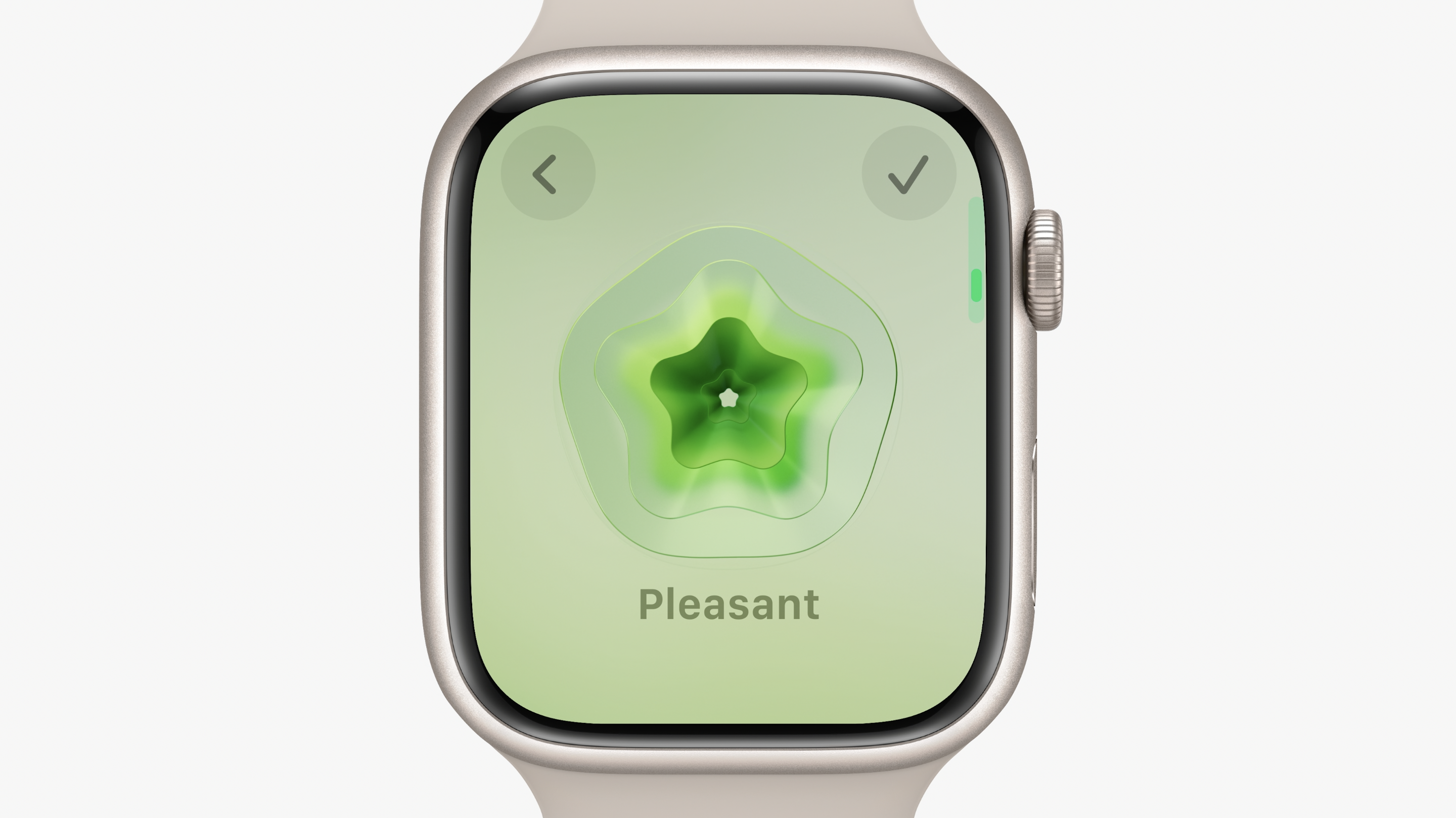
Some health capabilities coming to watchOS 10 and iOS 17 include mental health features. Specifically, you can use watchOS 10's Mindfulness app to log your mood and what's affecting it. (That feature's coming to the iPhone, too, even if you don't have a watch.)
You can also take standardized assessments often used in clinics to see if you might be prone to depression or anxiety. Presumably, the app will direct you to resources if that is the case.
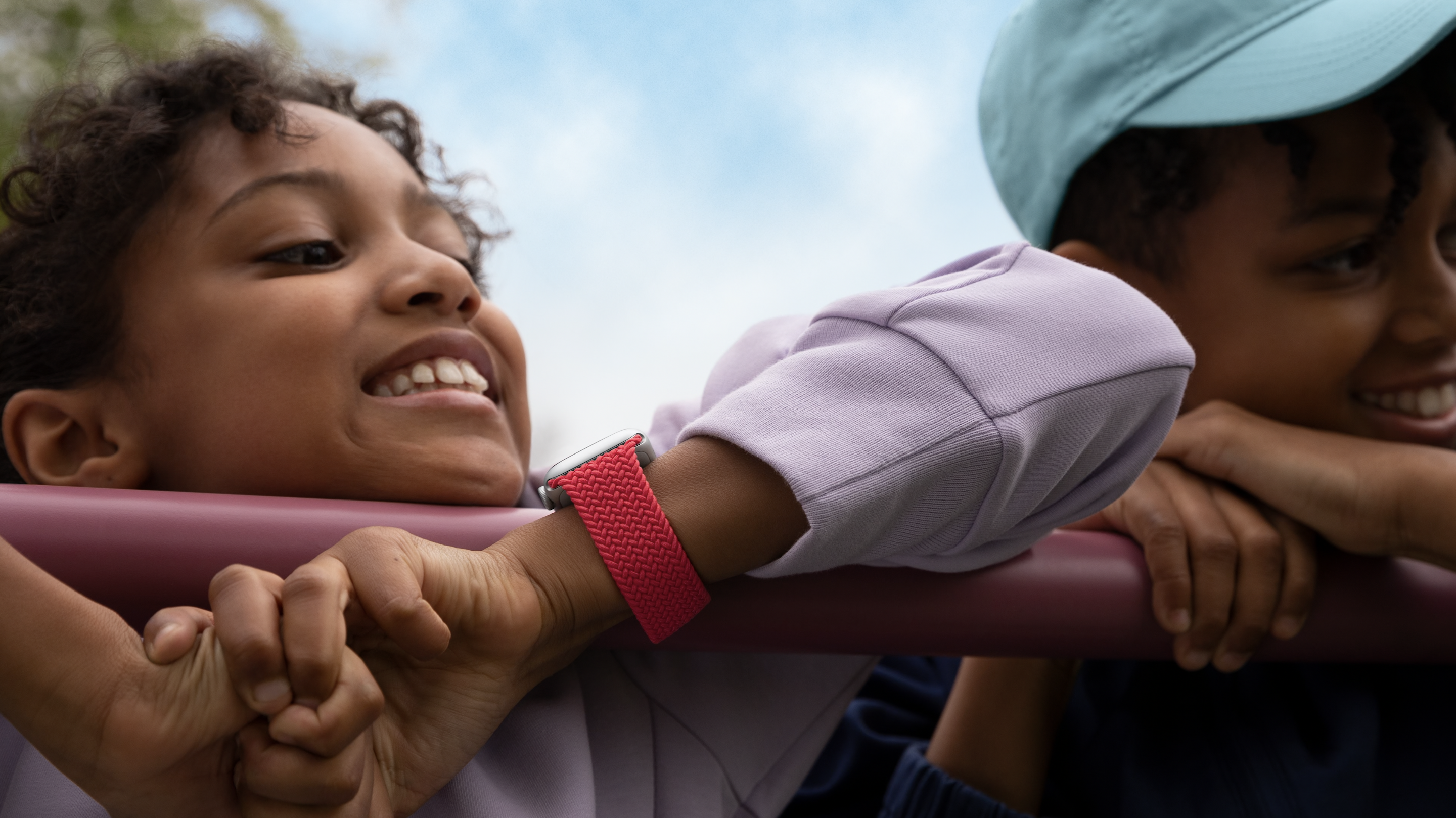
Vision health — myopia, specific — is also a focus of Health improvements in watchOS. Because time spent outdoors apparently helps stave off myopia in children, the watch can now log the amount of time spent outdoors. A screen distance feature measures if children are holding devices too close. (It also helps adults avoid eye strain.)
FaceTime is coming to Apple TV! #WWDC23 pic.twitter.com/VoZuRQRqrvJune 5, 2023
Why Apple wraps up its software section, here's a look at the FaceTime on Apple TV announcement.

Oh, Tim Cook is pulling the One More Thing trick out of the bag. Friends, it's time to talk a new AR platform and the product that comes with it.

Apple's headset will be called Apple Vision Pro. Tim Cook says it seamlessly blends the real world with the digital world. You "look through it, not at it." You control it with eyes, hands and voice.
You can use your apps anywhere and make them any size you want. Think blending the digital space into the world around you. Apple calls it "spatial computing."
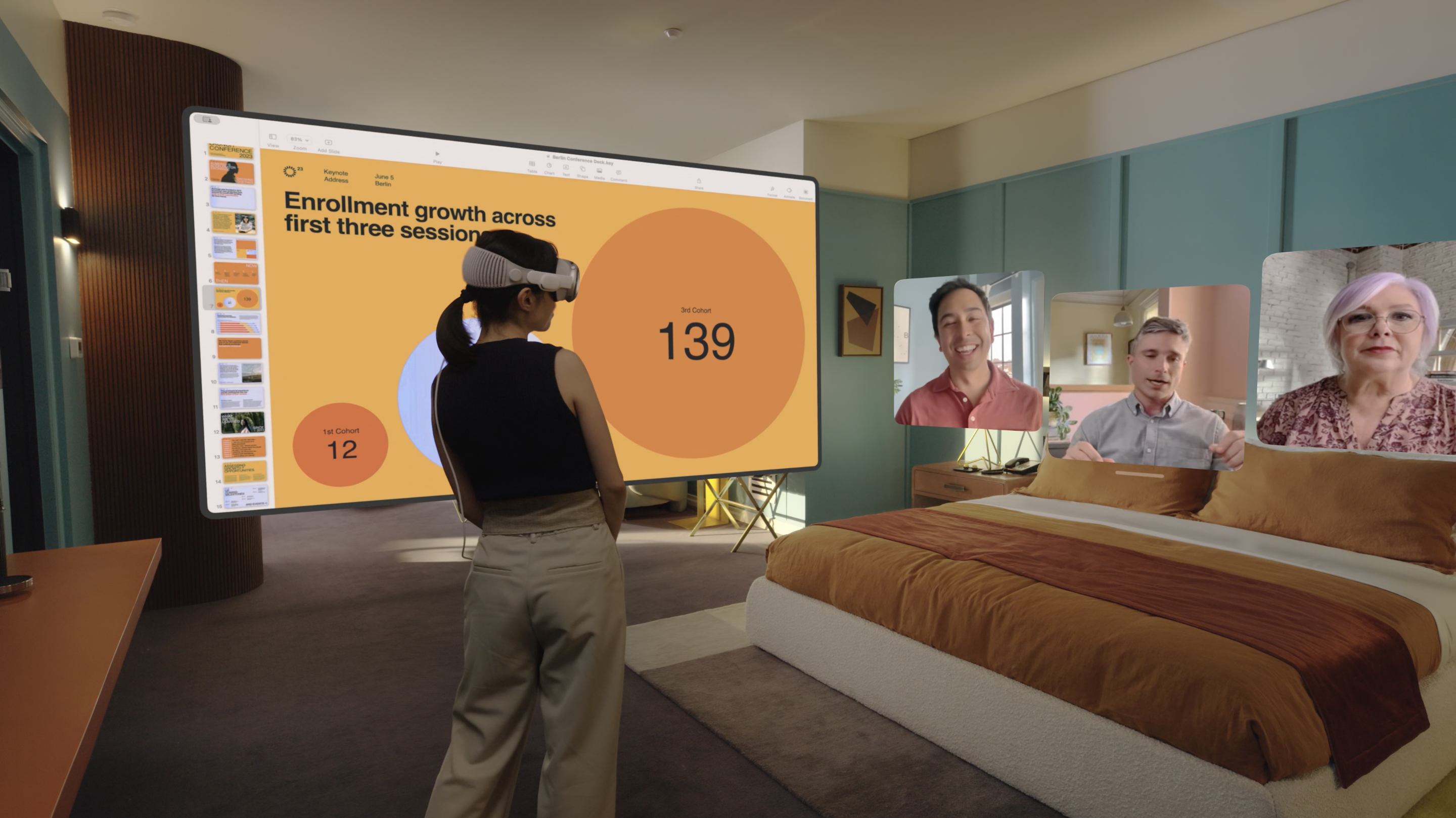
So we're getting a Vision Pro overview. Your apps appear before you, and can scale up to any size. You can place apps where you want them, and it should feel like moving around real-world objects.

Environments are virtual worlds, and you can use a digital crown on the side of the headset to determine how immersive an environment is.
You browse through things by looking at them. Tap your fingers to select, or flick to scroll. Apple says it designed gestures to be natural and subtle.
There's also voice input — you look at a search field and dictate, for example.
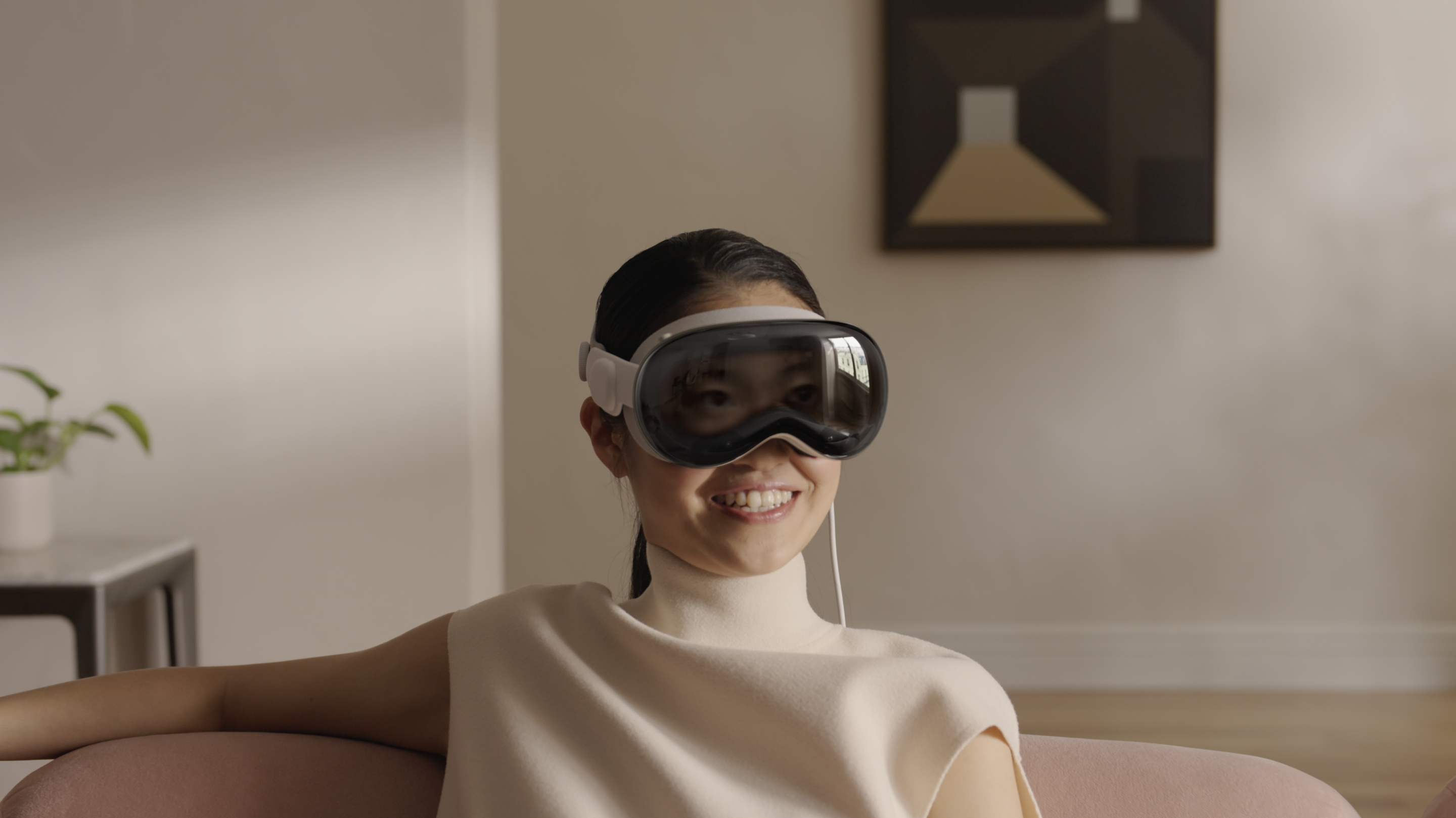
An EyeSight feature lets your eyes appear through the Vision Pro viewfinder when people are nearby. A visual cue lets them know when you're in an immersive environment.

These aren't just flat images of your apps. If there are 3D objects, you can pull them out, and see them from every angle.
There's also a virtual keypad if you want to type, though Vision Pro connects to physical accessories, too.

Apple is touting the merits of Face Time on the Vision Pro, because all the faces appear before you as floating tiles. You can also keep other apps open off to the side, which is handy for presentations or multitasking.
You've got a Photo library that displays your photos as big as you want them. Panorama photos are particularly well suited to Vision Pro, as they'll wrap around you.
There are cameras on the Apple Vision Pro that capture spatial videos and photos, so that they have a degree of depth to them.
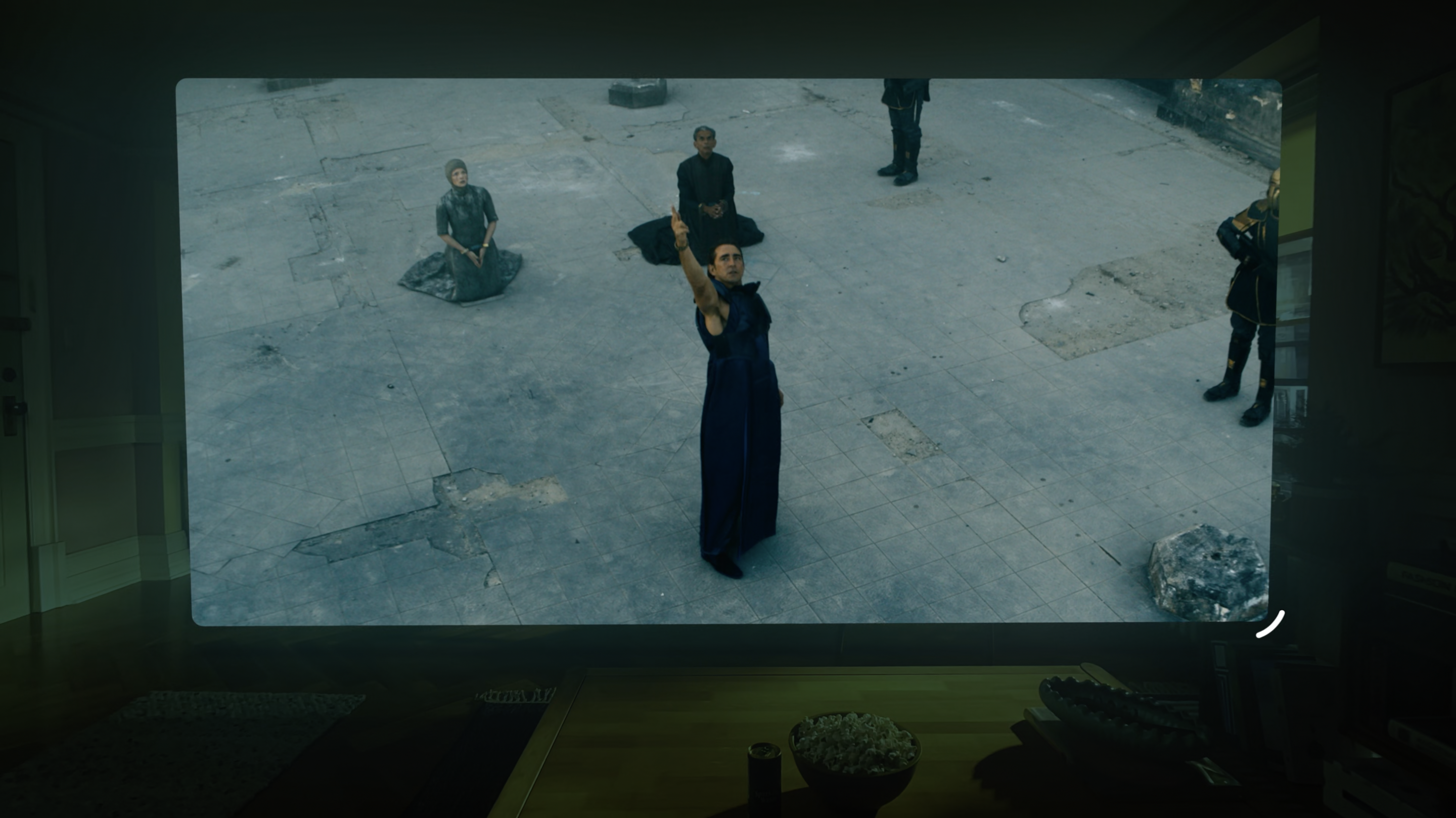
Vision Pro has video viewing features, too, with the device automatically dimming the ambient viewing so that it feels like you're watching a show in a movie theater. You can supersize the screen as well. Programming from Apple TV Plus "and other streaming services" will be available for Vision Pro, Apple says.
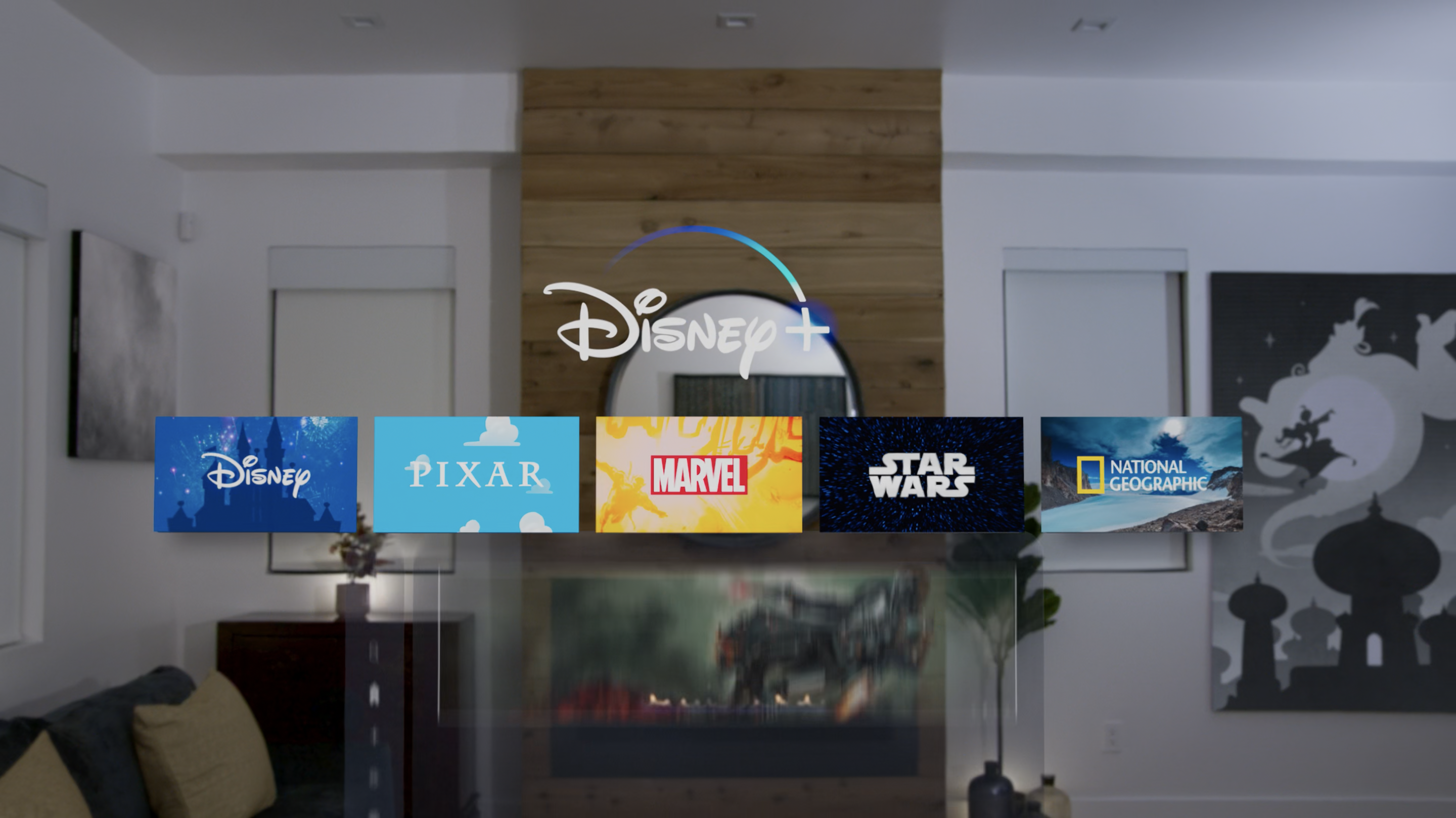
Disney is excited about this, as Bob Iger is here to show off what Disney Plus might look like on the Vision Pro. That means a viewing area for a show like The Mandalorian with supplemental screens showing information about the show. ESPN Plus videos show stats alongside game footage.
It all sounds great, I guess, until Disney unceremoniously yanks the content from its streaming services without warning.
Nevertheless, Disney Plus will be available on Vision Pro from Day One.
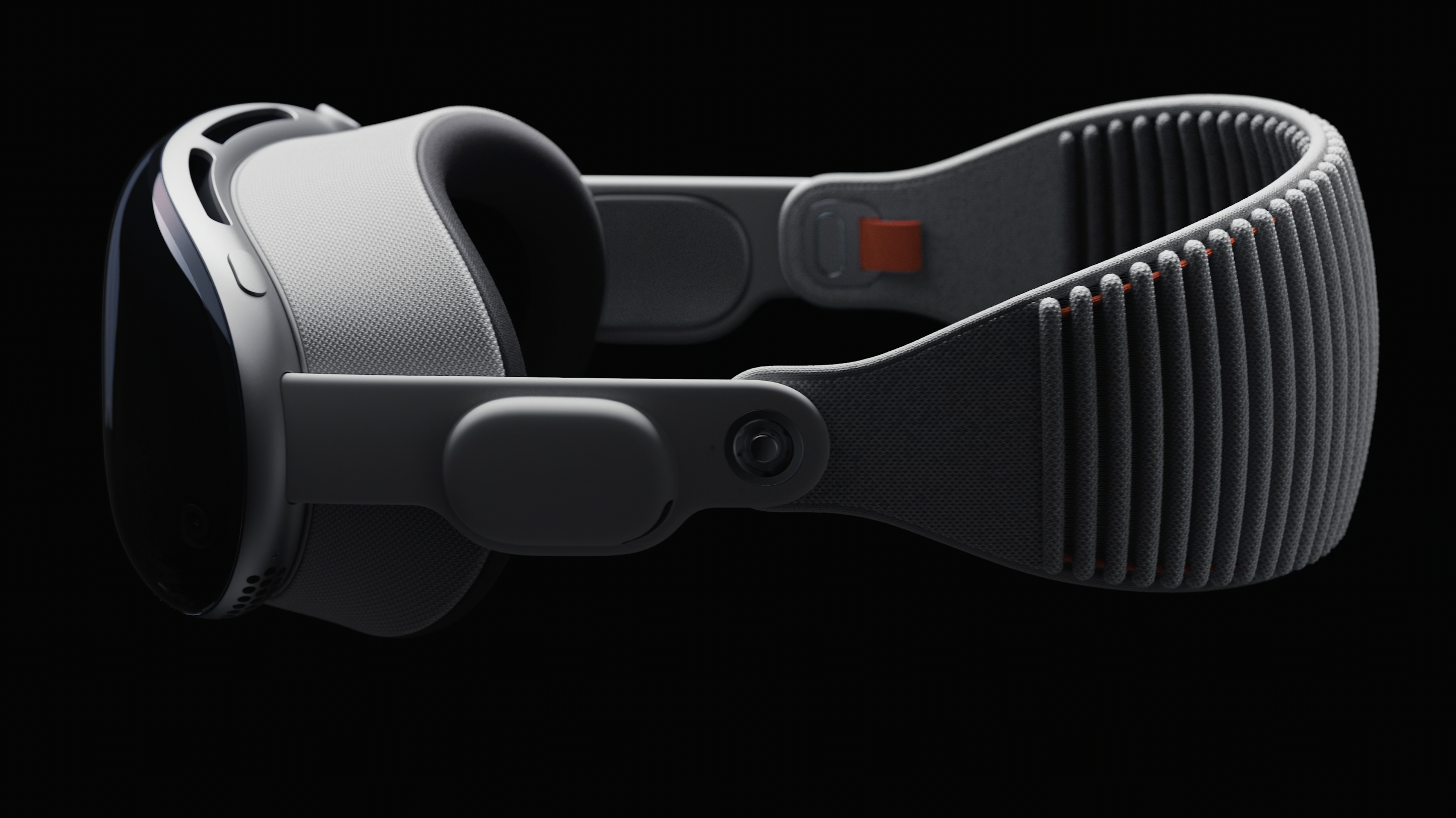
Apple Vision Pro reflects a decade of Apple product design learnings. The headset uses lightweight materials. Polished laminated glass makes up the front. There's buttons for capturing video and photos, plus the aforementioned Digital Crown. It sounds like Apple is using aluminum for the frame.
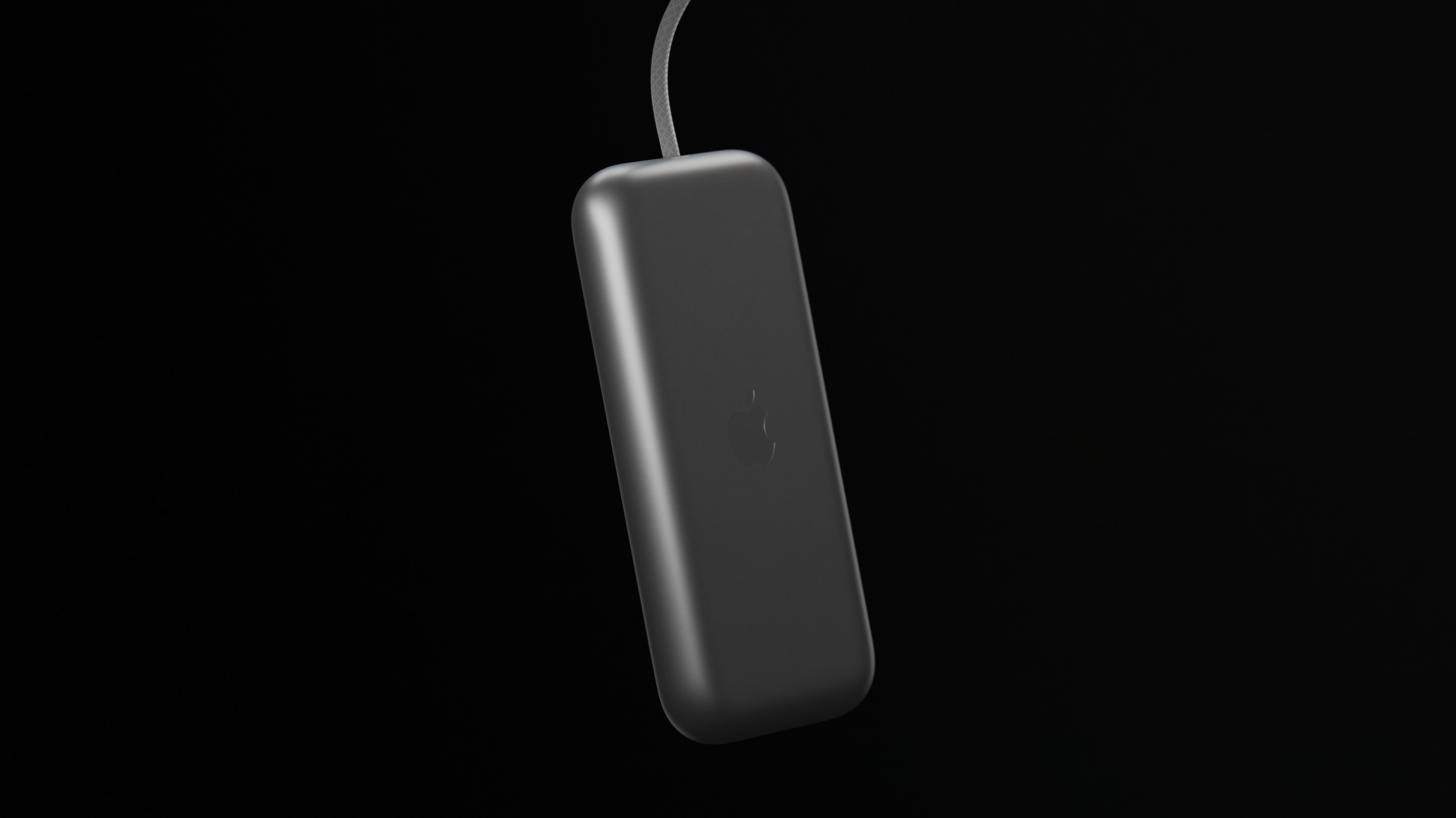
If you wear glasses, there are customized optical inserts that will let you be able to use Vision Pro and actually be able to see things. That's part of a collaboration with Zeiss.
There's a separate battery pack you put in your pocket so you don't have to carry that weight on your head.
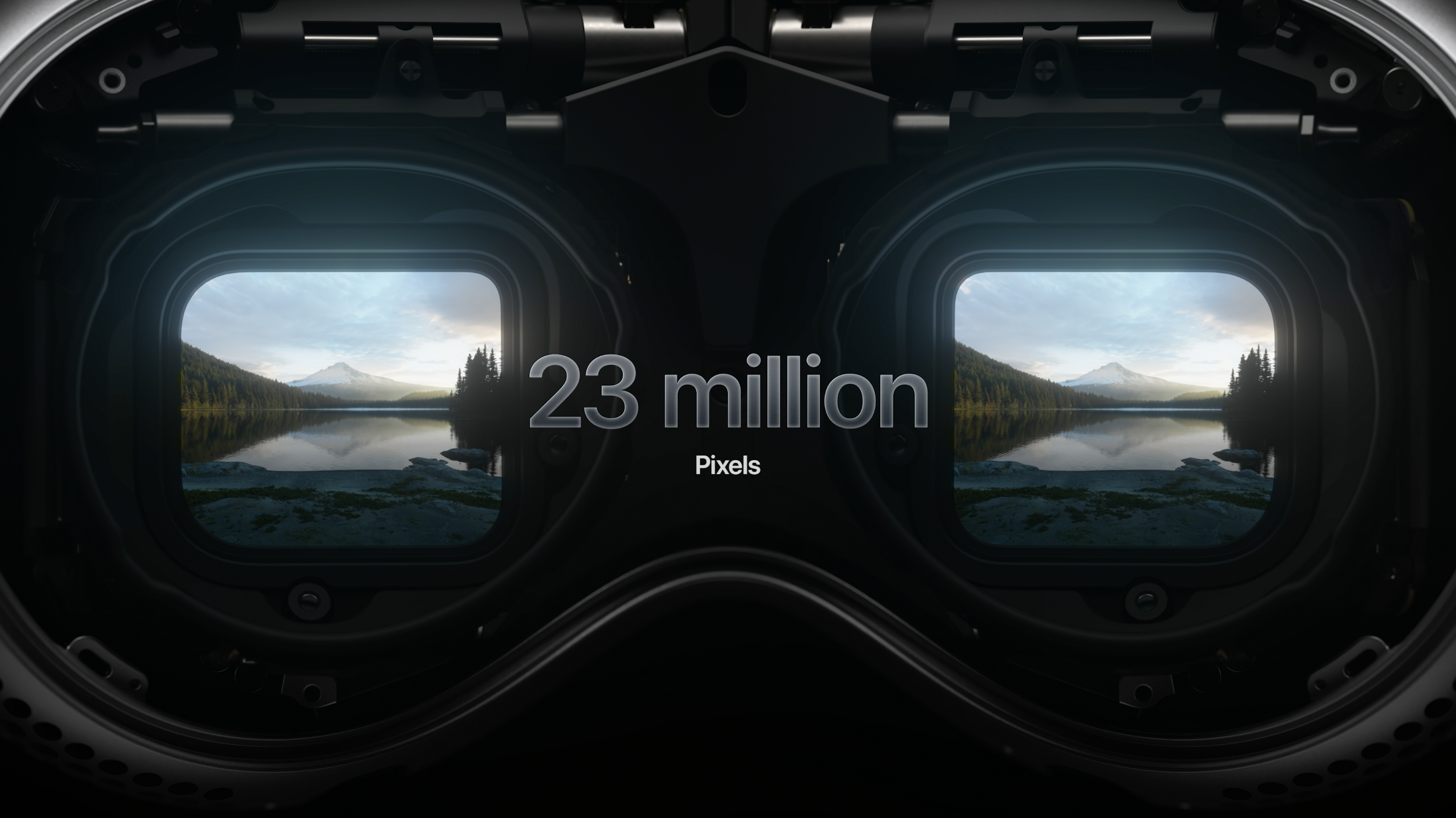
There are 23 million pixels across displays about the size of a postage stamp. That's apparently more pixels than you get on a 4K TV. Video should be clear as will text, from any angle.
As for audio, Vision Pro features a new type of spatial audio that makes it seem as if sound is coming from all around you. Audio ray tracing precisely matches sound to your room.
There are lots of cameras and sensors on this thing to not only beam your video but track your gestures.
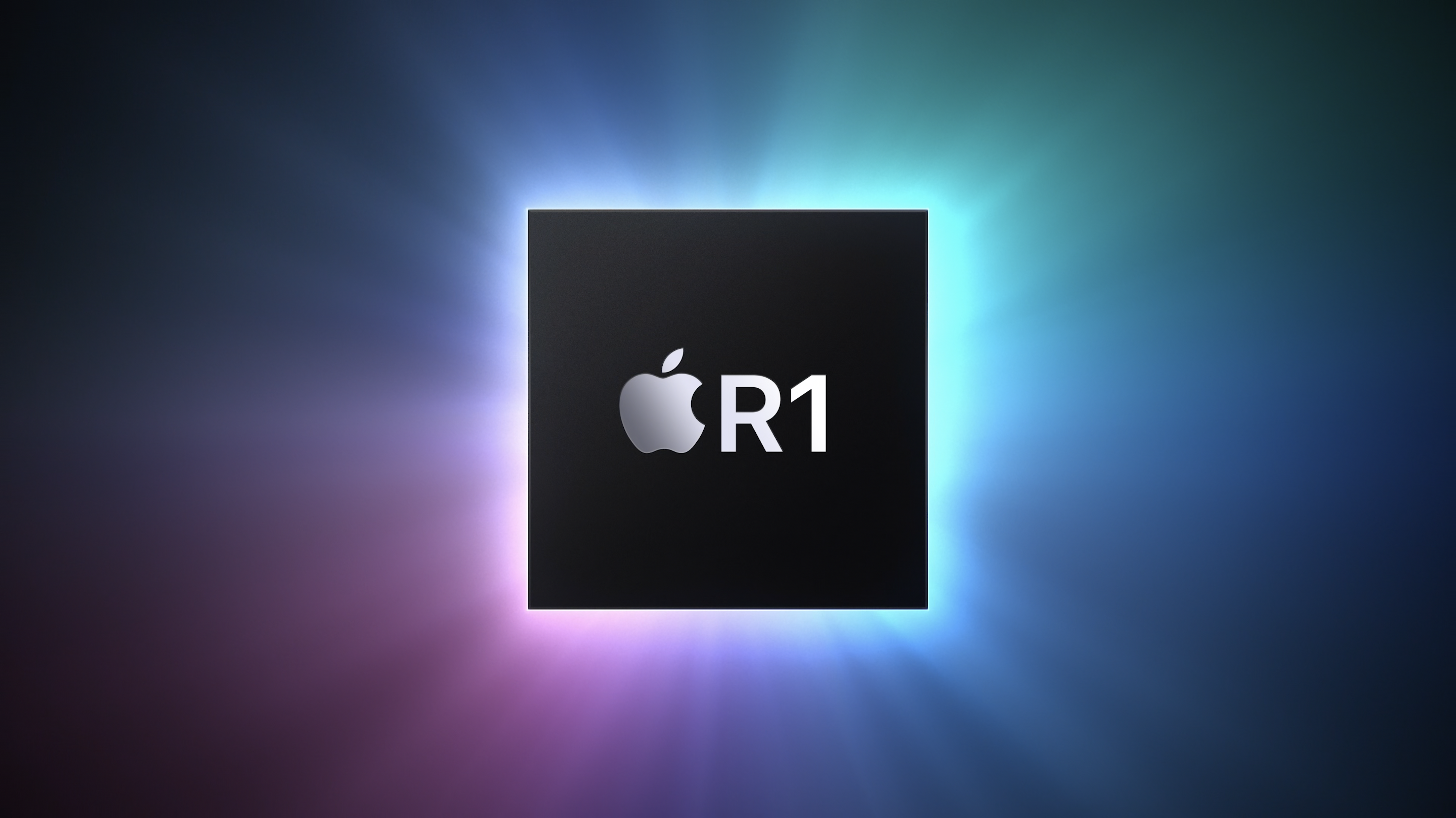
The Vision Pro uses a dual chip system — an M2 chip plus an R1 chip that handles real-time experiences. The former delivers performance while the latter makes sure what you're seeing looks like it's really happening right in front of you.
An operating system called VisionOS is powering all this.
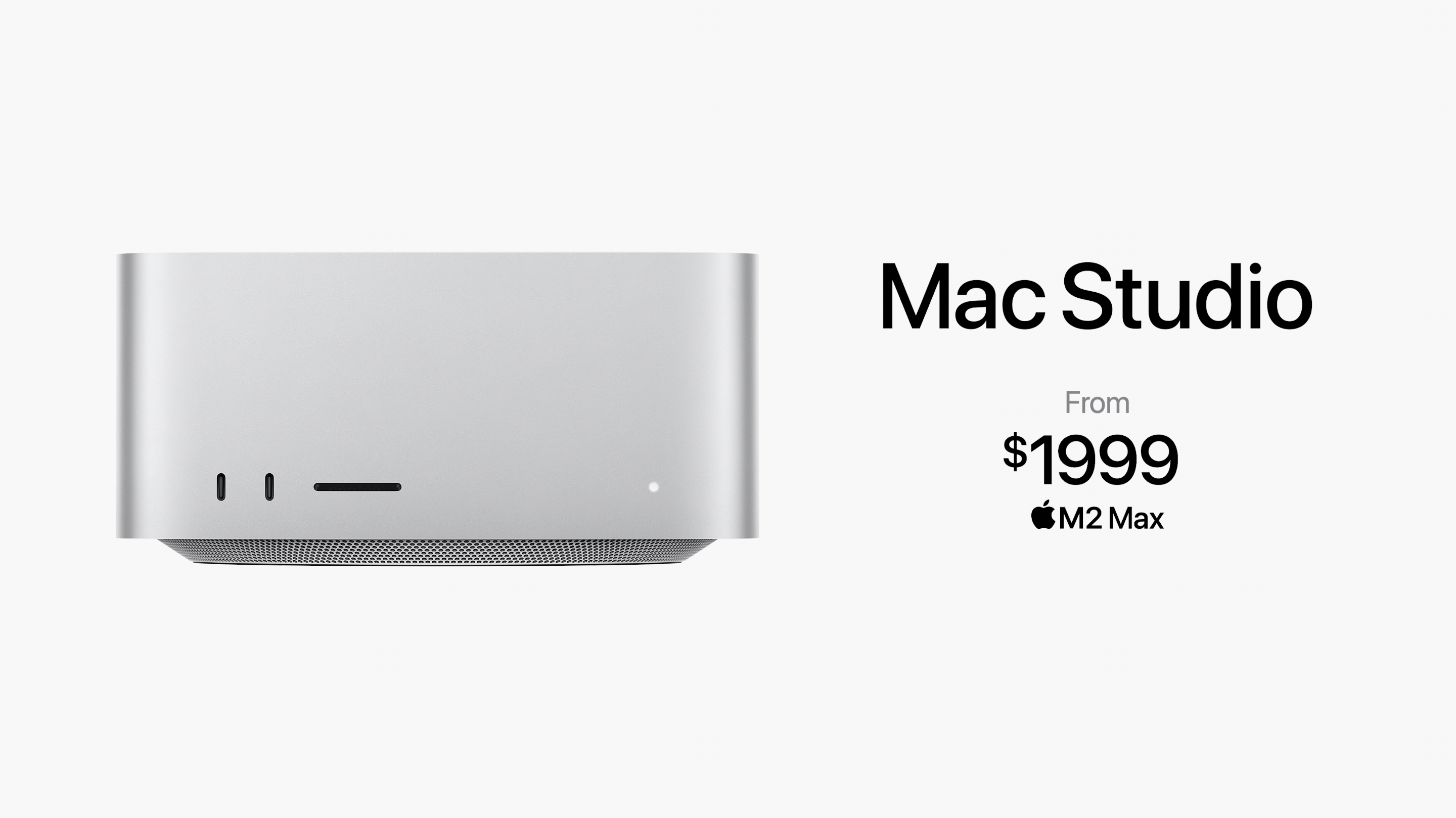
Let's pause this Apple Vision Pro demo to introduce you to the new Mac Studio, powered by the M2 Max or M2 Ultra.

Some third-party apps for Vision Pro are getting touted now — we're seeing productivity apps from usual players like Microsoft as well as apps that bring you a personal planetarium or turn you into a virtual DJ.
There are developer tools, too, so that app makers can build their own offerings for Vision Pro, which is the main point of this exercise.
There's going to be a brand new app store for Vision Pro that will include apps for the headset as well as iPad and iPhone apps that work on Vision Pro.
This is what your Digital Persona looks like on the Apple Vision Pro. #WWDC23 pic.twitter.com/tWkIvOguBzJune 5, 2023
A look at Apple Vision Pro from Cupertino.
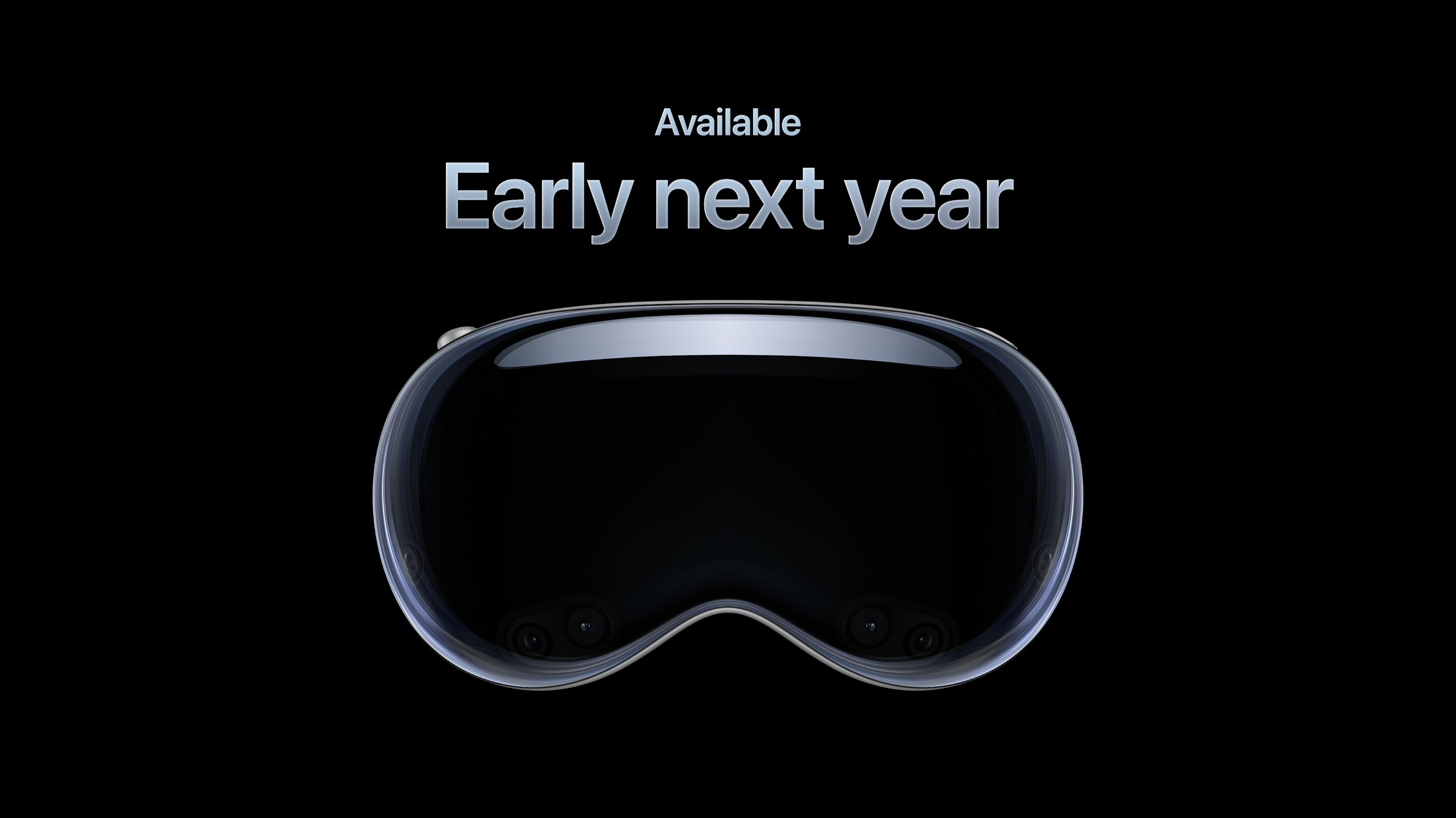
Apple Vision Pro will cost $3,499, and it's coming out next year, giving you plenty of time to consult with your bank's loan officer.

Tim Cook is back to wrap things up. "There are certain products that shift the way we look at technology and the role it plays in our lives," he says. "We believe Apple Vision Pro is a revolutionary product."

Remember an hour or so ago, when Apple was talking about macOS Sonoma? Here's a closer look at all the macOS Sonoma changes.

And with that, another WWDC keynote is in the books. Stick around for our follow-up coverage from WWDC, including (we hope) hands-on demos with Apple Vision Pro.

Early iOS 17 rumors suggested not much was going to change this year, as Apple put its focus on visionOS and the new Vision Pro headset. We won't pretend that iOS 17 is the most substantial update Apple has released in recent memory, but there are some noteworthy changes — a new journaling app, a Standby feature and improvements to things like FaceTime, Messages and the Phone app.
We've got a closer look at the best iOS 17 features — which one are you looking forward to trying and while do we have a feeling it's the improved auto-correct features?
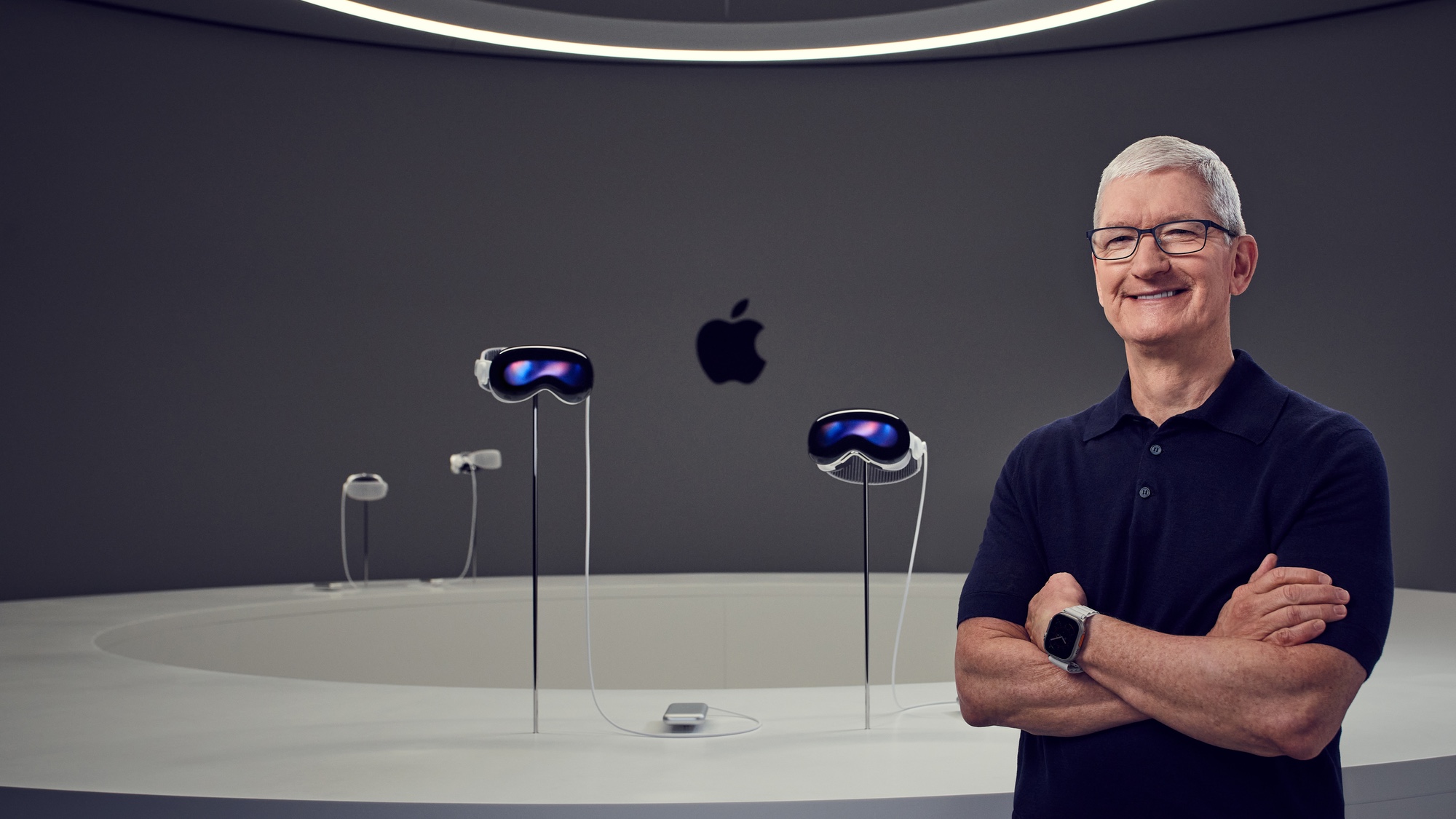
Most of the post-keynote chatter seems to be about the Apple Vision Pro, as you can imagine. Can you guess what's the one aspect of Apple's headset that people seem fixated on?
That's right — the Apple Vision Pro's price.
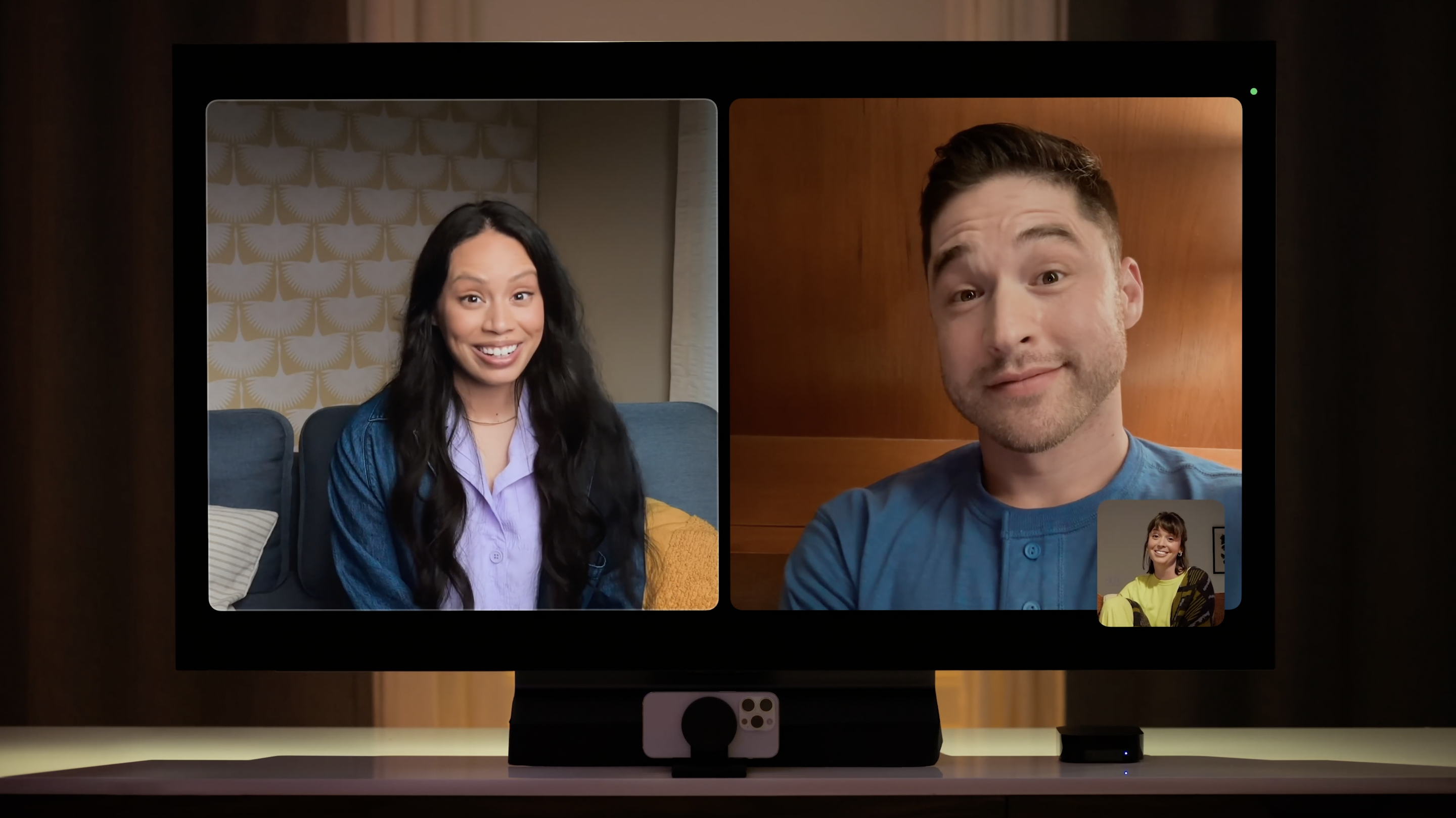
I bet when you sat down for the WWDC 2023 keynote today, you were not expecting much time to be devoted to tvOS. Well, the joke is on all of us, as the Apple TV software is getting a rather substantive update. Kelly Woo has the details on tvOS 17.
The initial focus will likely be on the addition of FaceTime to Apple TV — when the software arrives, the Apple TV 4K 2022 will wirelessly pair with an iPhone or iPad to use that device's camera for video calls on your TV. But I think the truly useful addition is a Find My Remote capability that will let you track down the whereabouts of your Apple TV report from your iPhone, which presumably hasn't been lost in couch cushions.
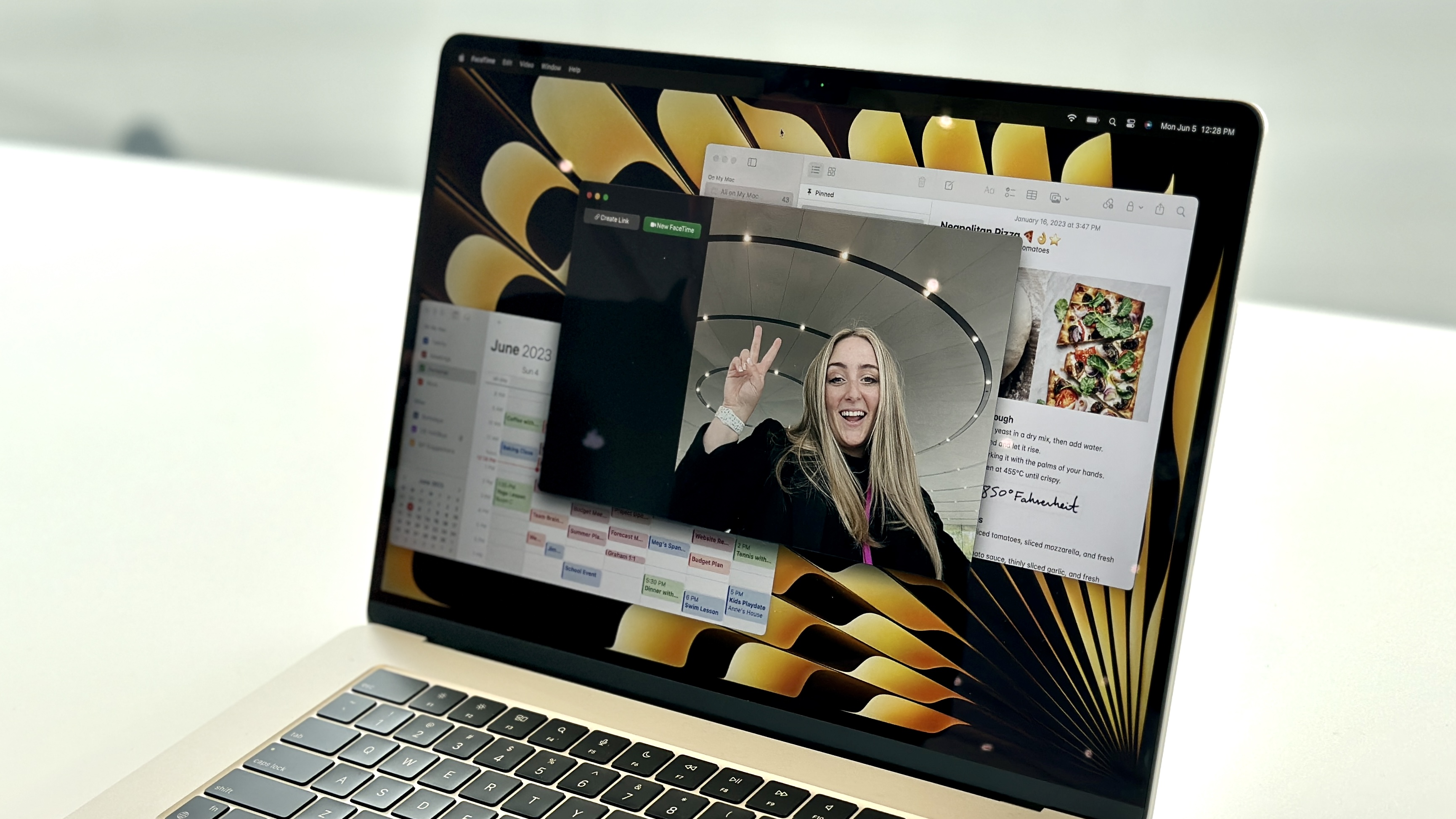
Kate Kozuch has had a chance to go hands-on with the MacBook Air 15-inch M2. Her initial verdict — the extra screen real estate is welcome, but the $1,299 price is pushing the MacBook Air into MacBook Pro territory.
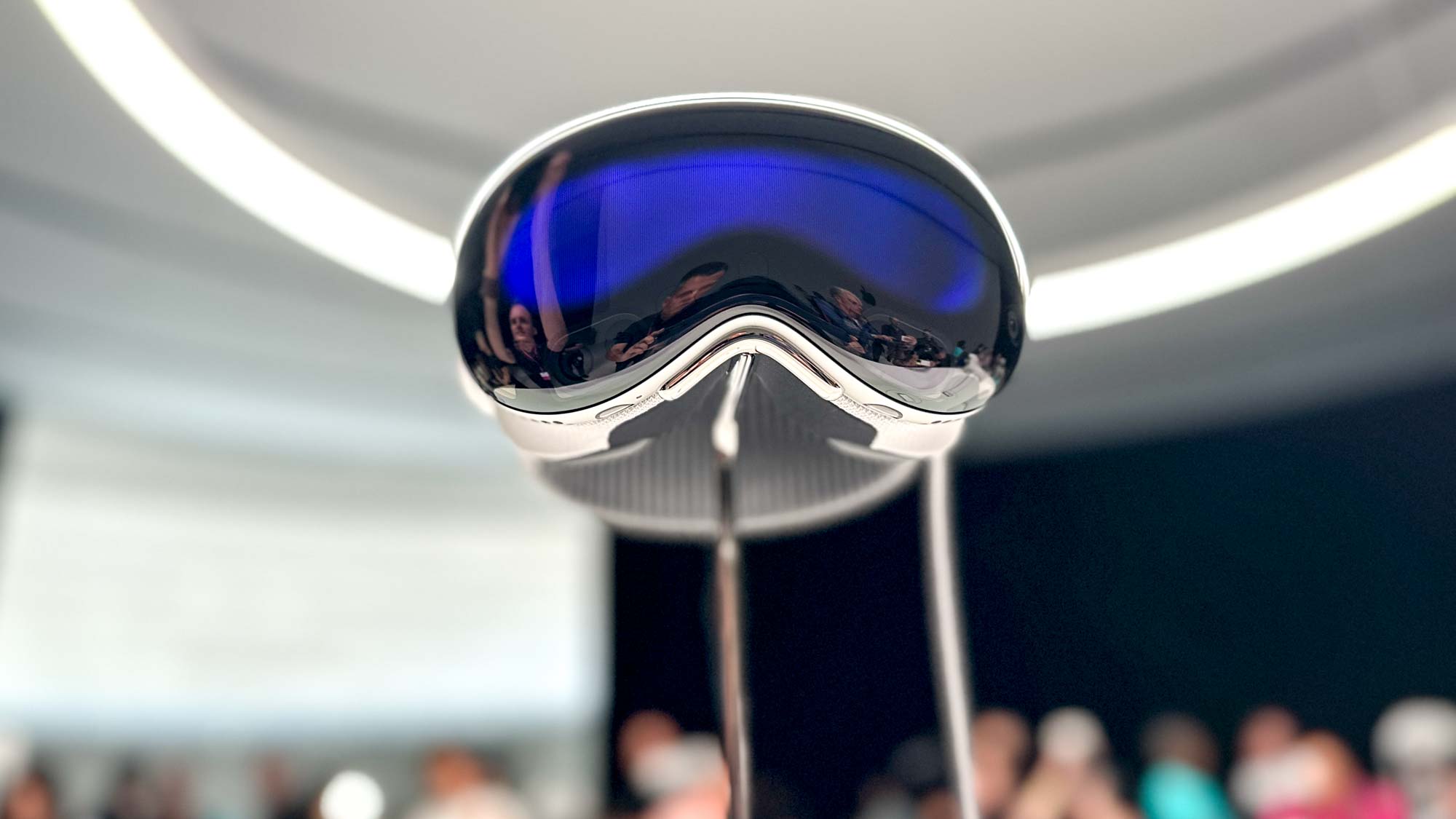
Mark Spoonauer is waiting for his chance to strap on the Apple Vision Pro — soon, he says — but in the mean time, you can read some of his Apple Vision Pro first impressions to see what he thinks of Apple's headset.
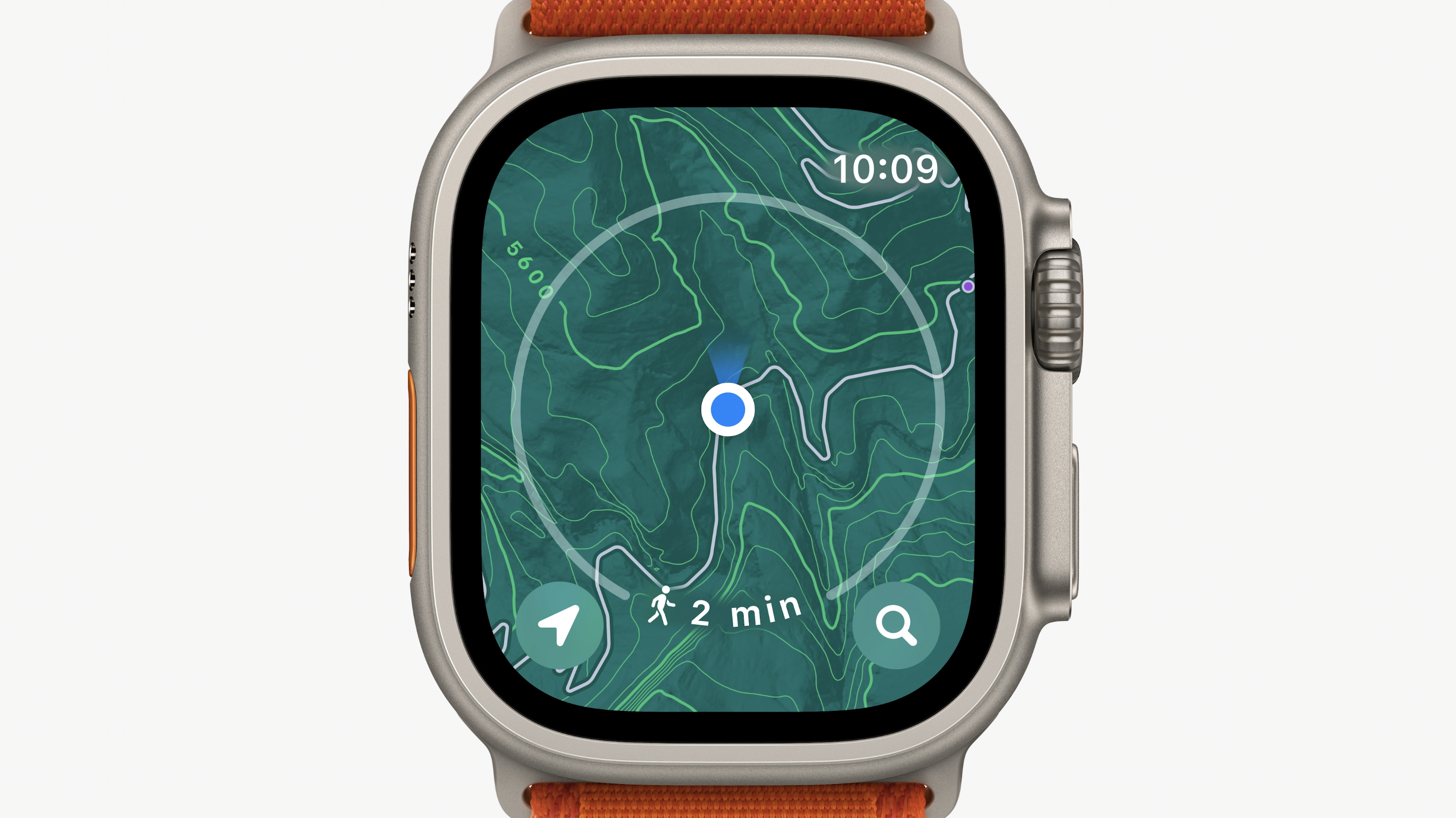
Maybe you sat through today's watchOS 10 demo and wondered, "will my Apple Watch be able to run this new software in the fall?" Wonder no more — Kate Kozuch has dug up watchOS 10 compatibility info, and it appears as if every current watch that got watchOS 9 will support the new version.
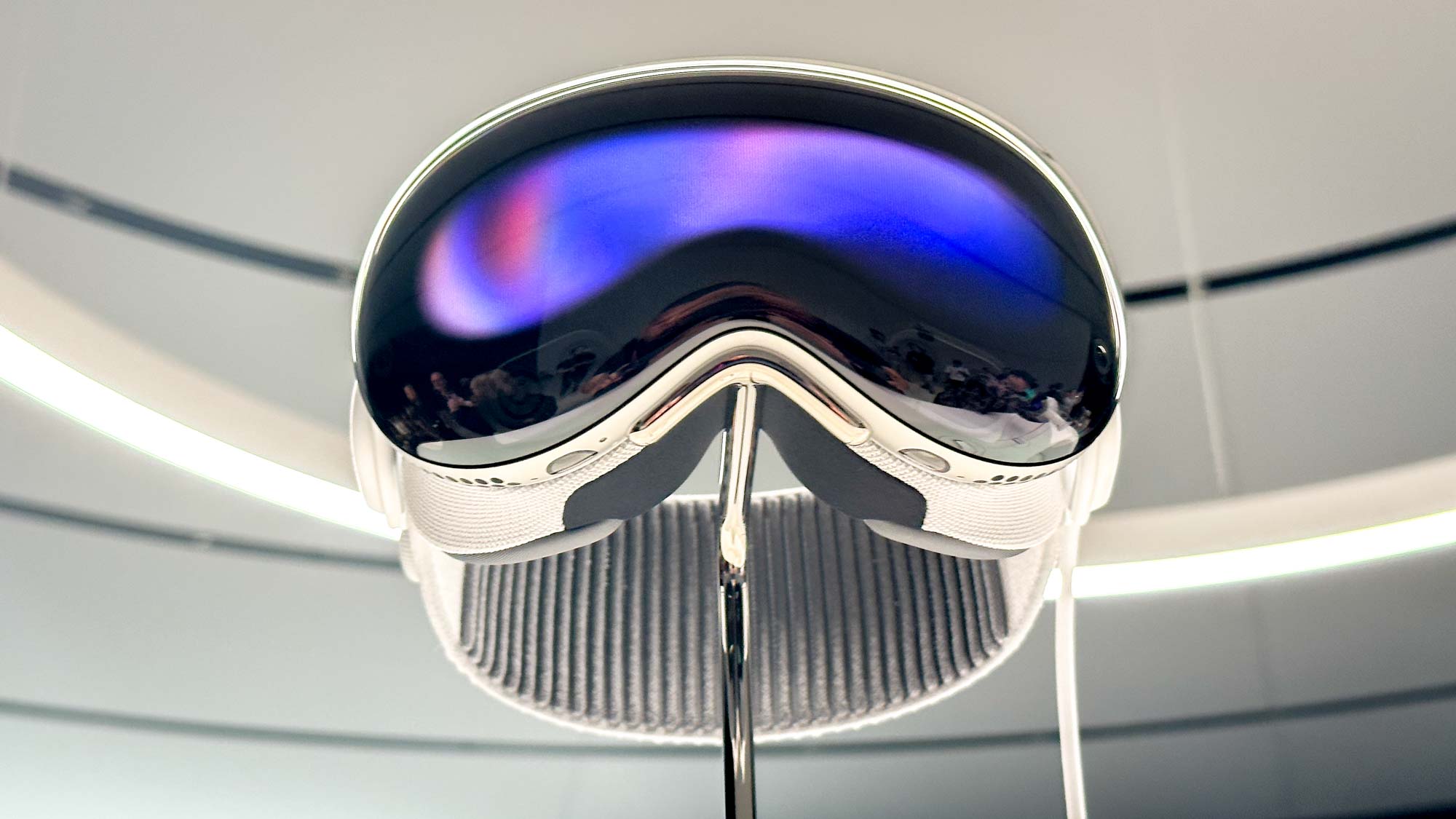
So it's the morning after the day before and there's still a lot to pick through after what was probably one of the most exciting and significant Worldwide Developers Conference in years.
And Tom's Guide Global Editor-in-Chief, Mark Spoonauer got to try the Vision Pro headset, which left him amazed but also a little unsettled. "I've had a chance to try out a lot of promising version 1.0 headsets over the years, including the original Oculus Rift and Microsoft's Hololens. And nothing is as intuitive and immersive as the Apple Vision Pro," the boss concluded.
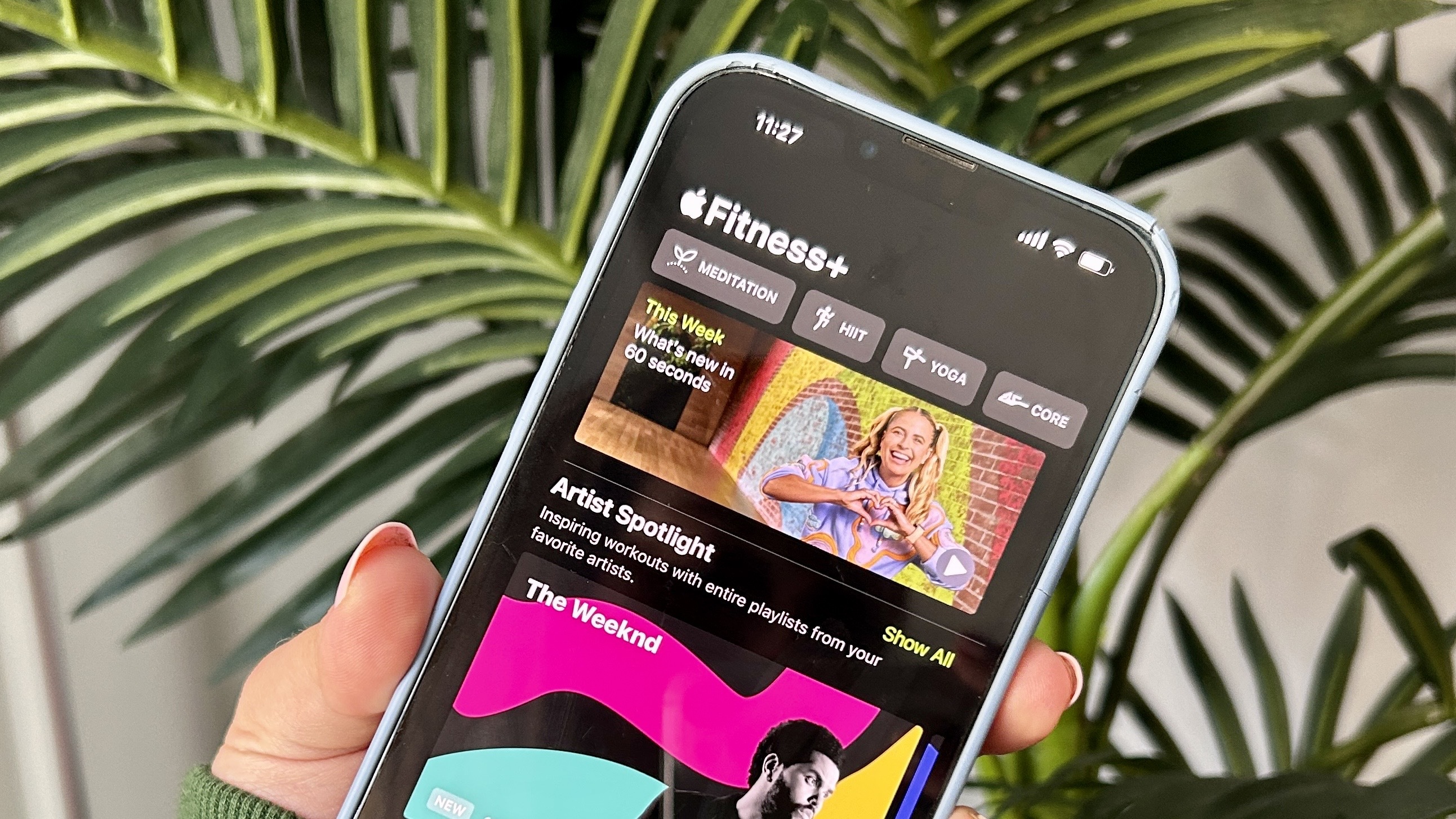
Not all of WWDC was about Apple's so-called move into "Spatial computing." Rather we got to see a range of big software updates. For example, watchOS and notably Apple Fitness Plus got some Cupertino love.
As Fitness Editor Jane McGuire noted, Apple Fitness Plus has stolen one of Peloton's best features, in that it now offers the ability to stack classes in the app, letting you play classes back-to-back rather than needing to bounce back to the home screen.
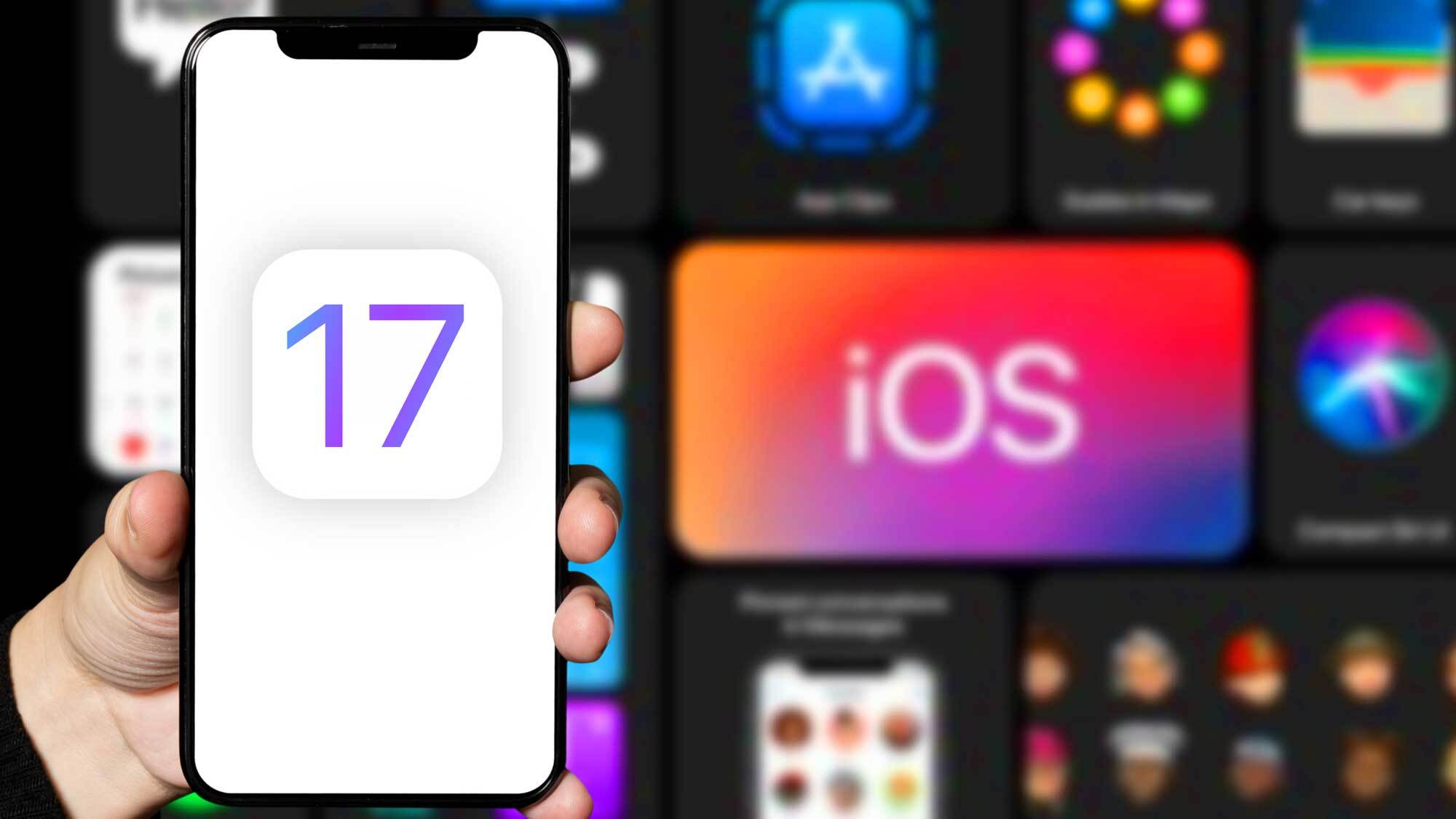
IOS 17 was also shown off and got a whole range of new additions. And we've got 11 of the best iOS 17 features that are with checking out when iOS 17 launches.
But you'll need to wait a bit, as iOS 17 won't be available until the fall. But the developer beta of iOS 17 is available now, with a public beta coming out next month, if you're keen to give the test version of iOS 17 a go.
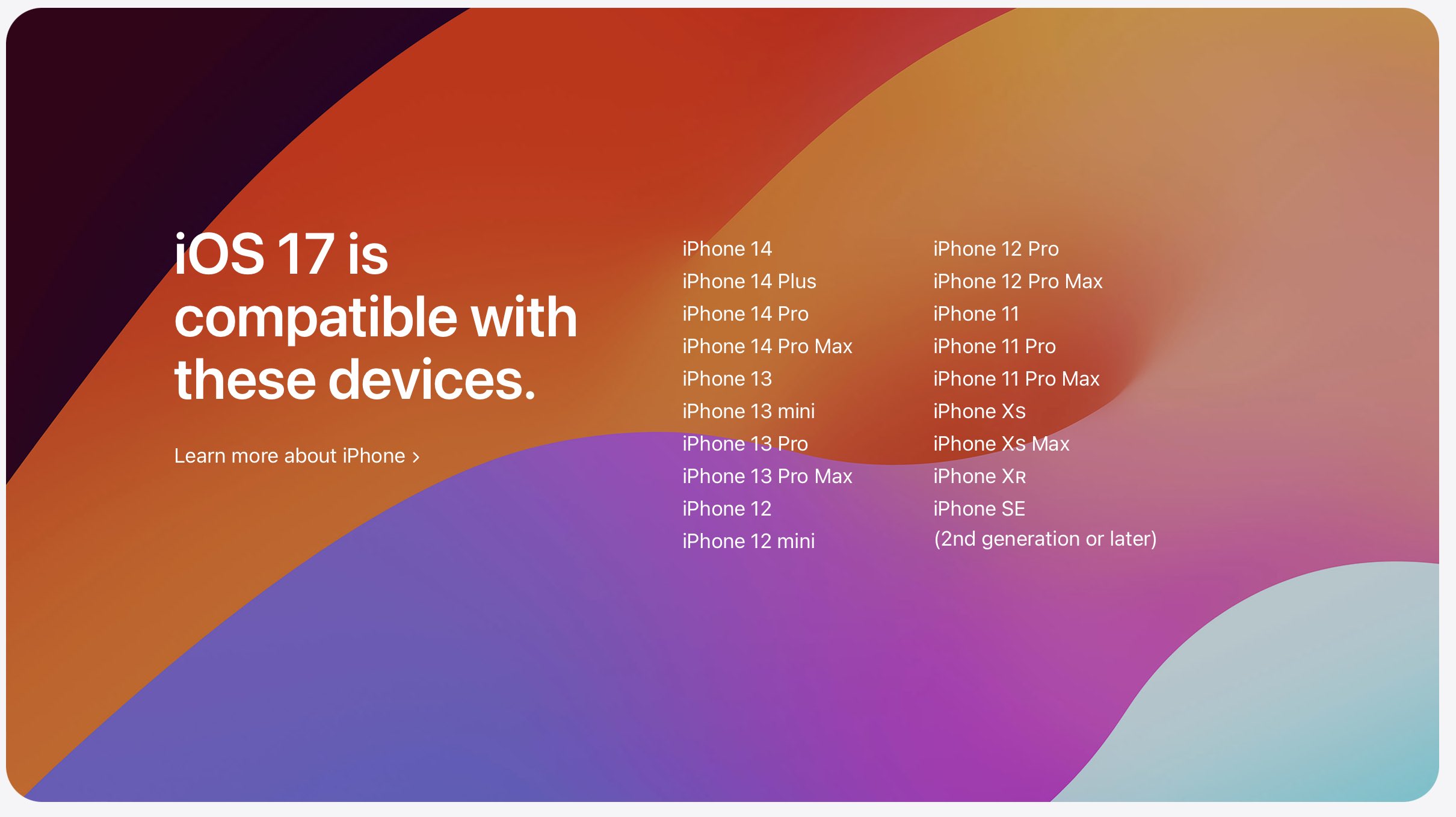
If you're still holding on to an original iPhone X, it may be time to think about an upgrade to a more current handset, at least if you're hoping to run iOS 17. The iPhone X joins the iPhone 8 and iPhone 8 Plus as currently supported phones that won't be able to run iOS 17 when the software update arrives in the fall.
And even if your phone can install iOS 17, not every feature will run on it unless you have a more recently released device. For instance, the auto-correct tools introduced by iOS 17 require an iPhone 12 or later.







